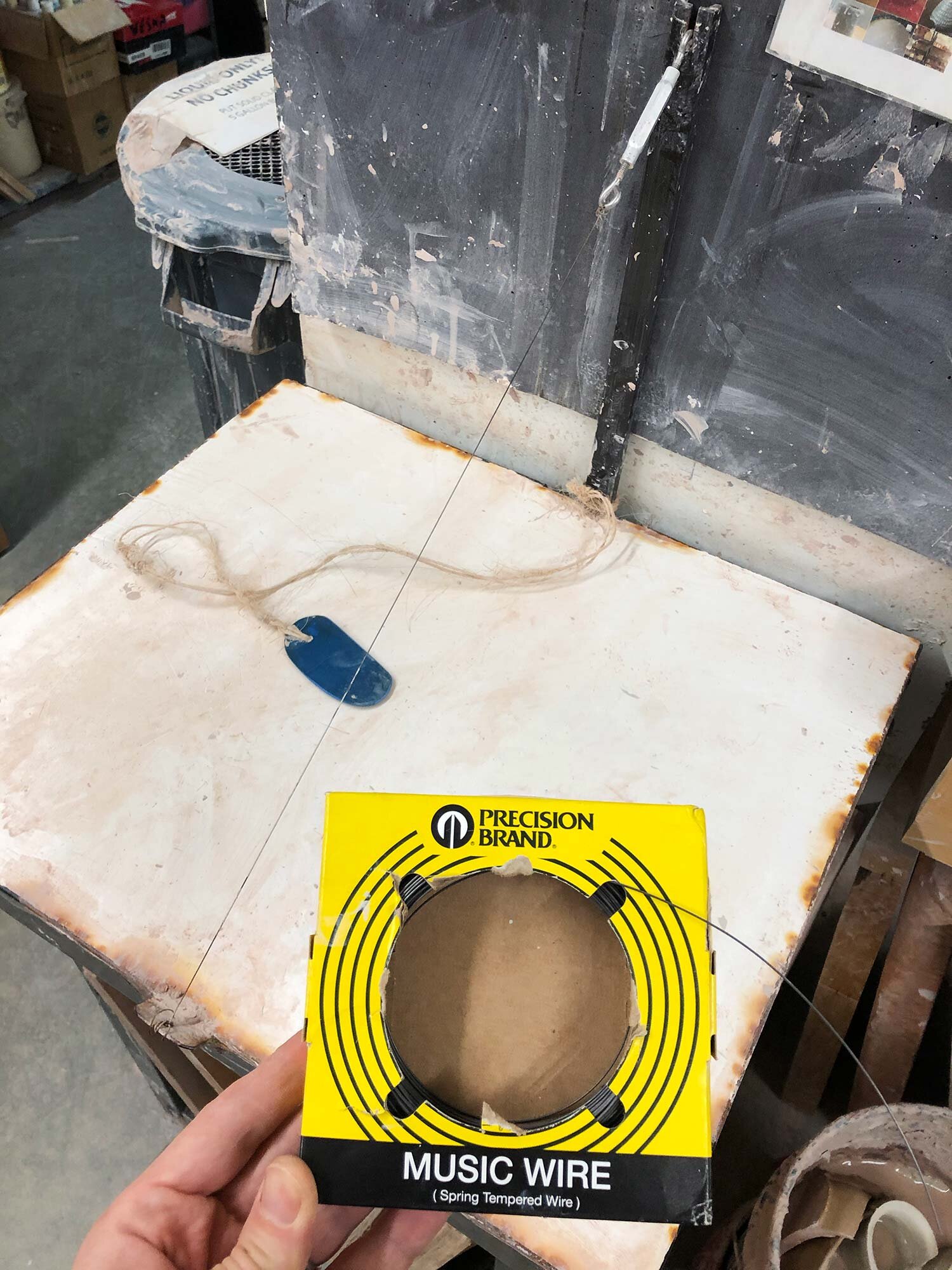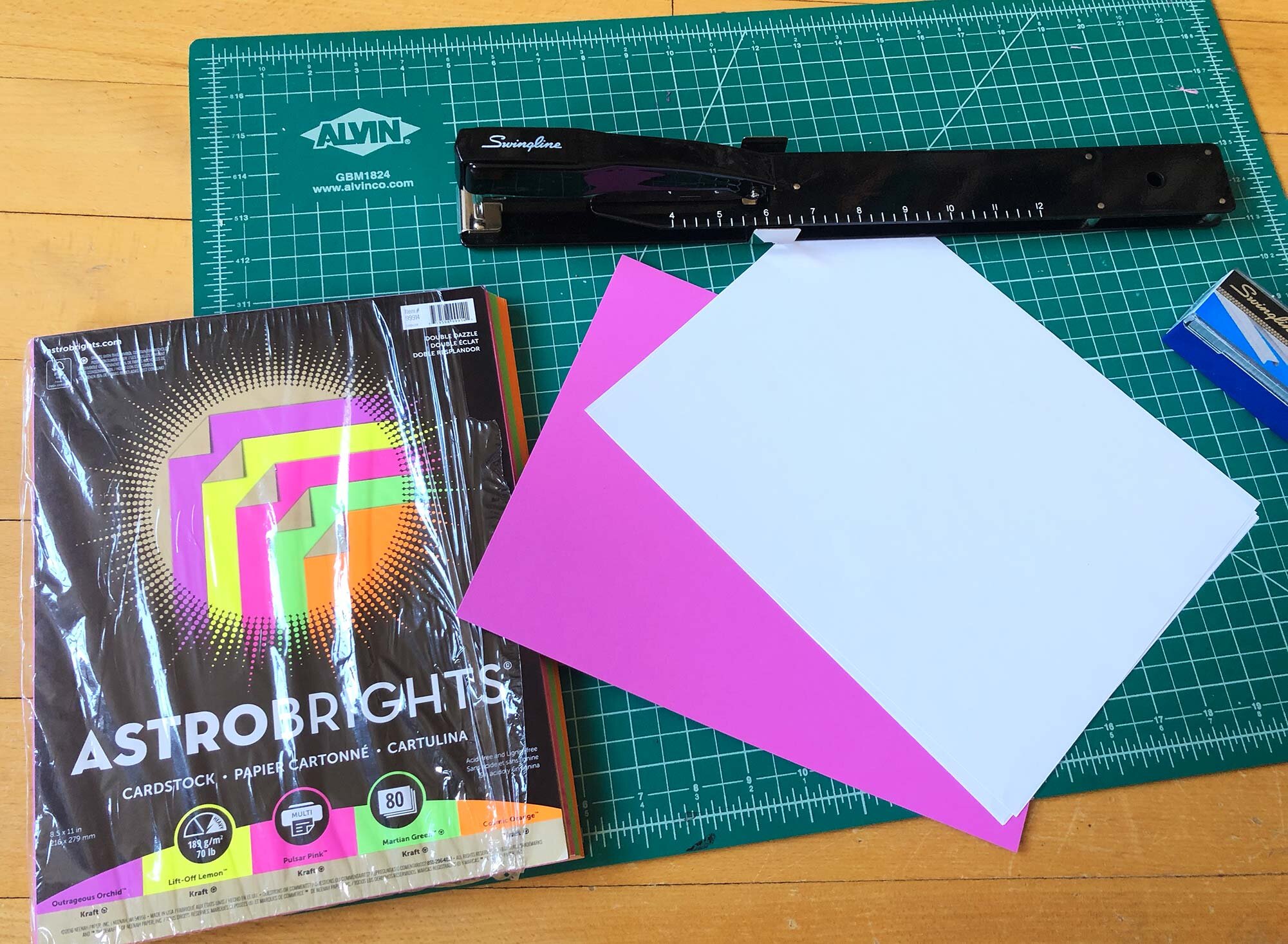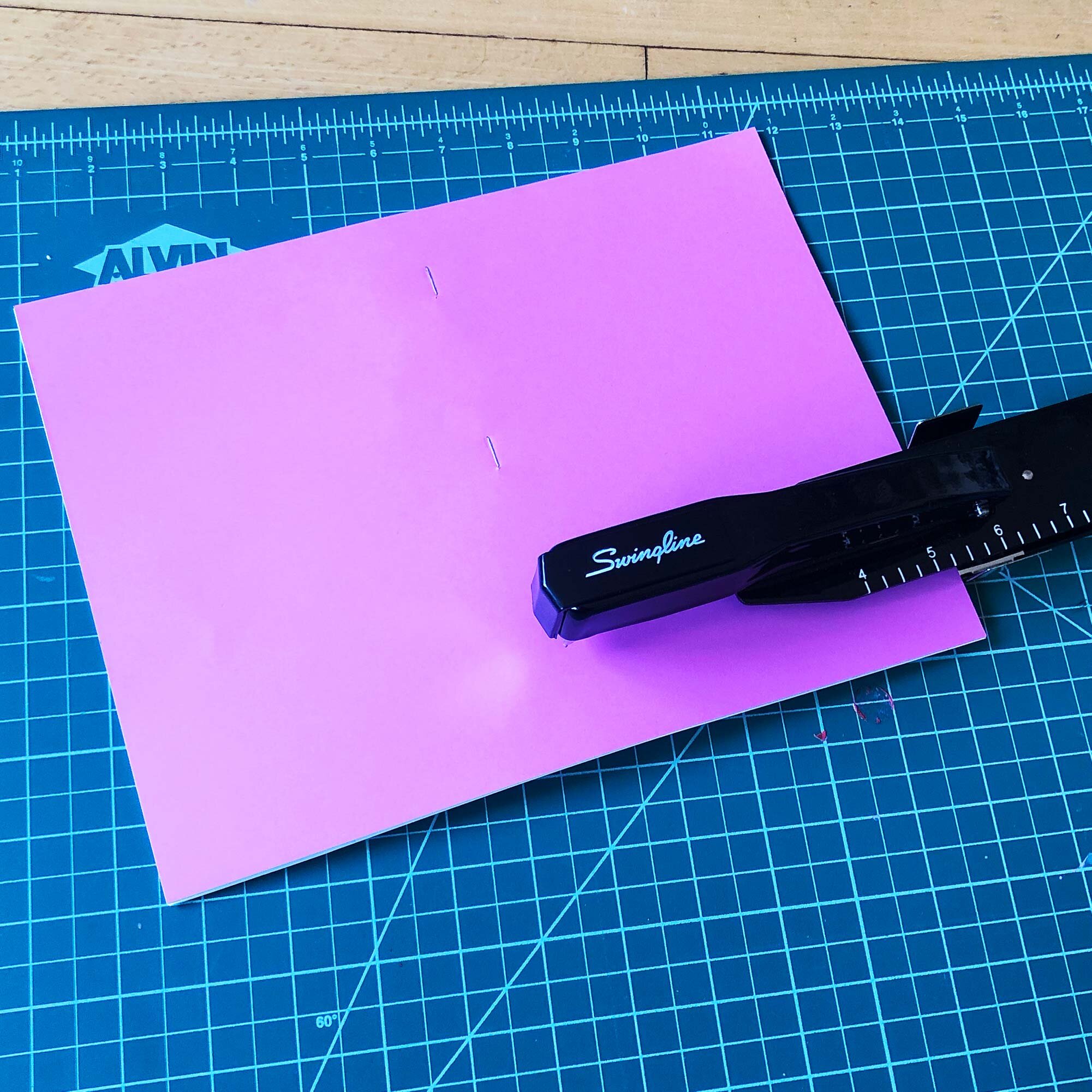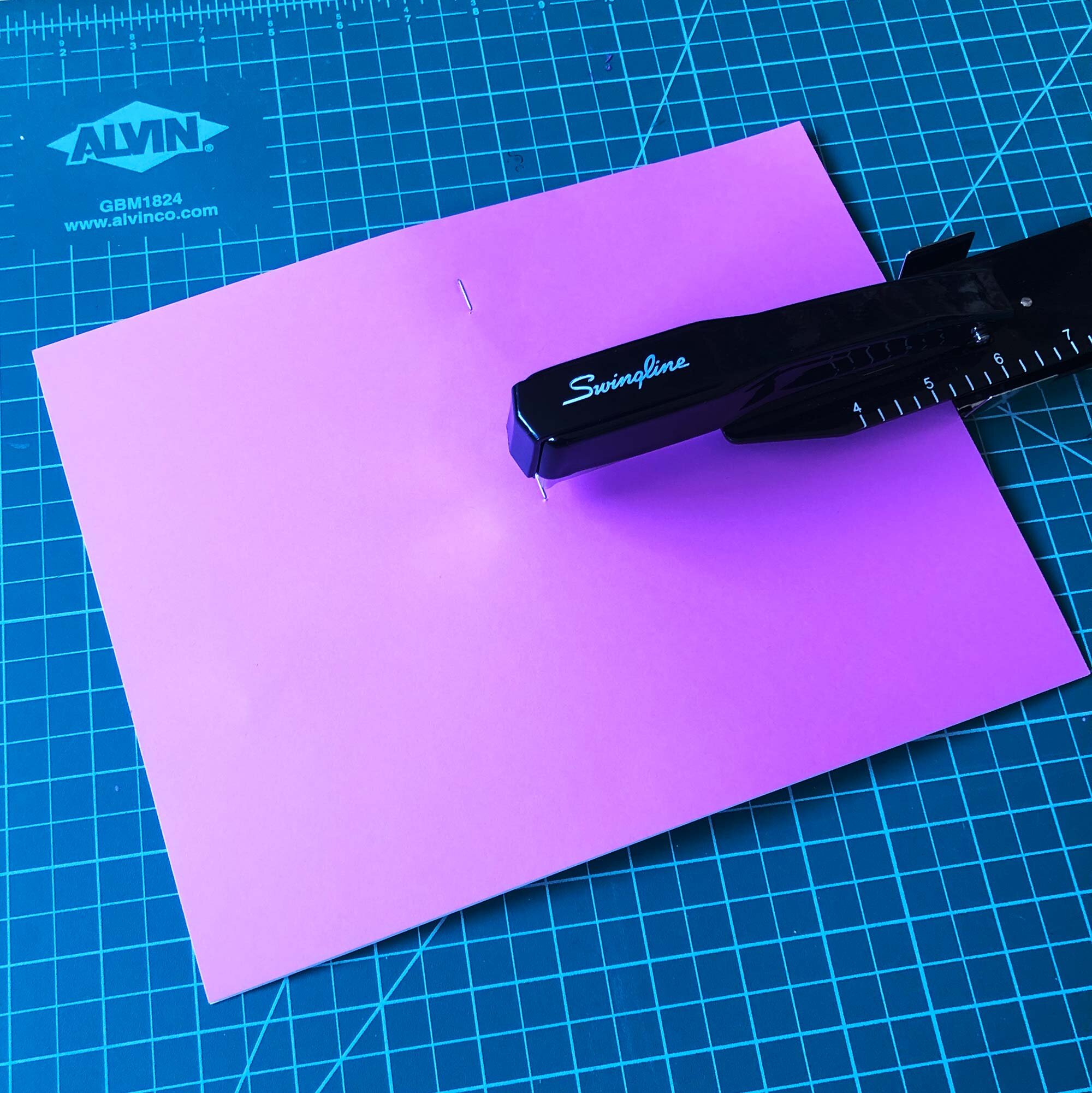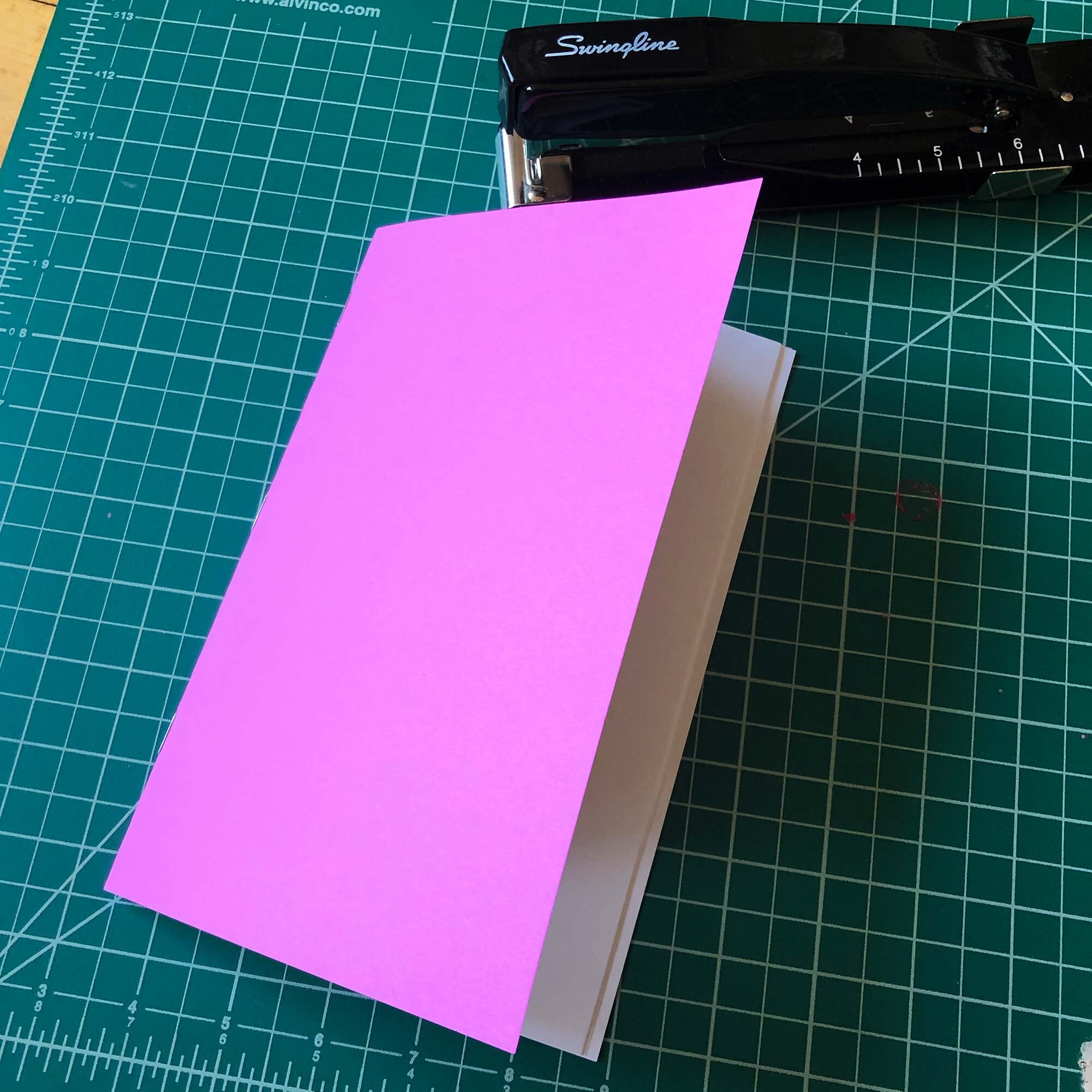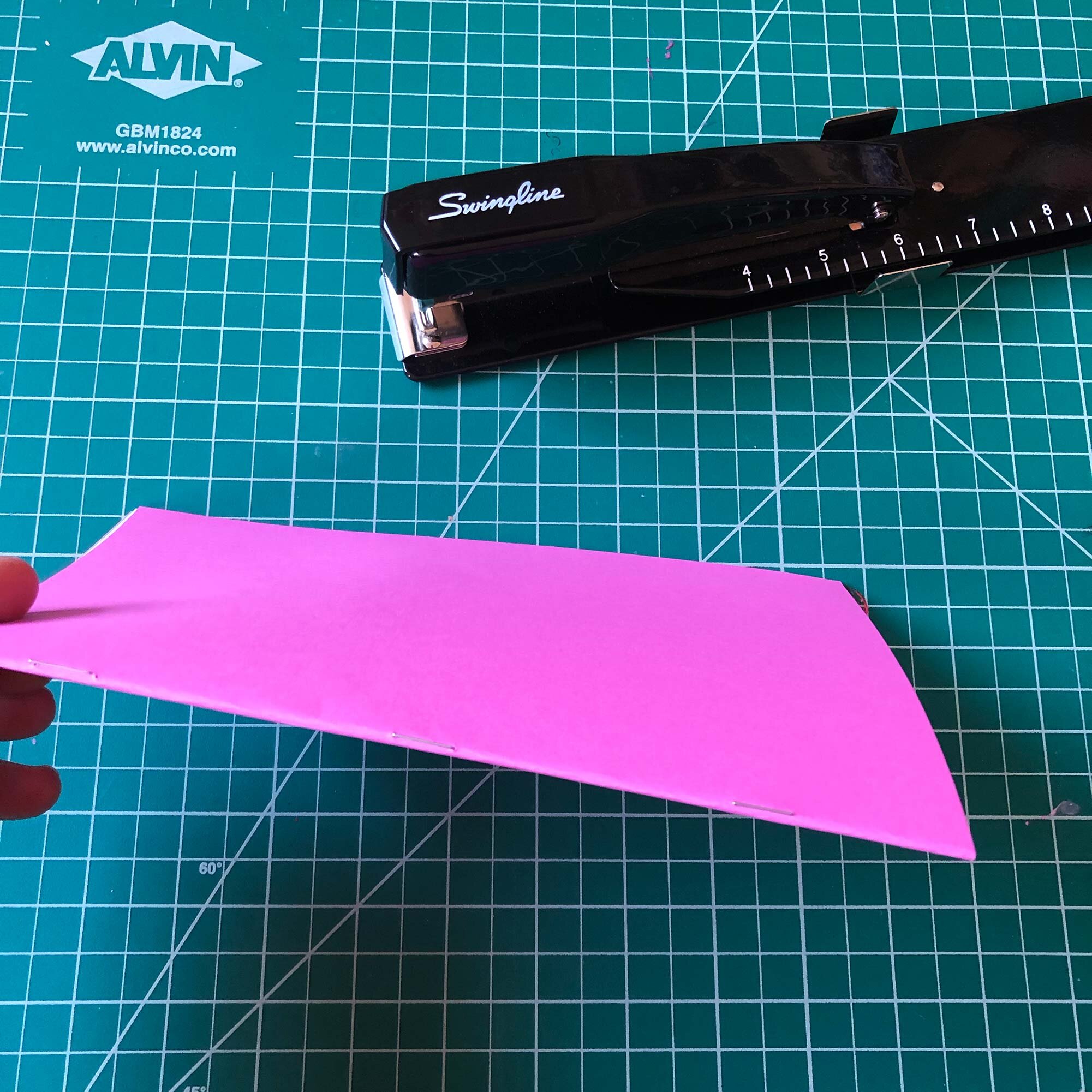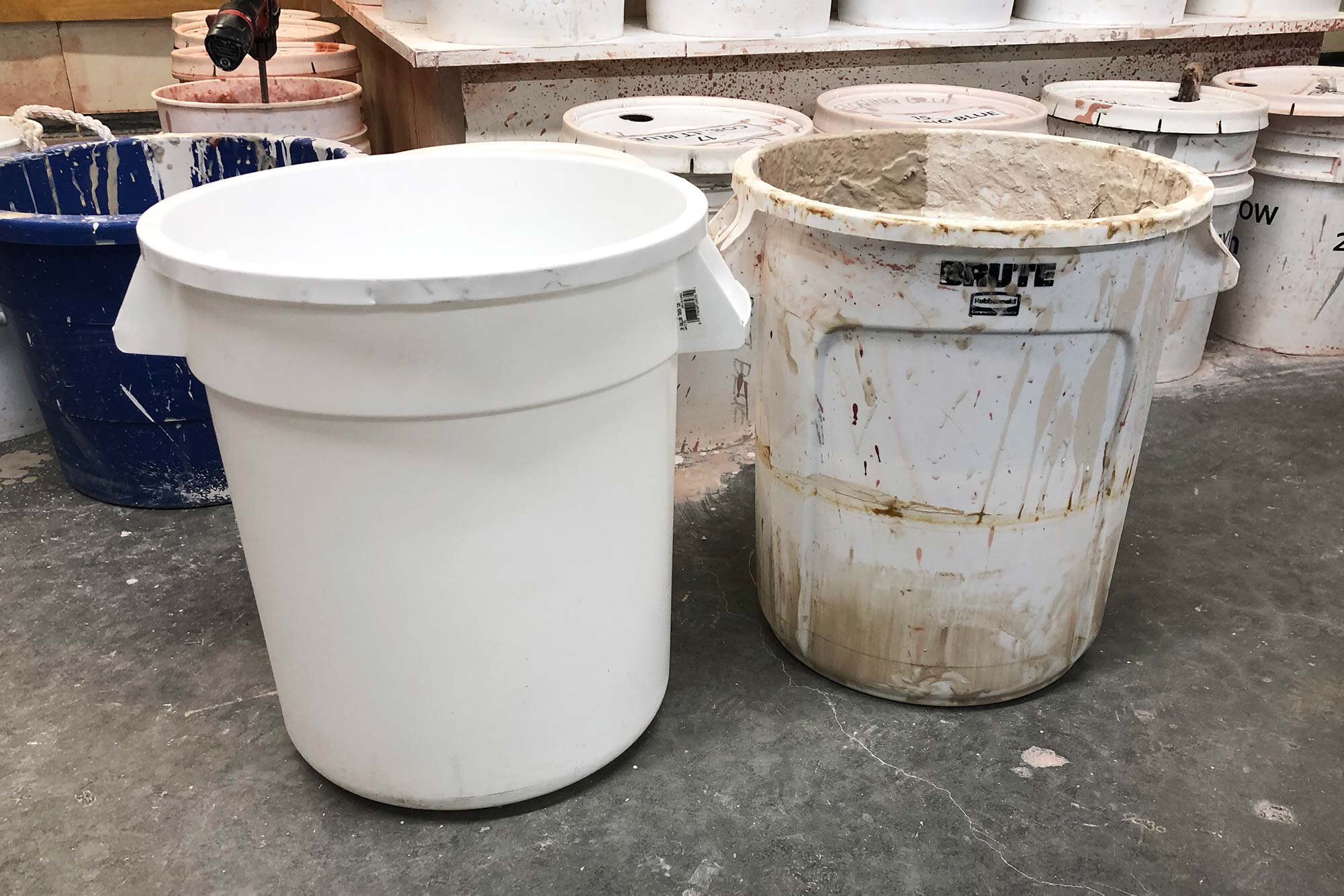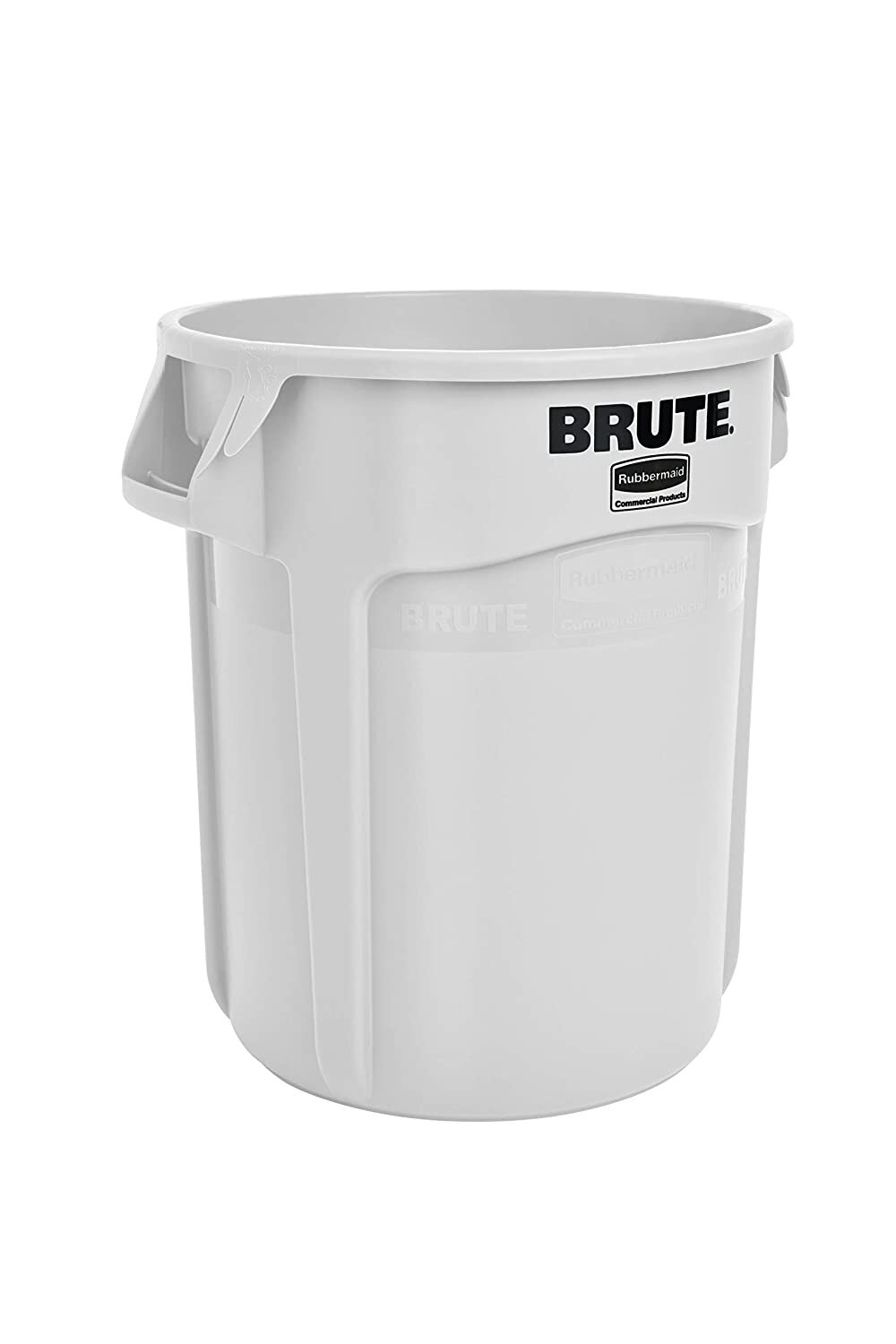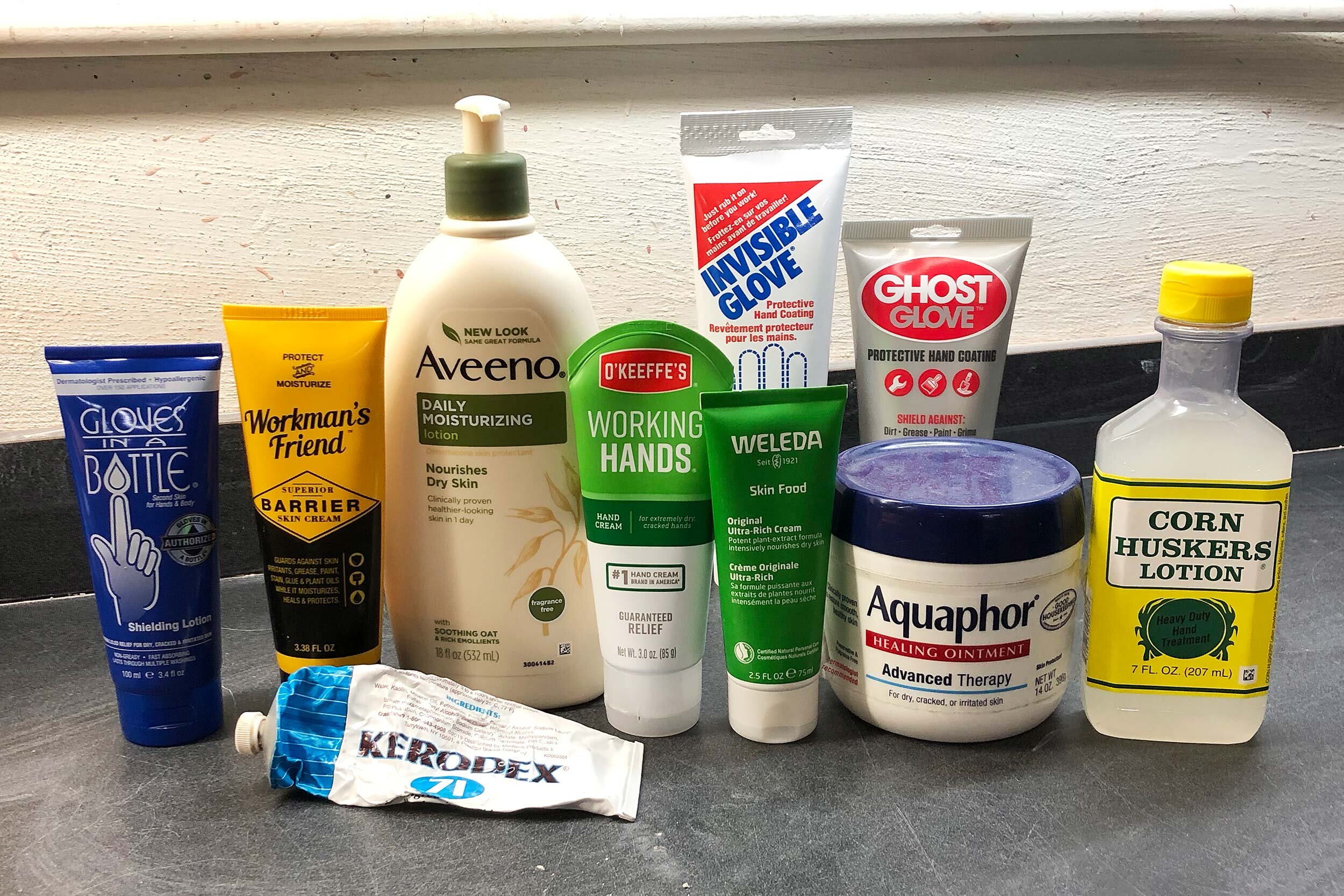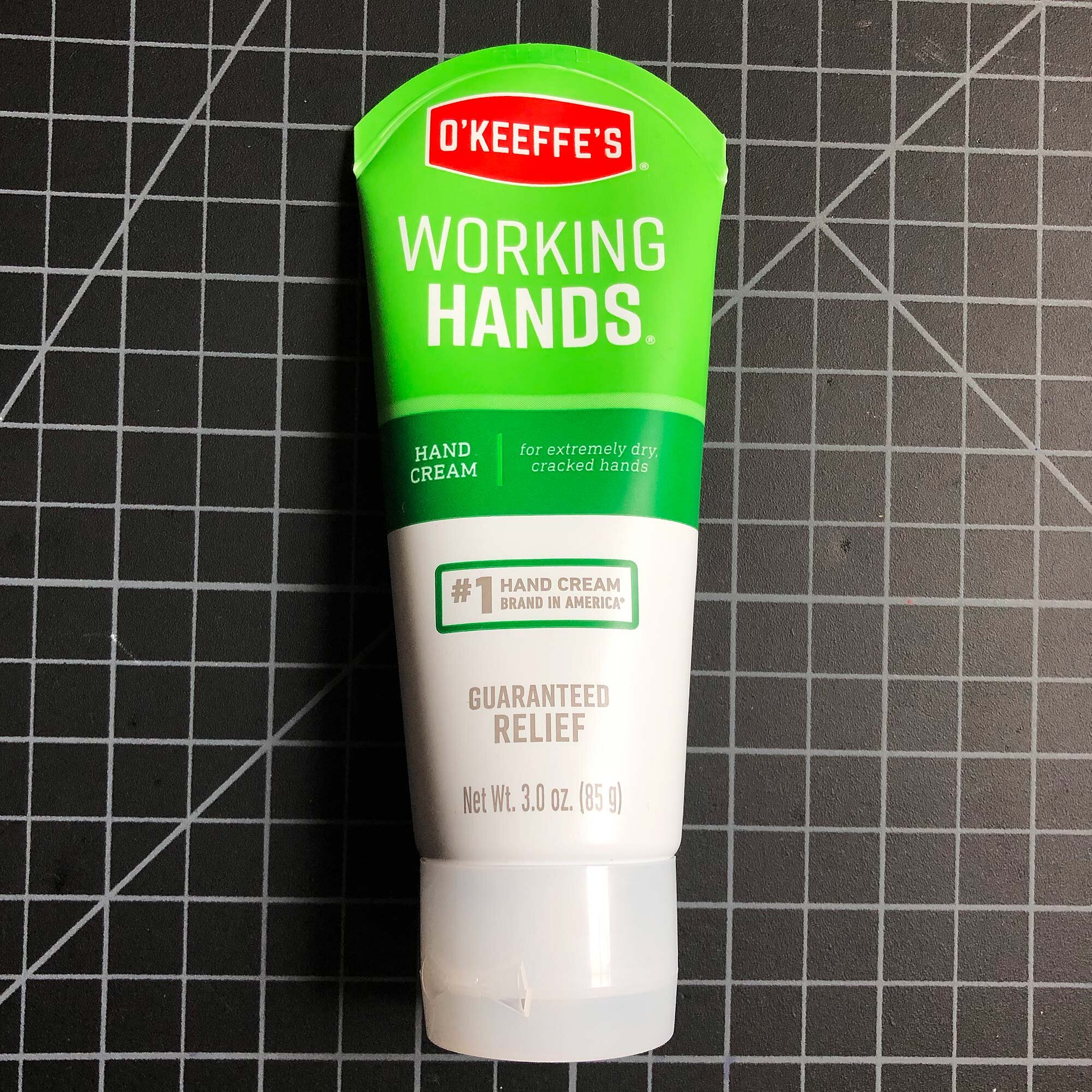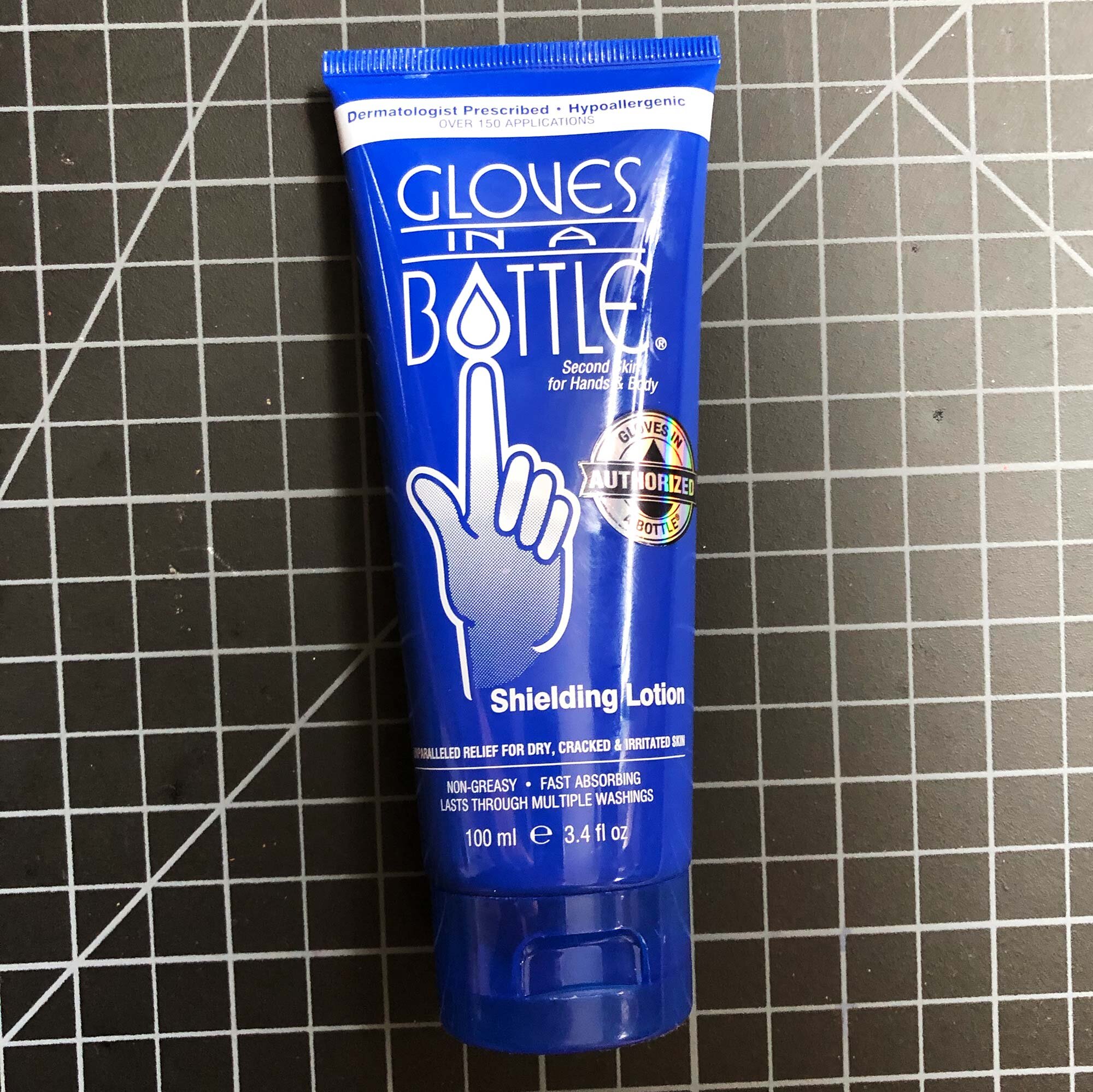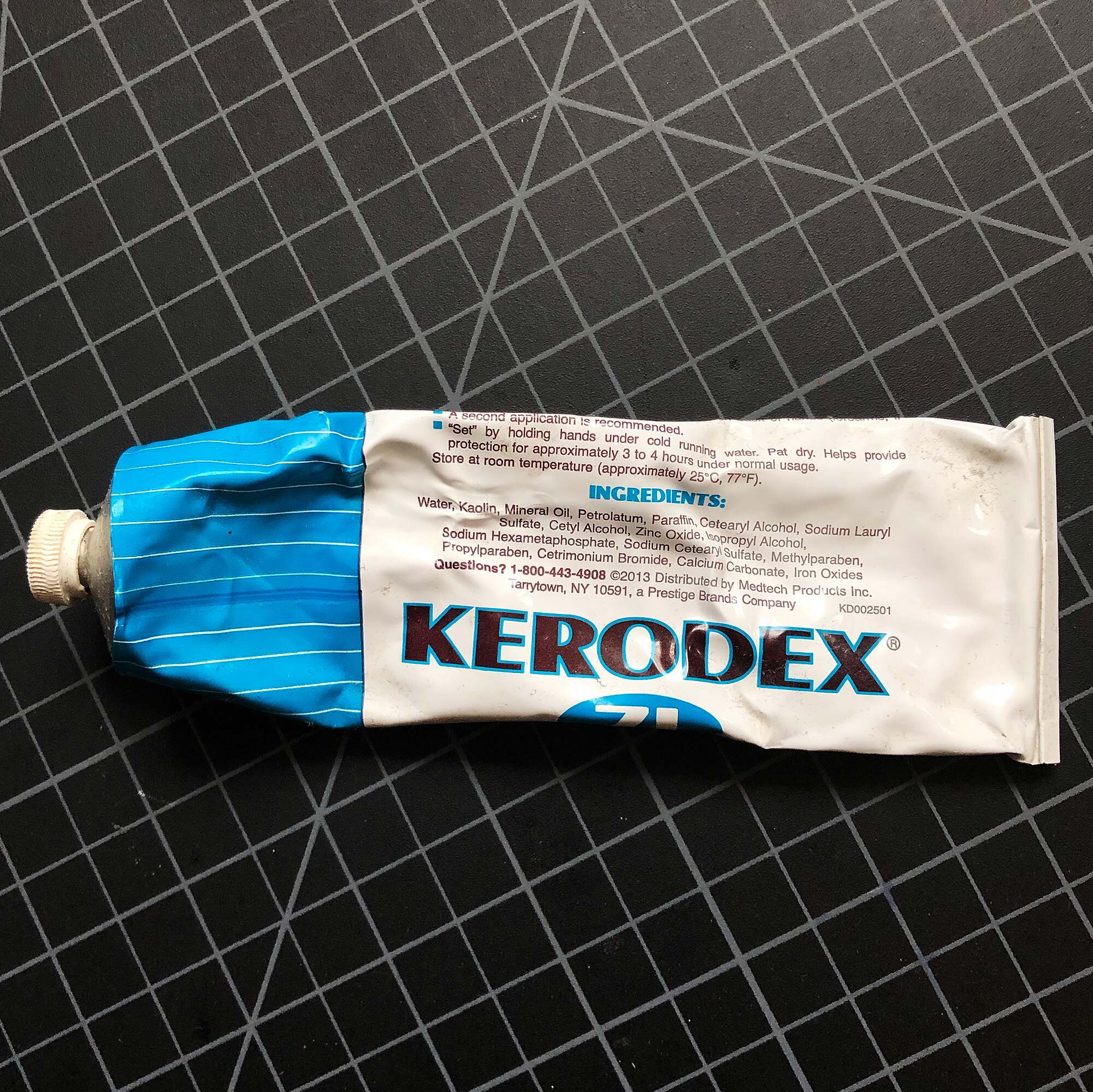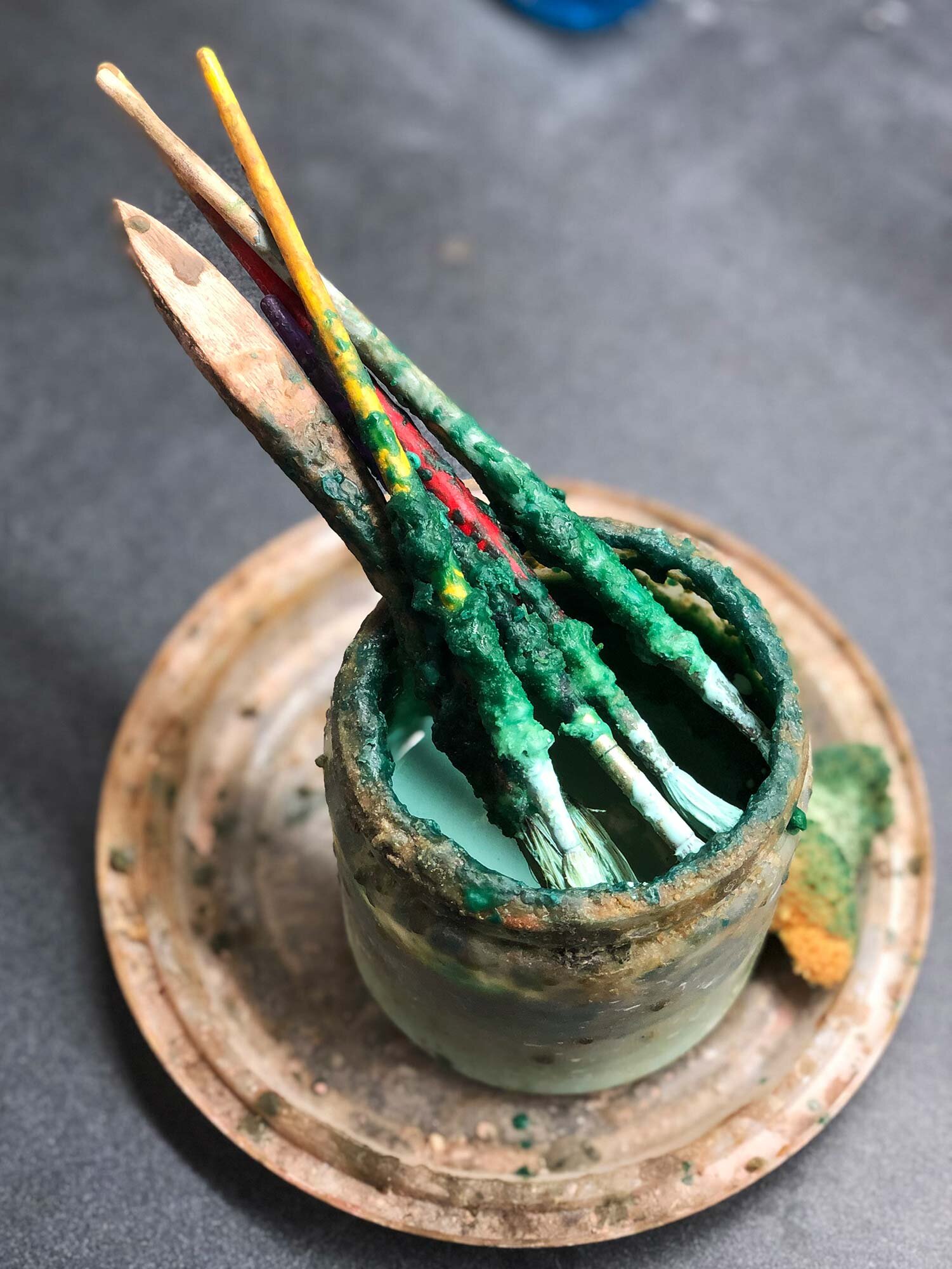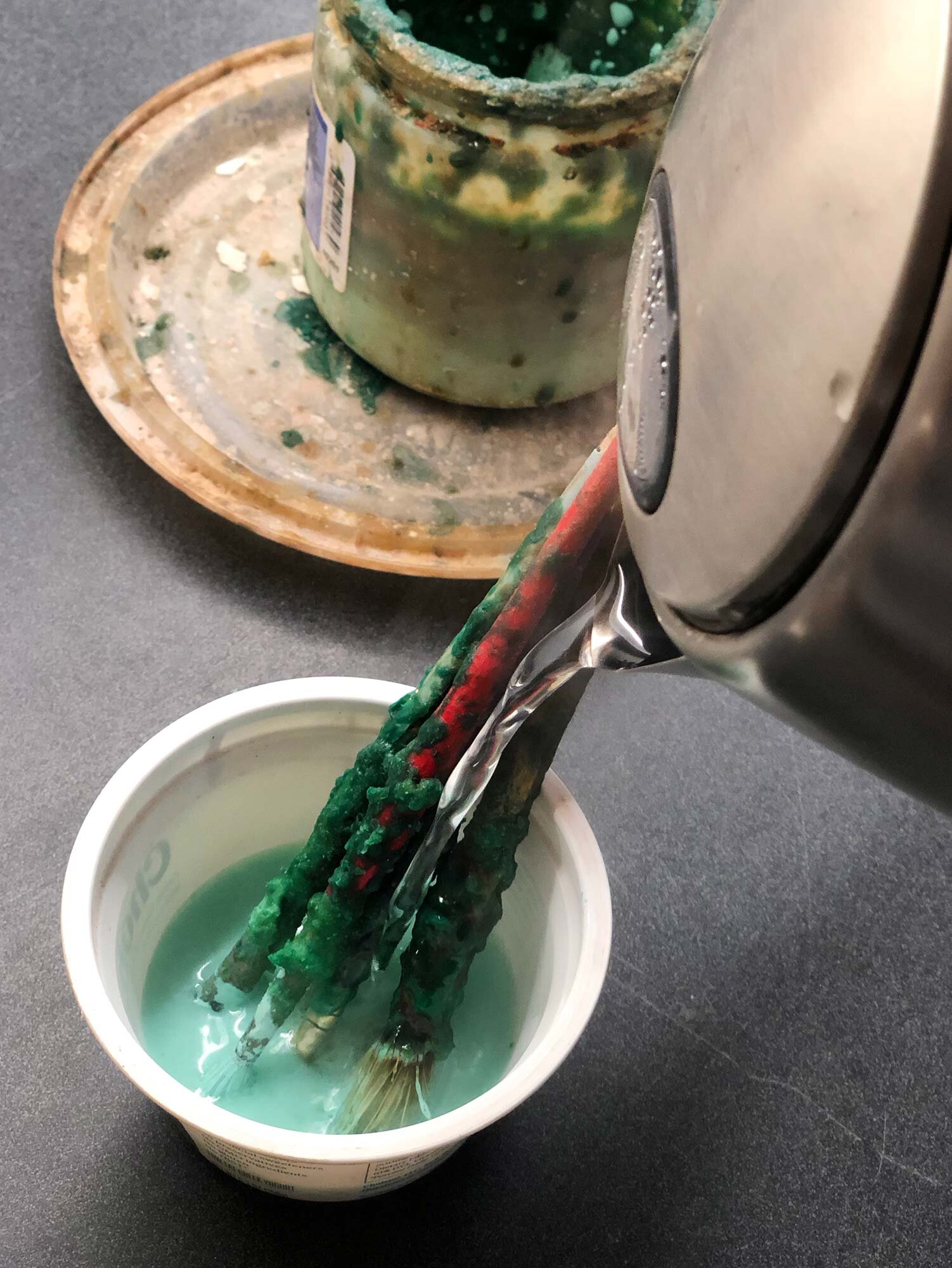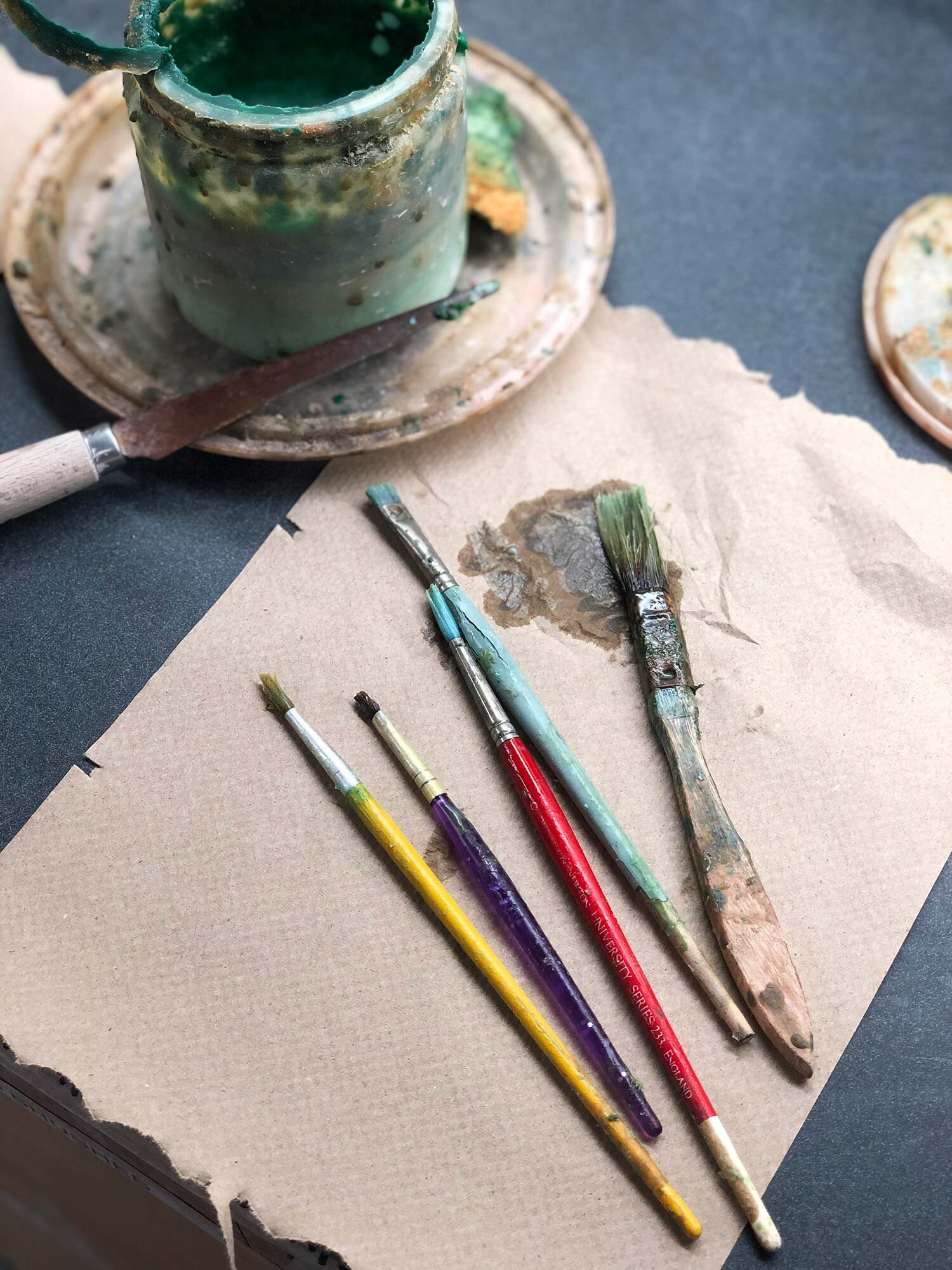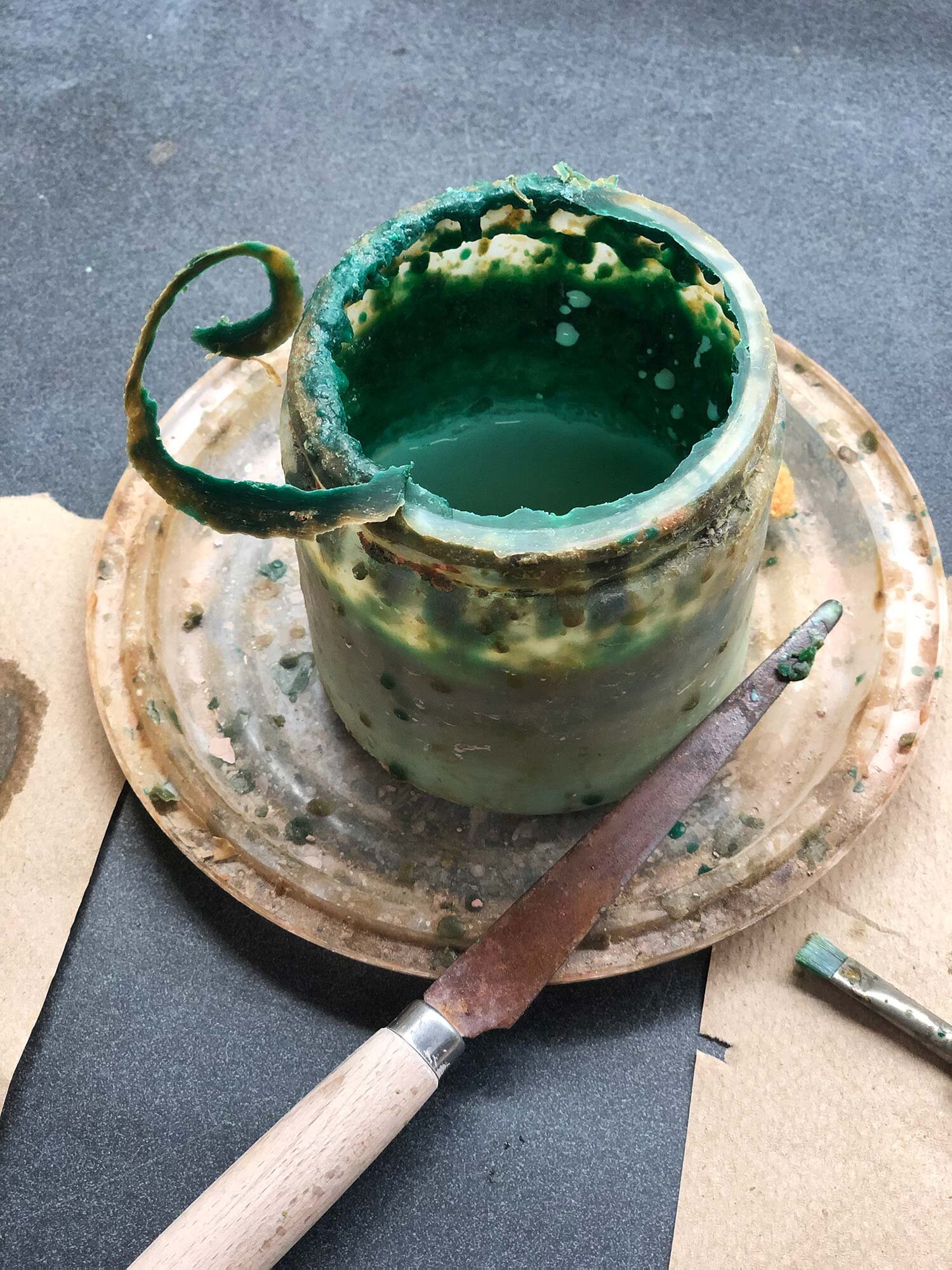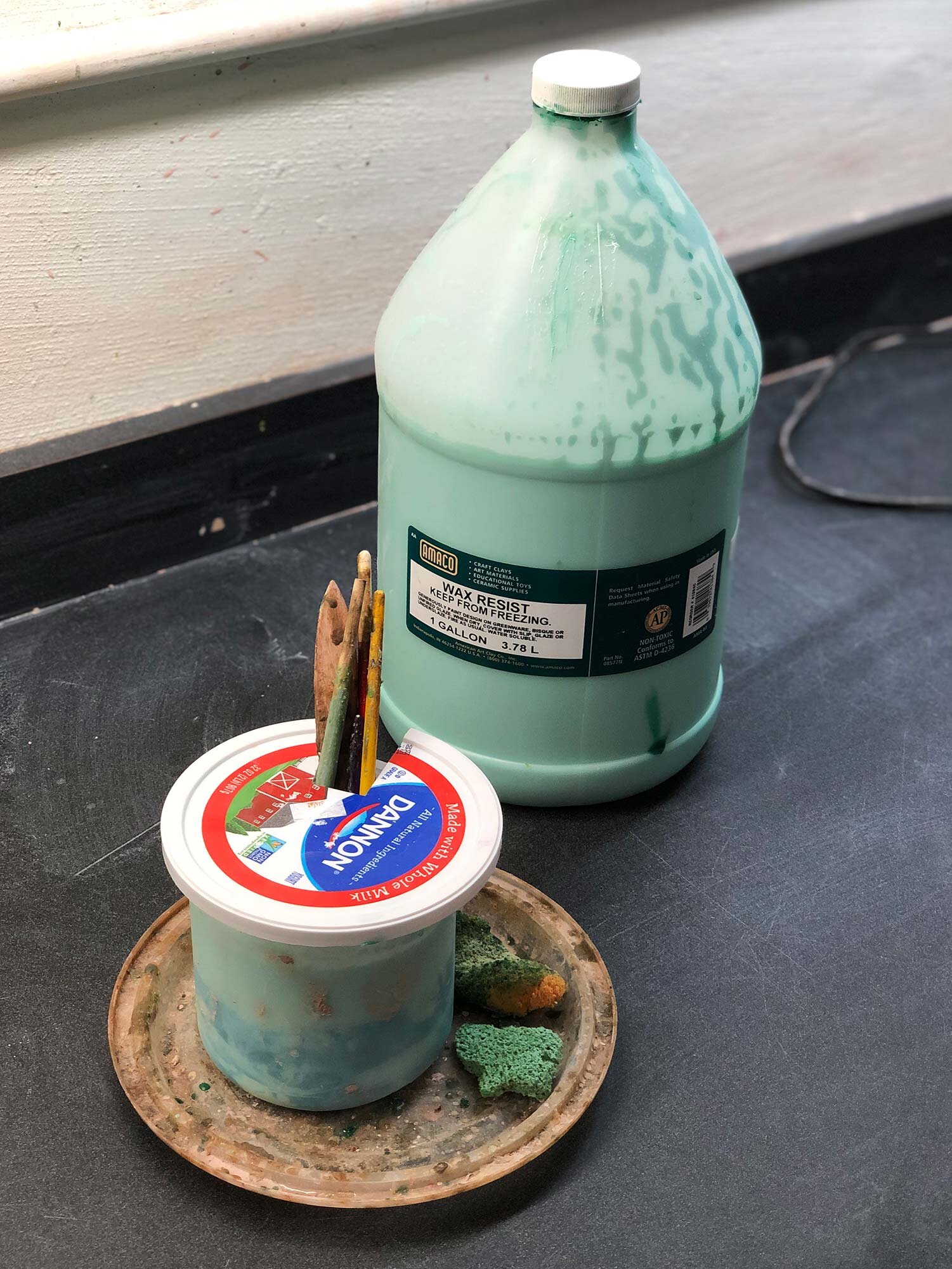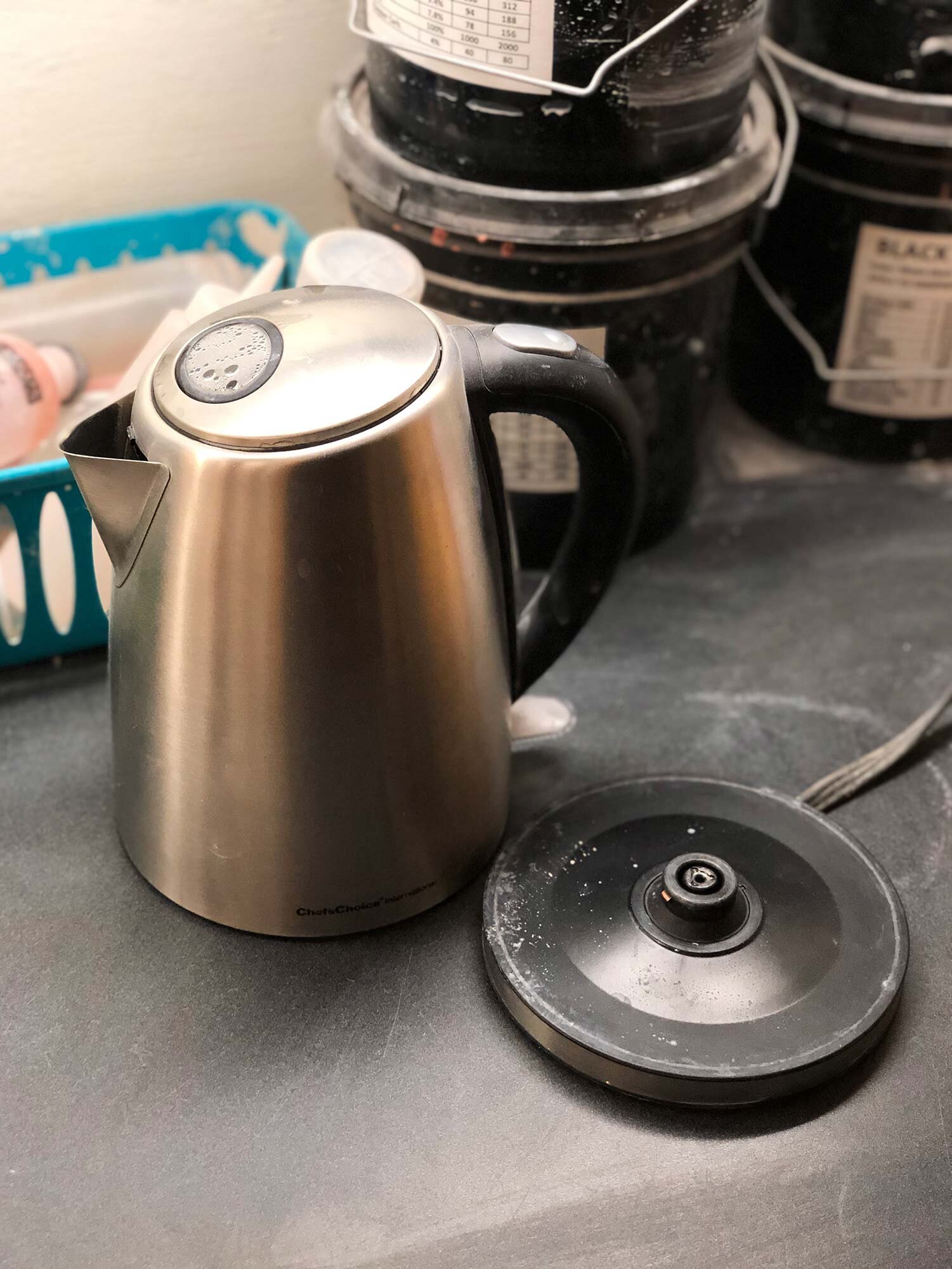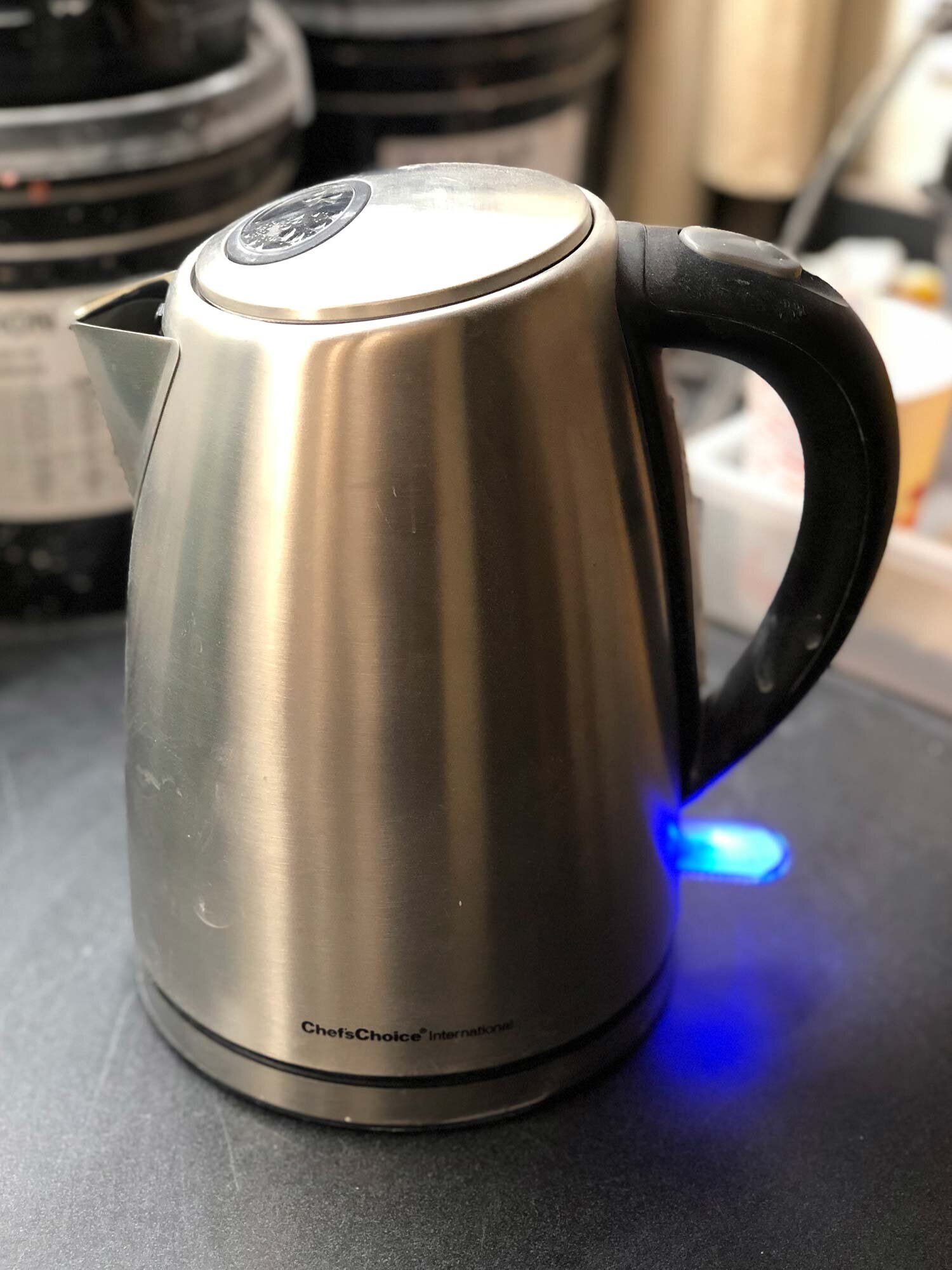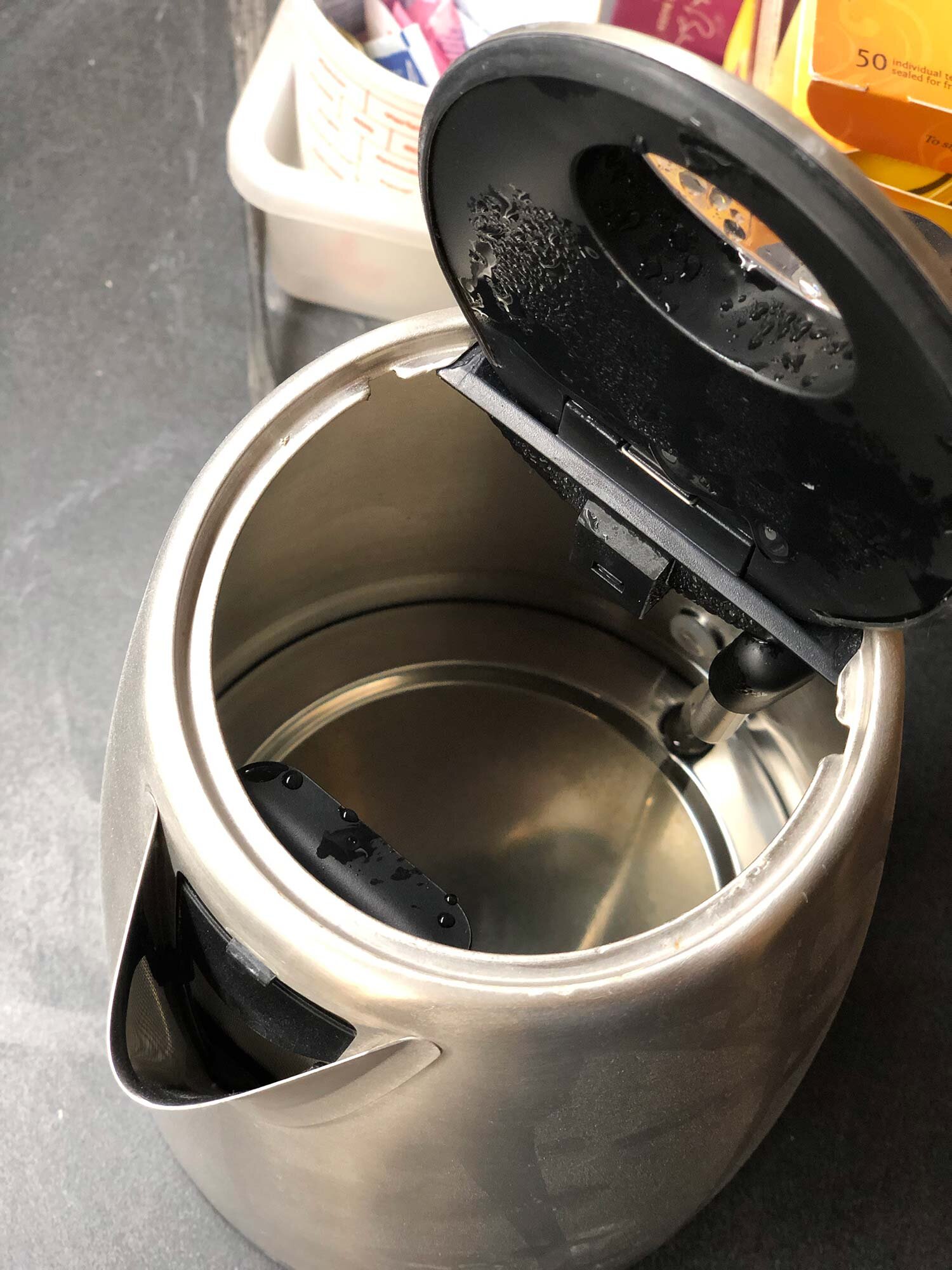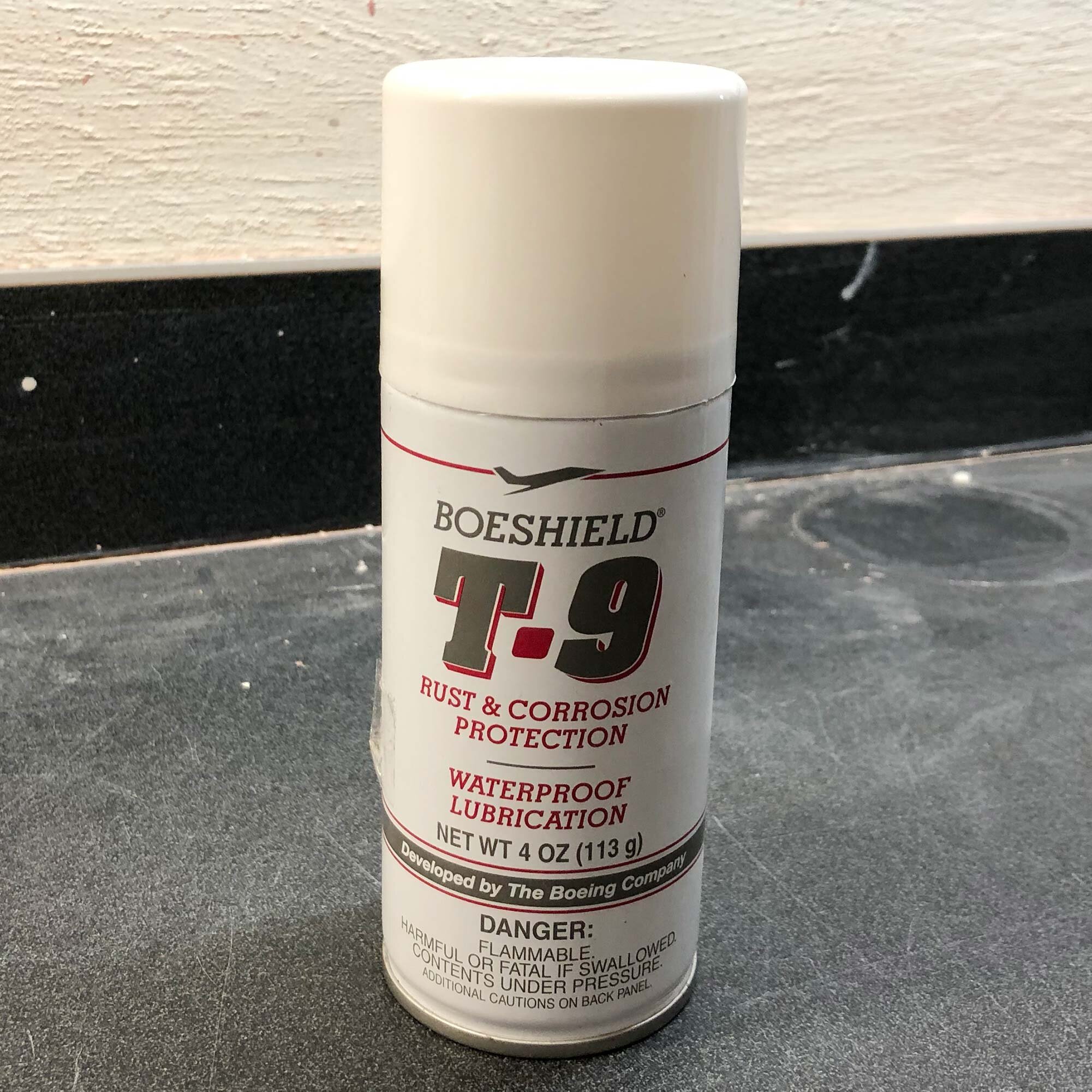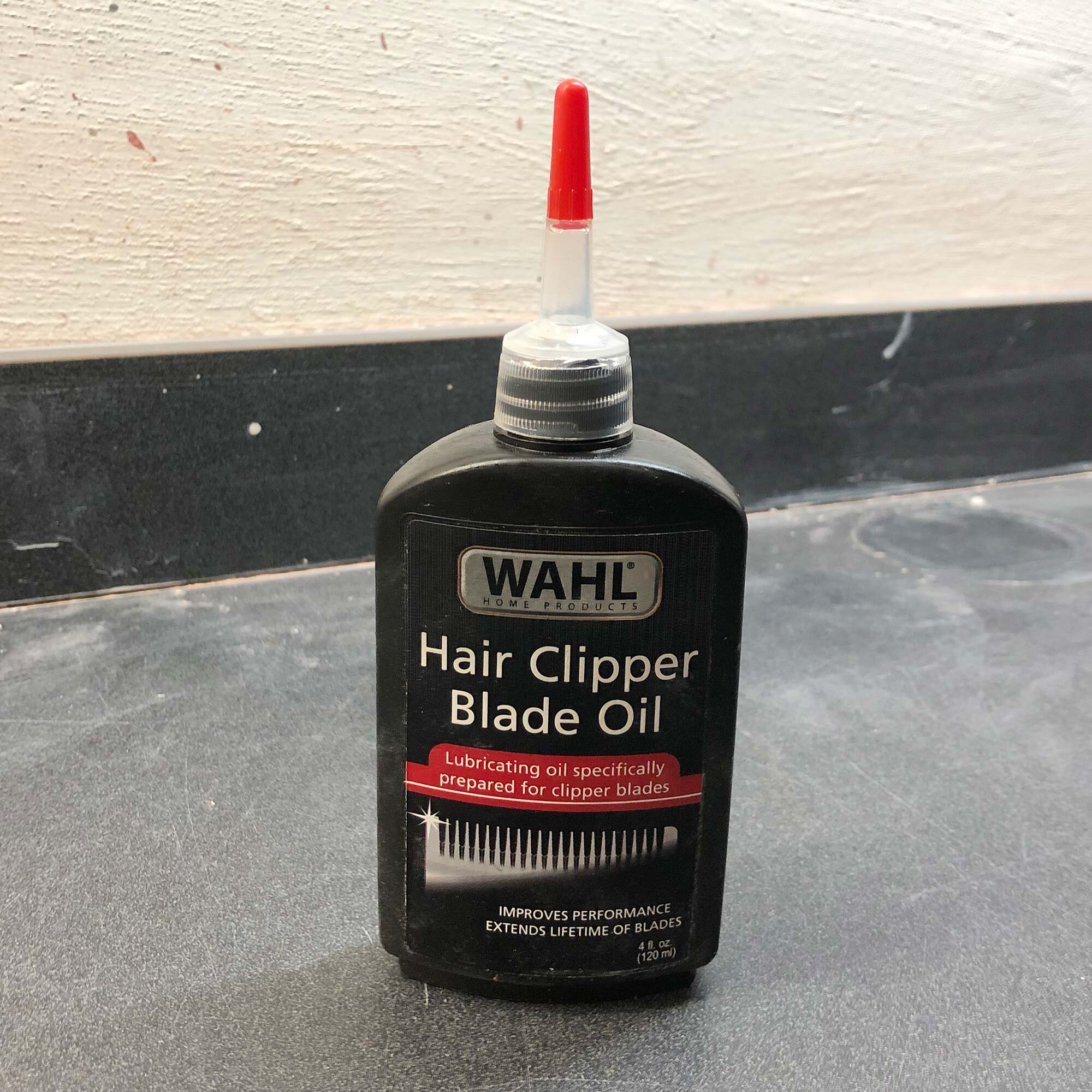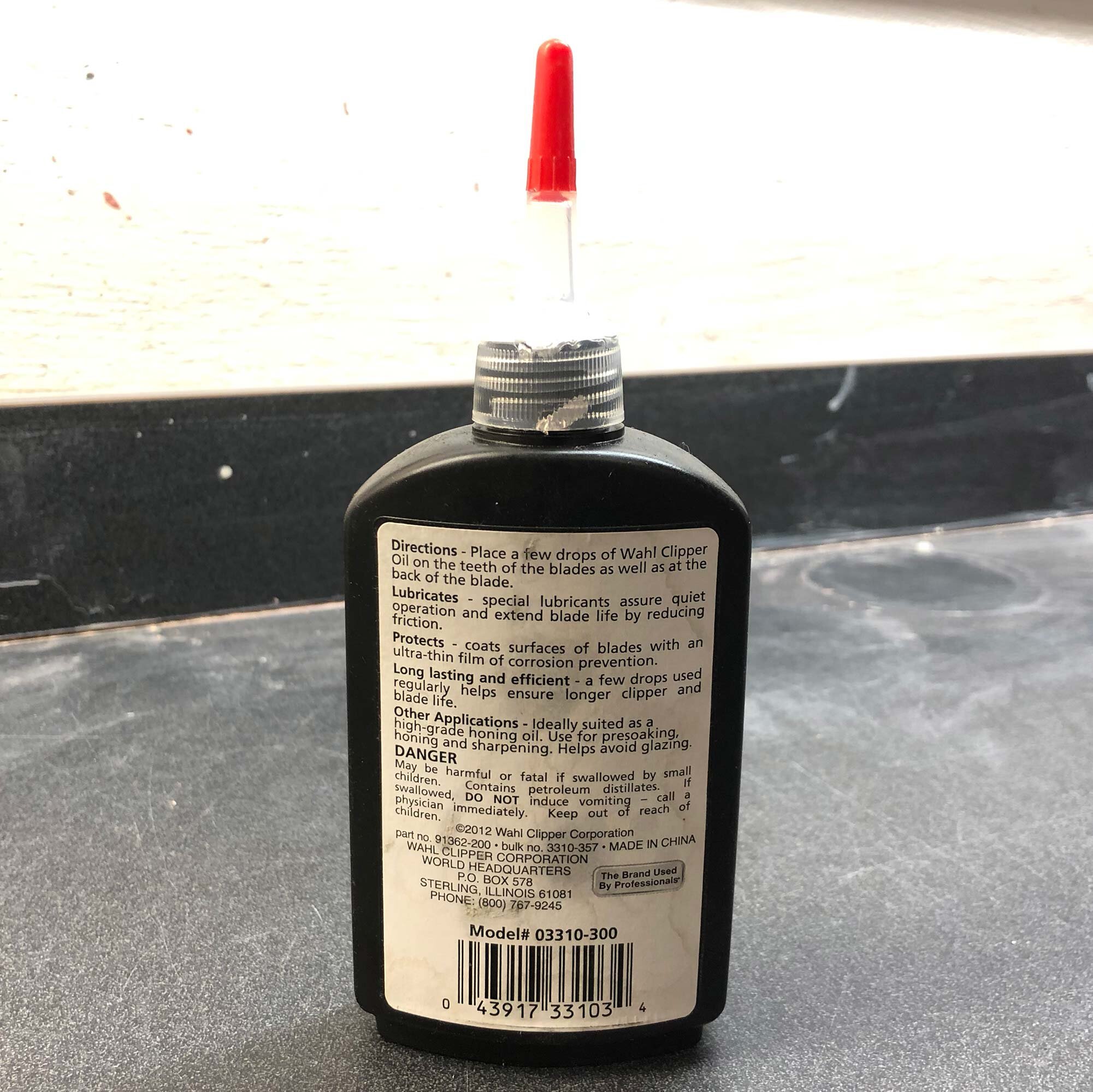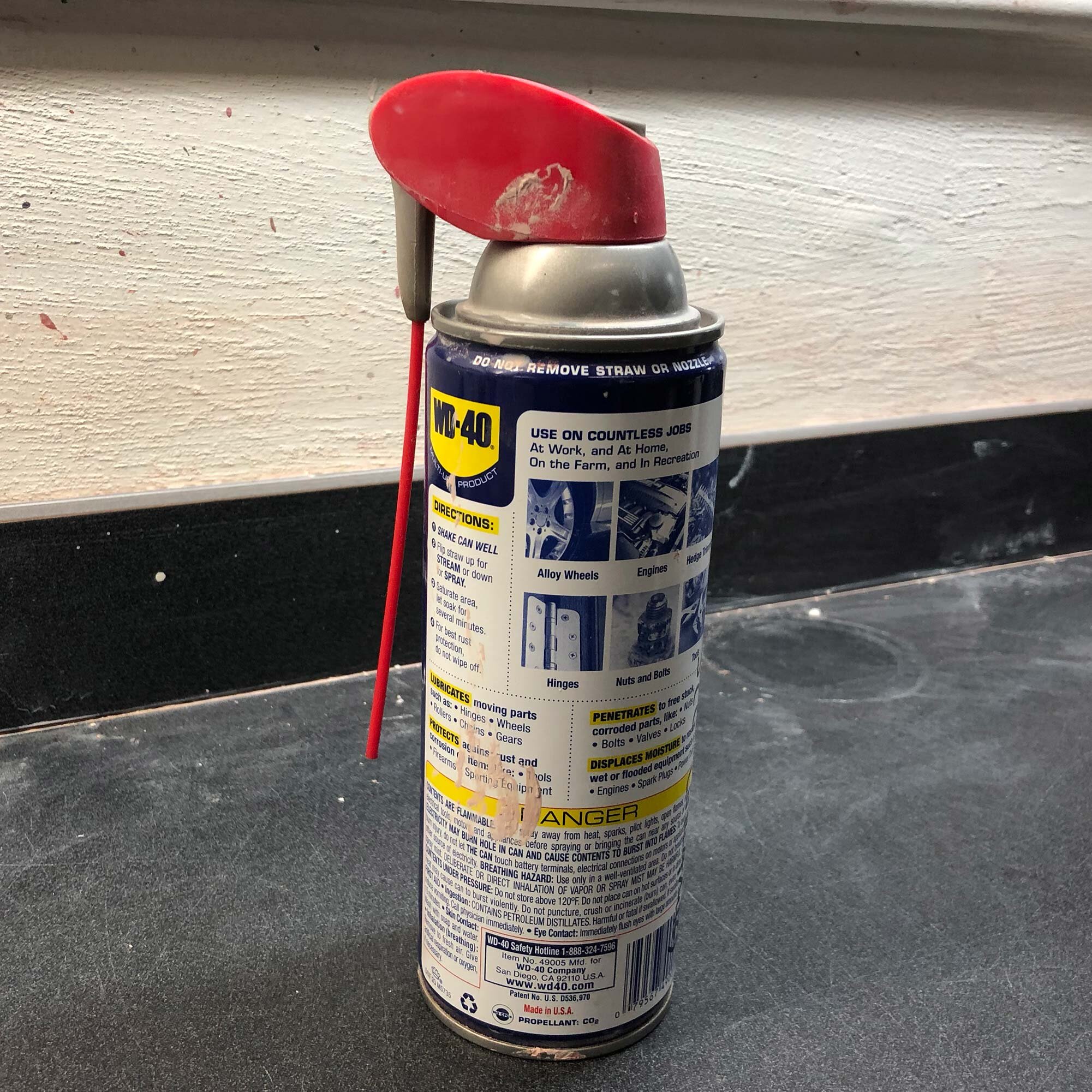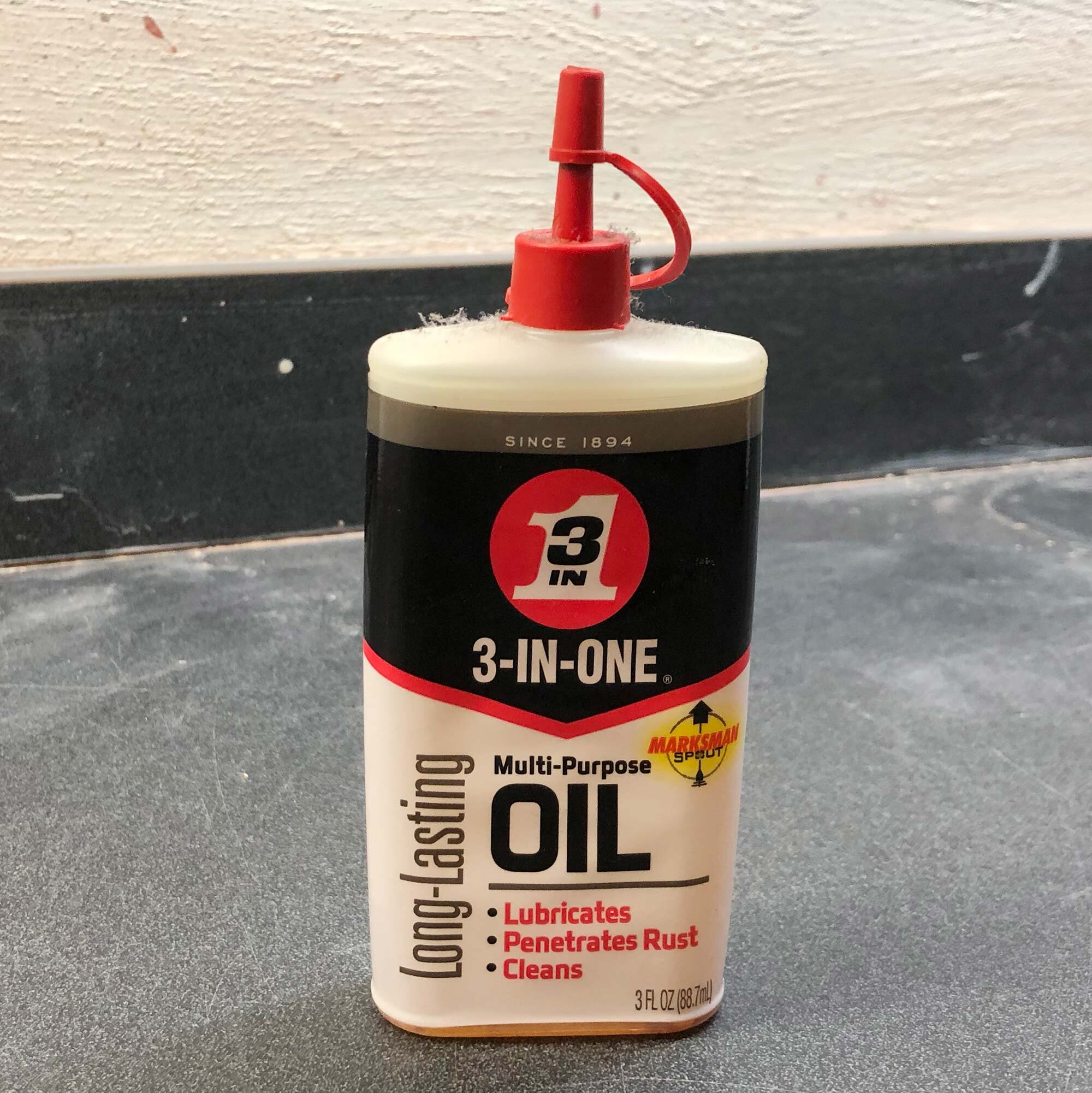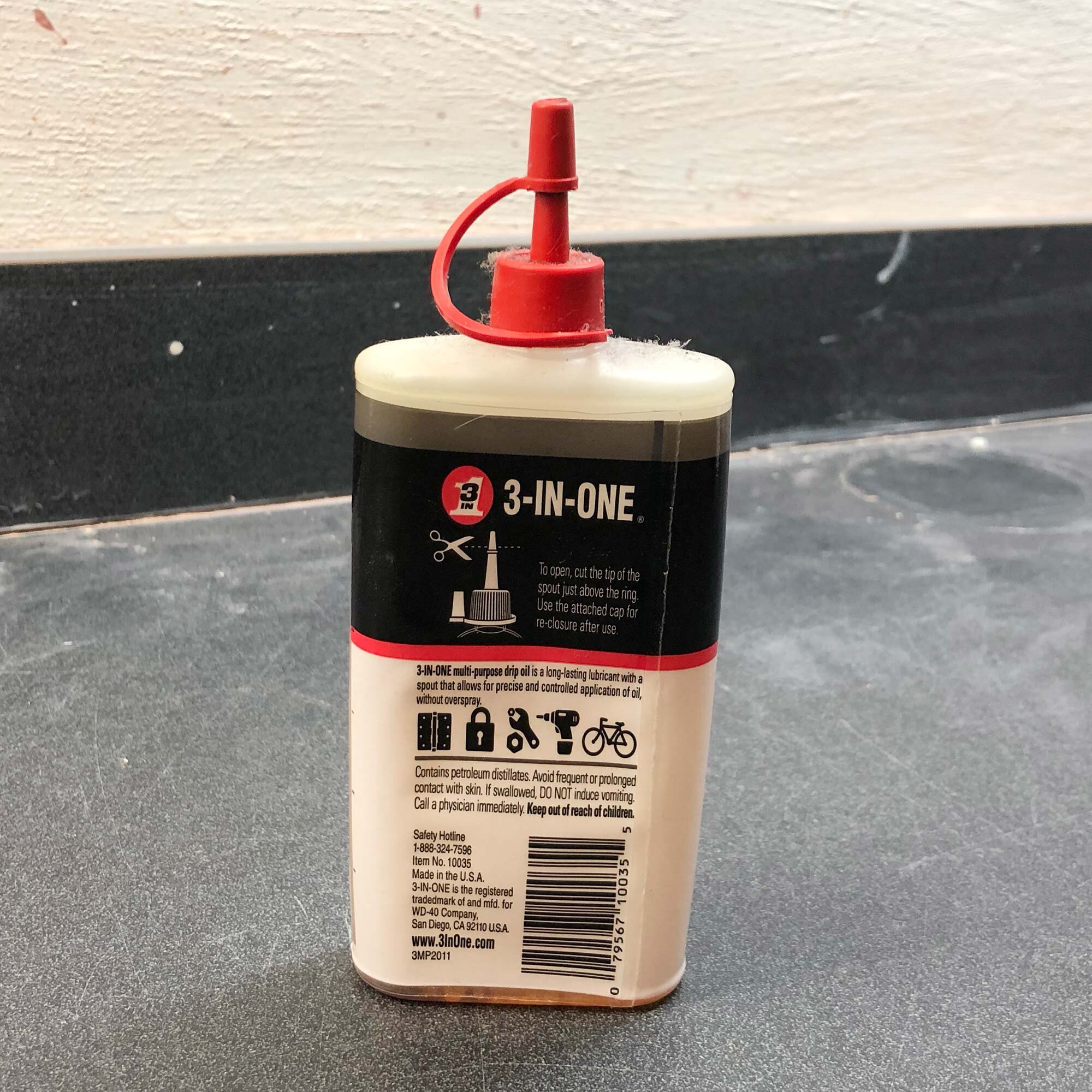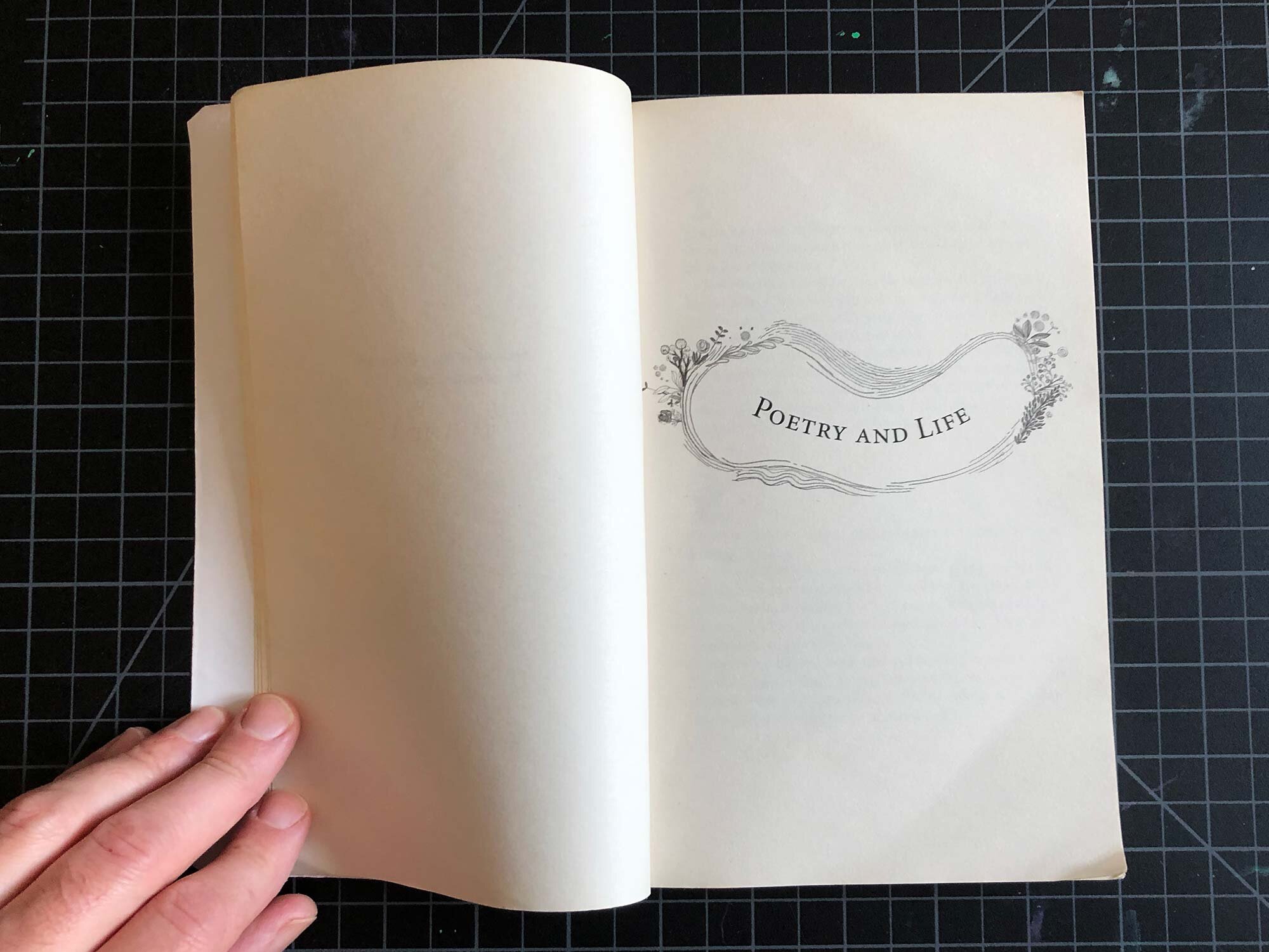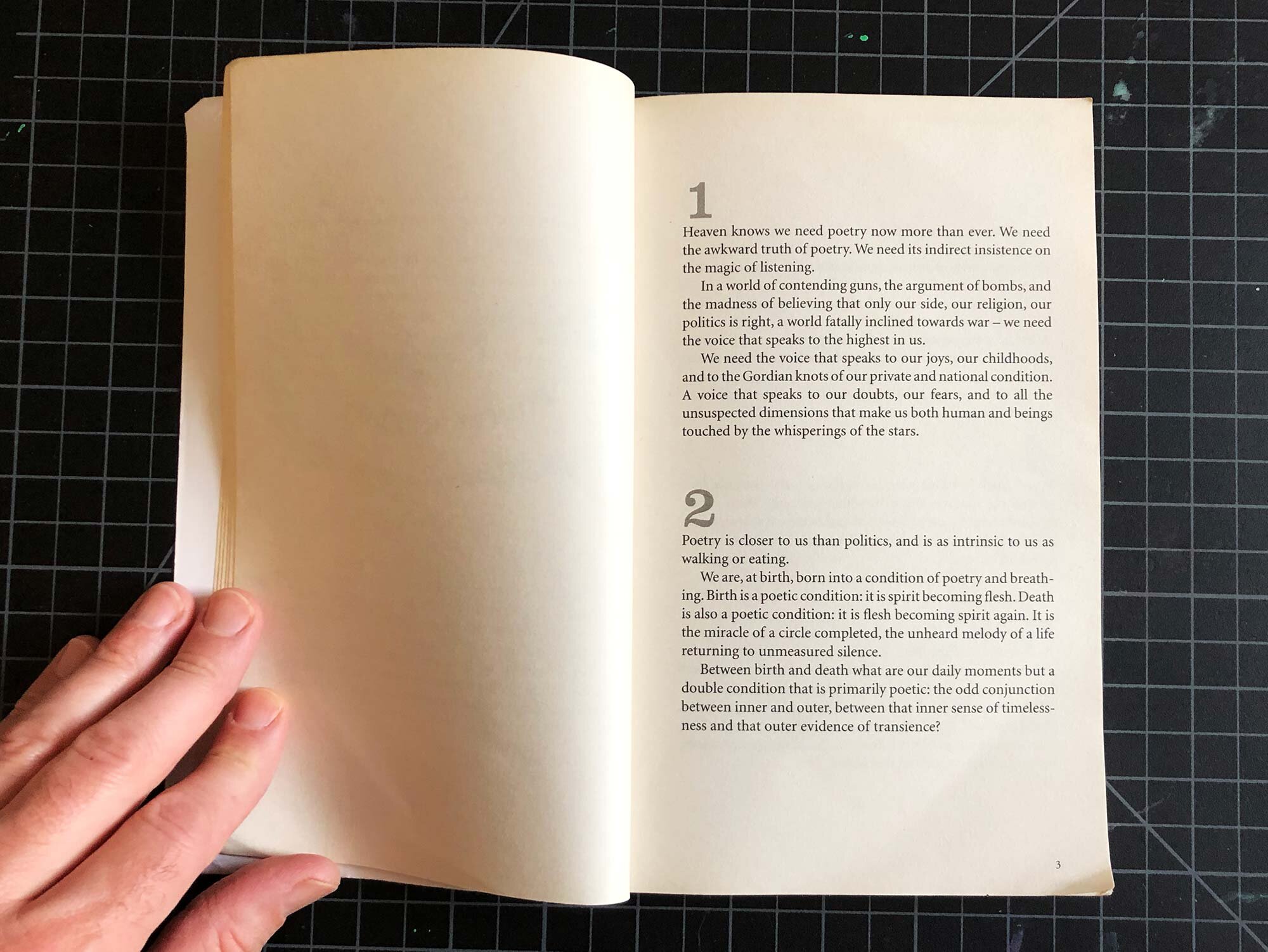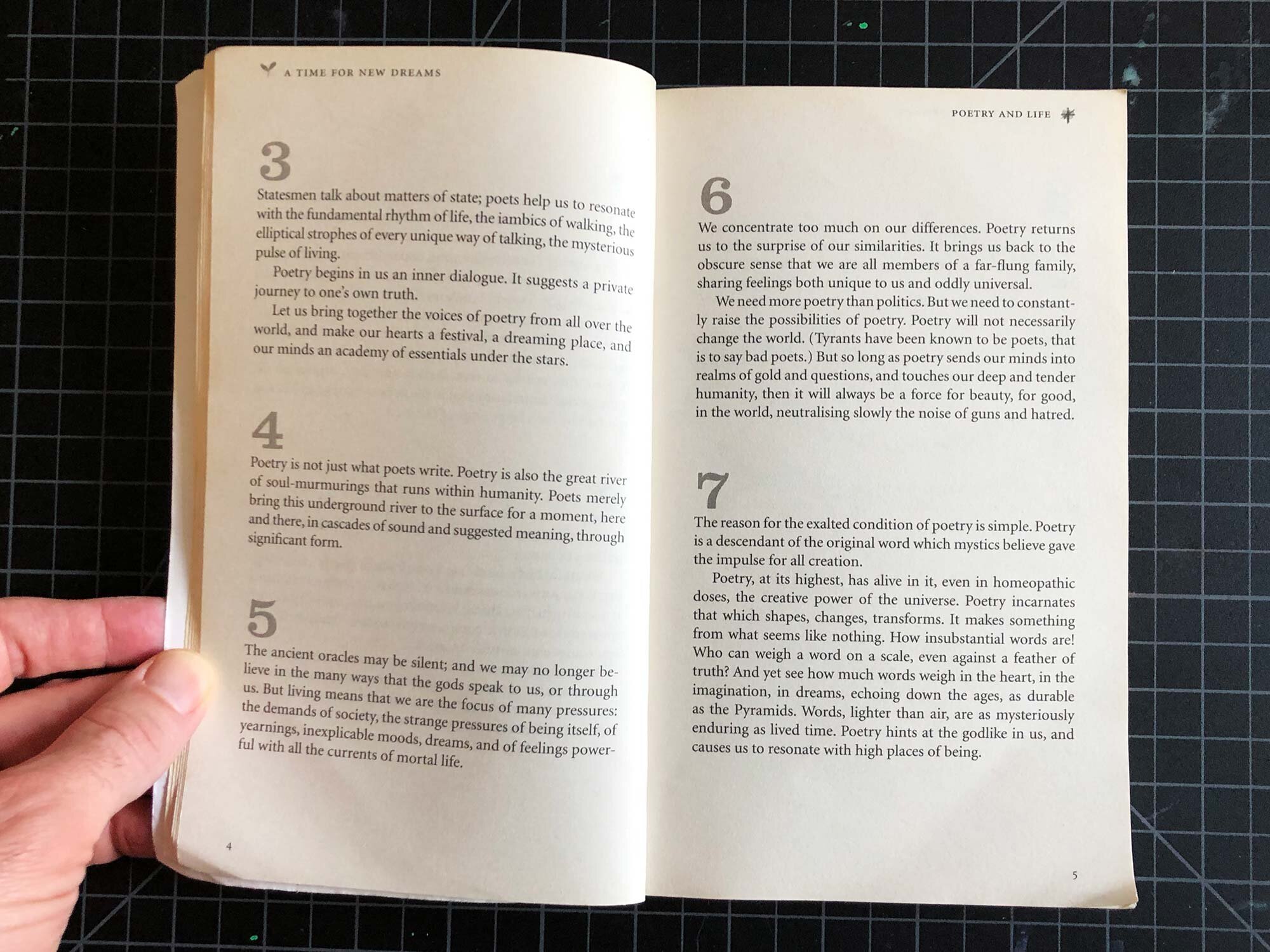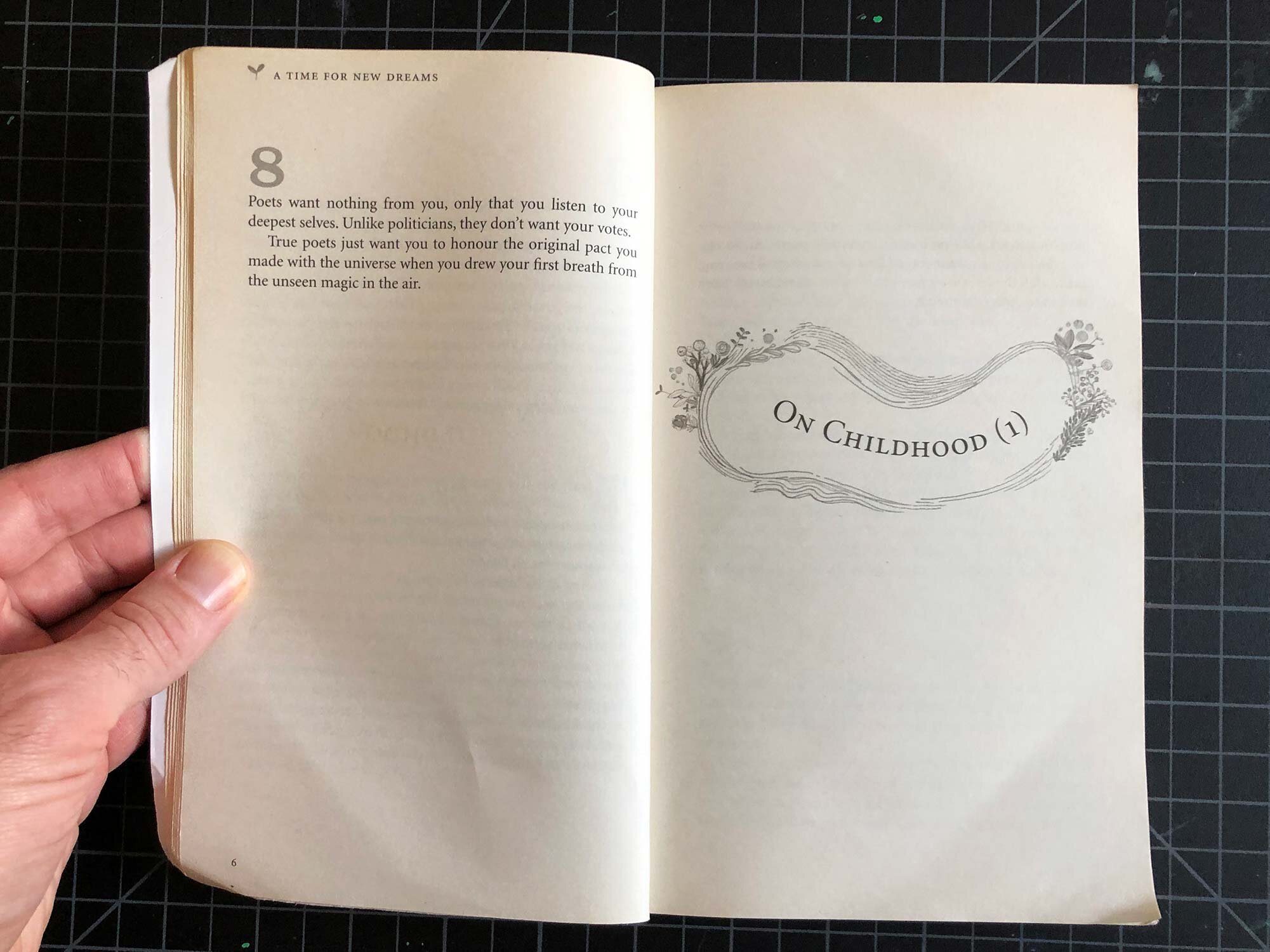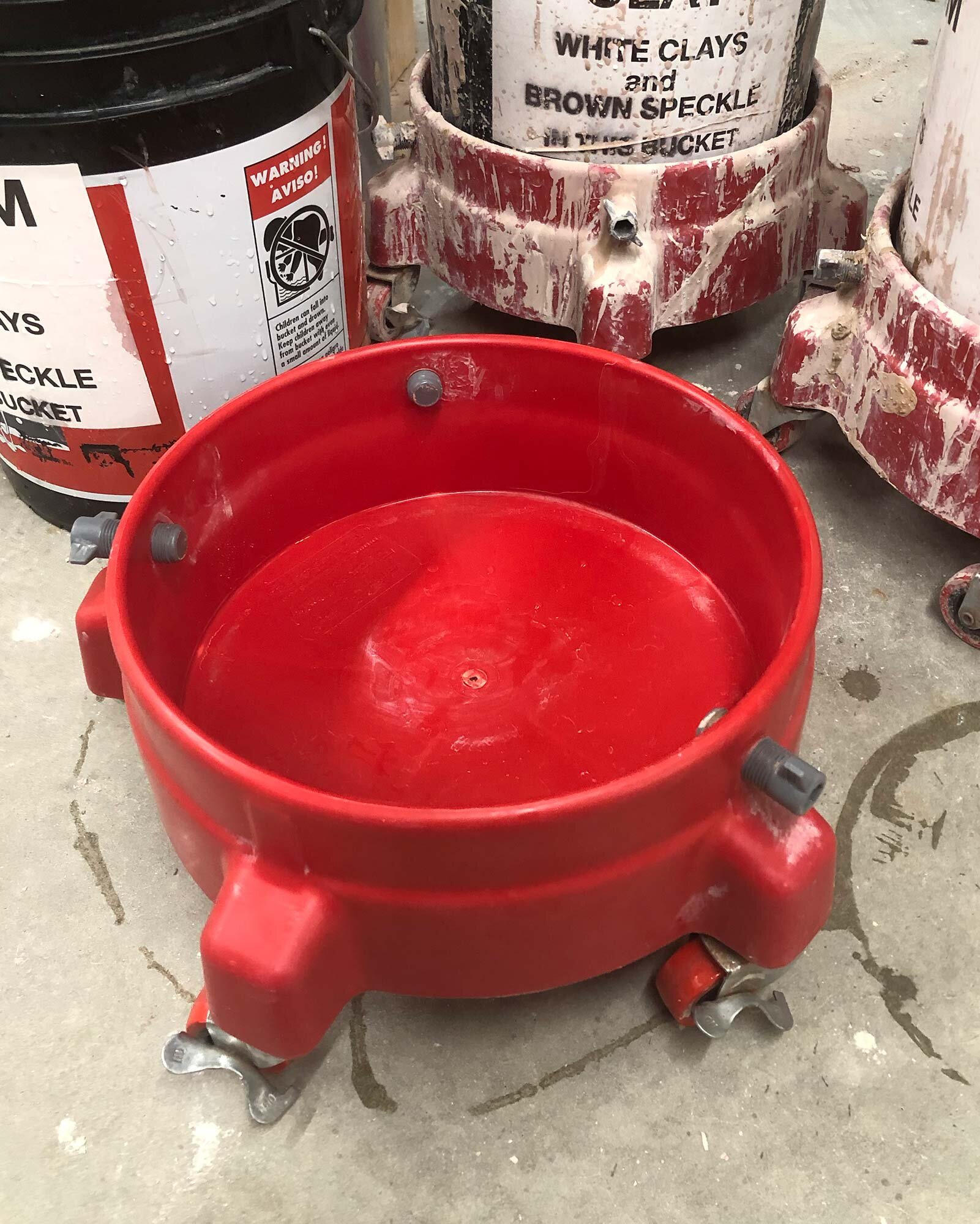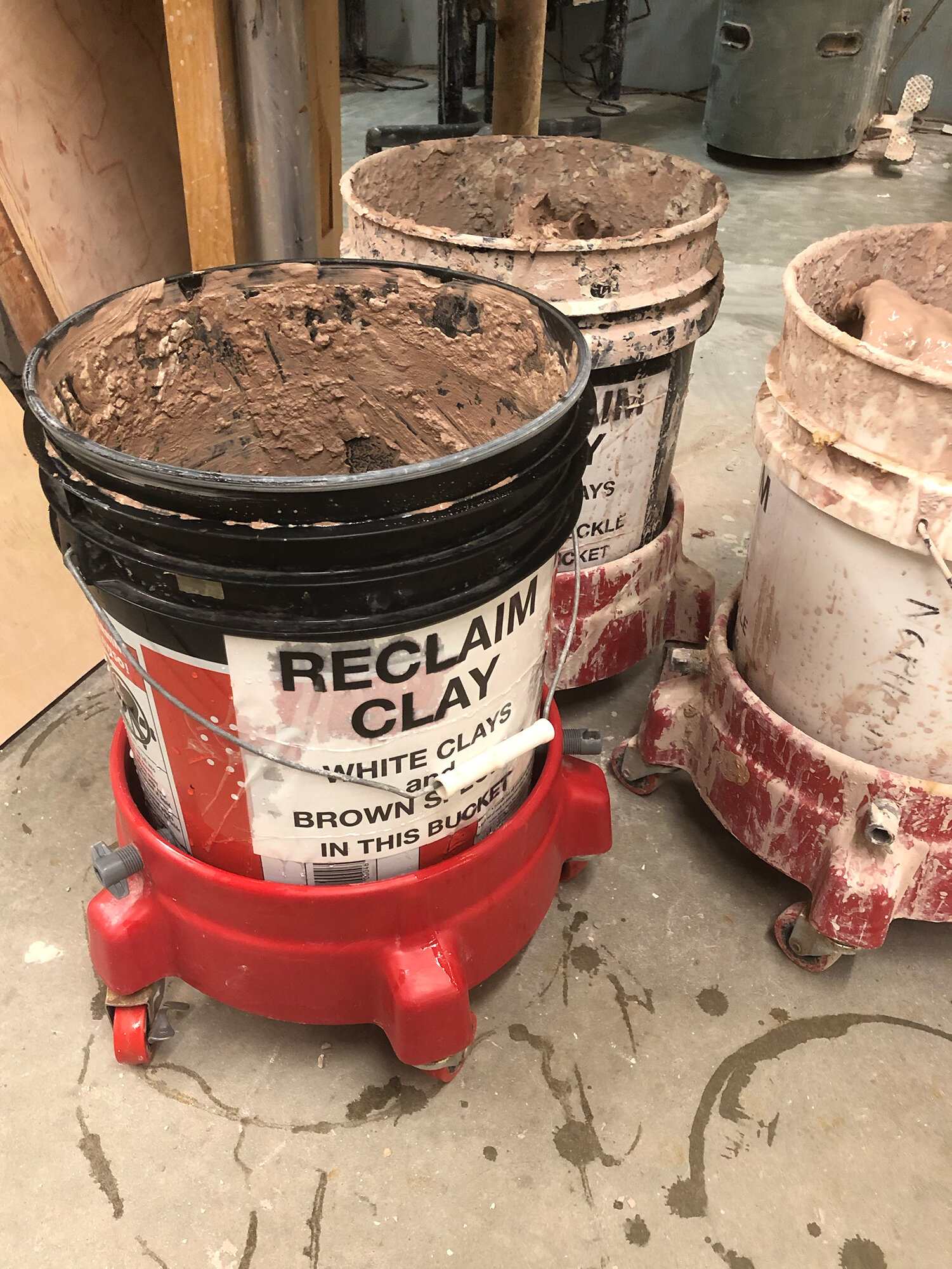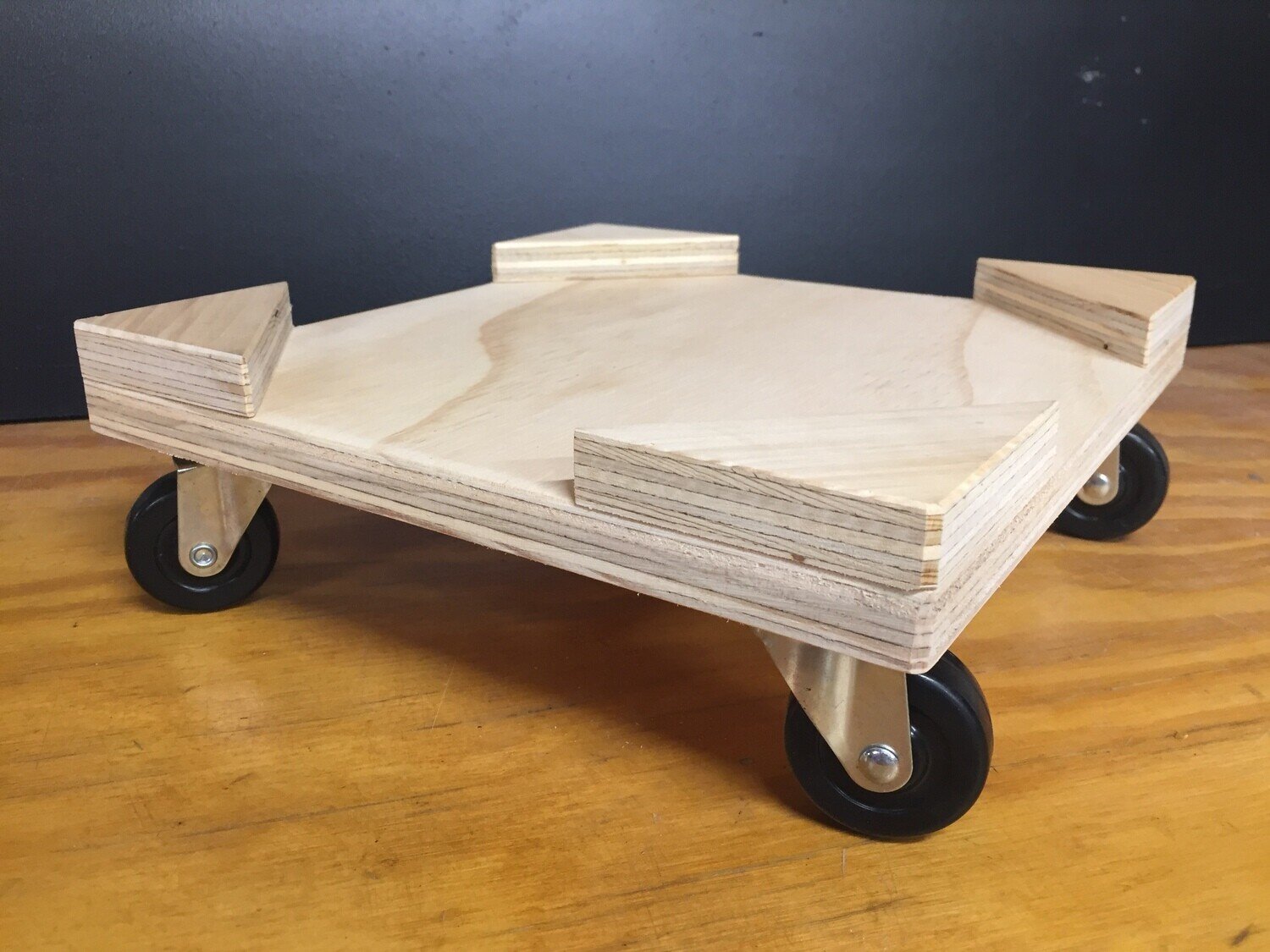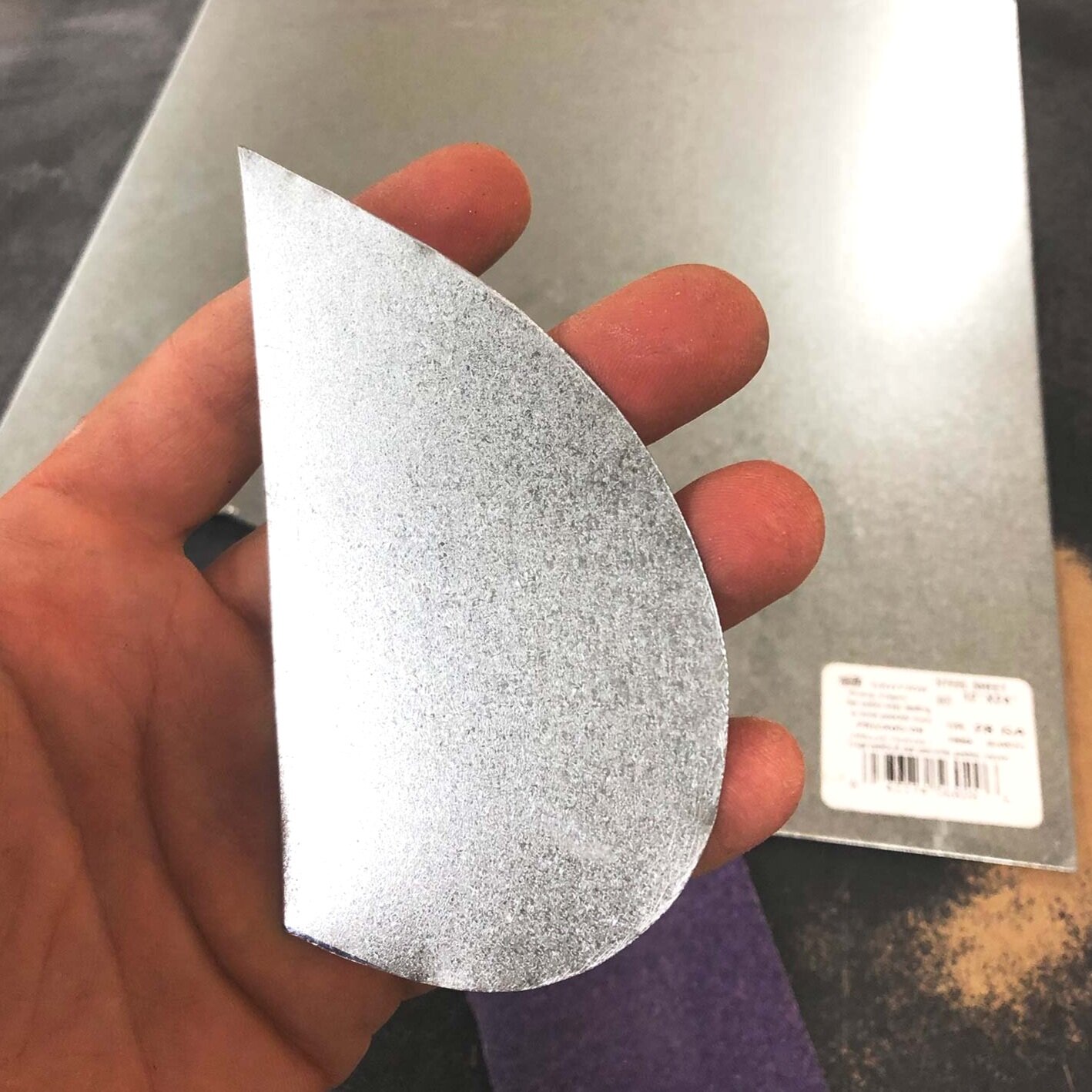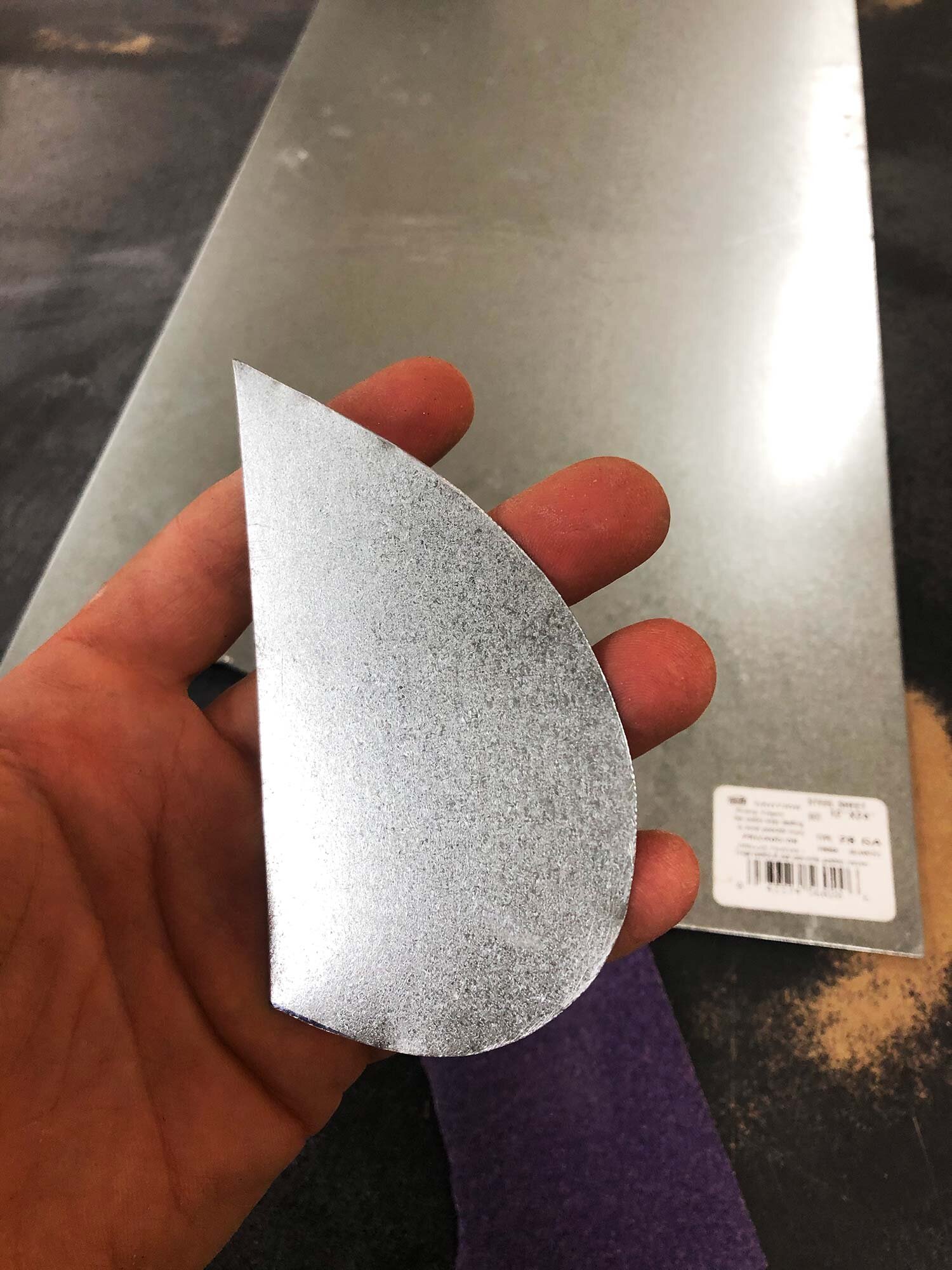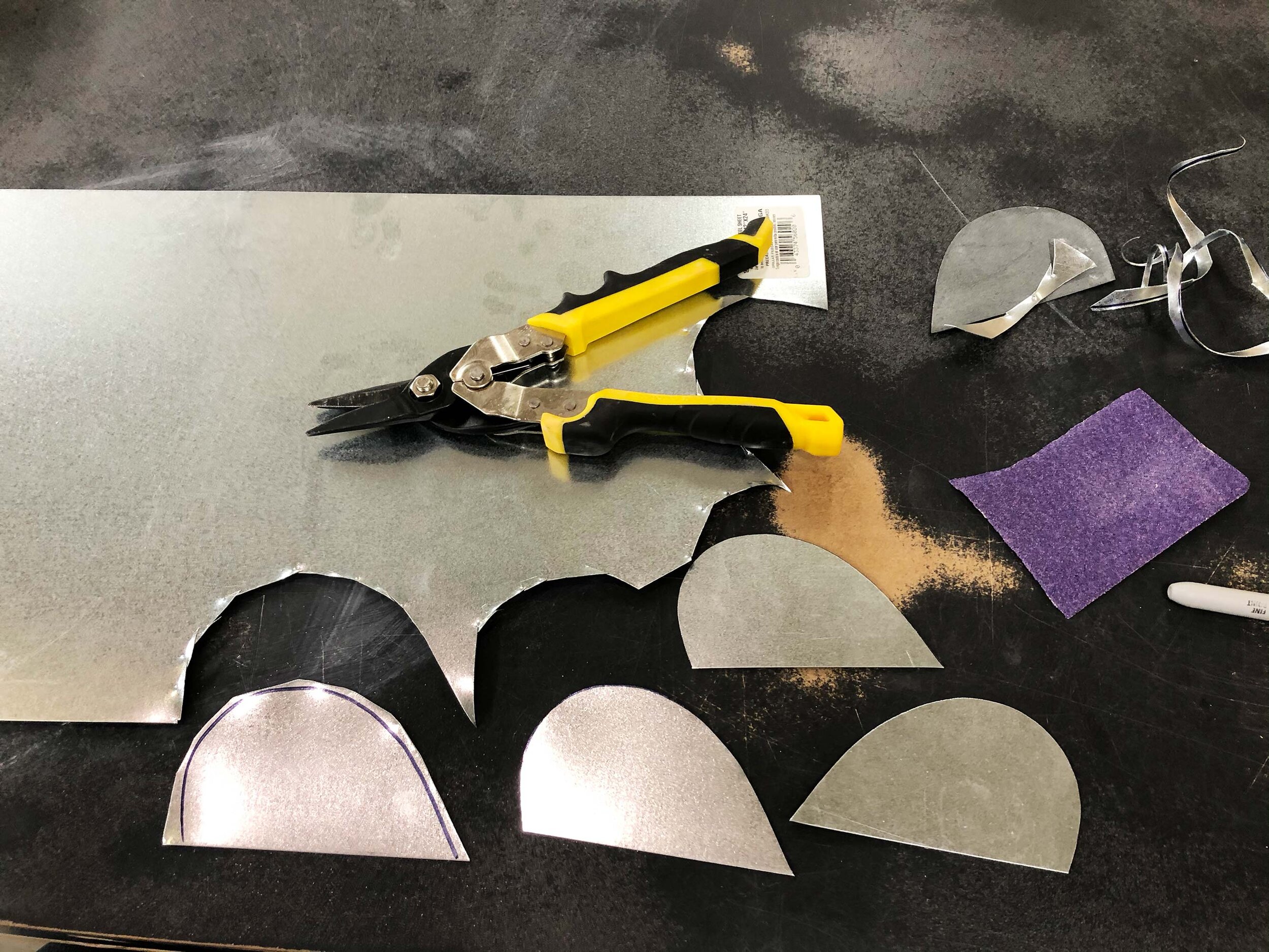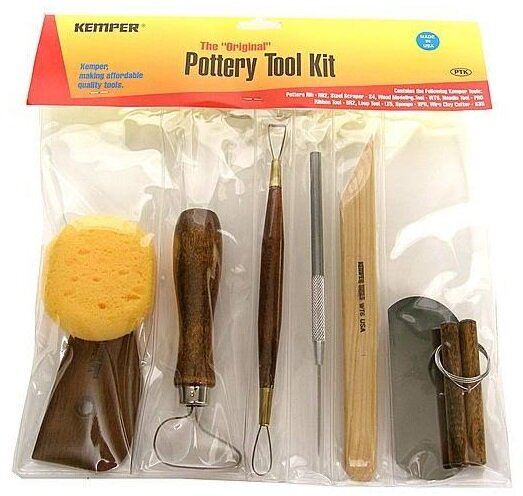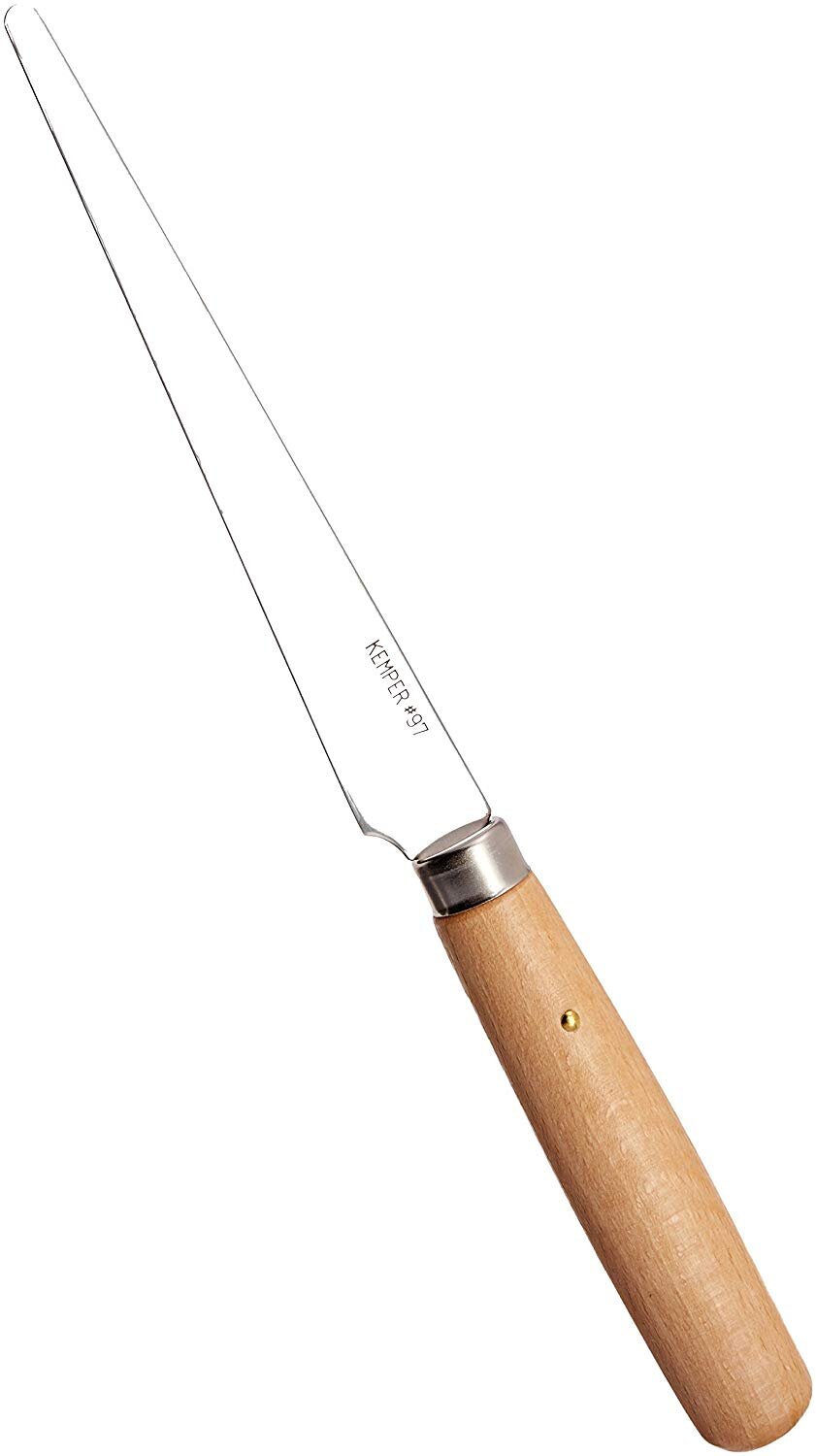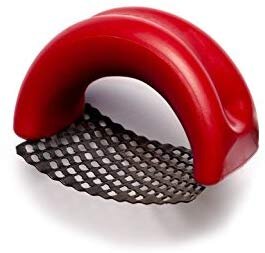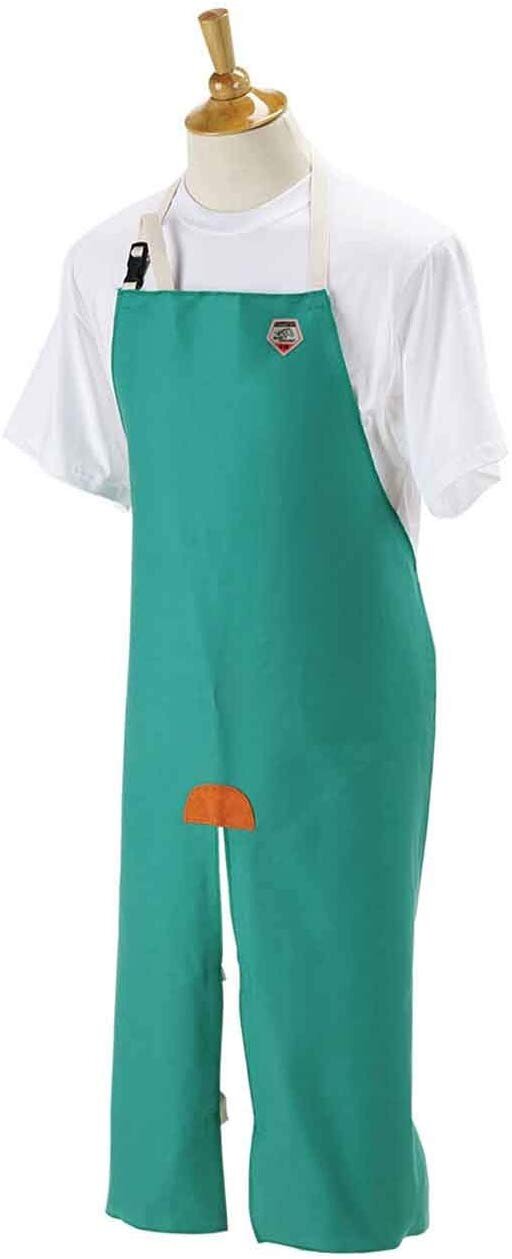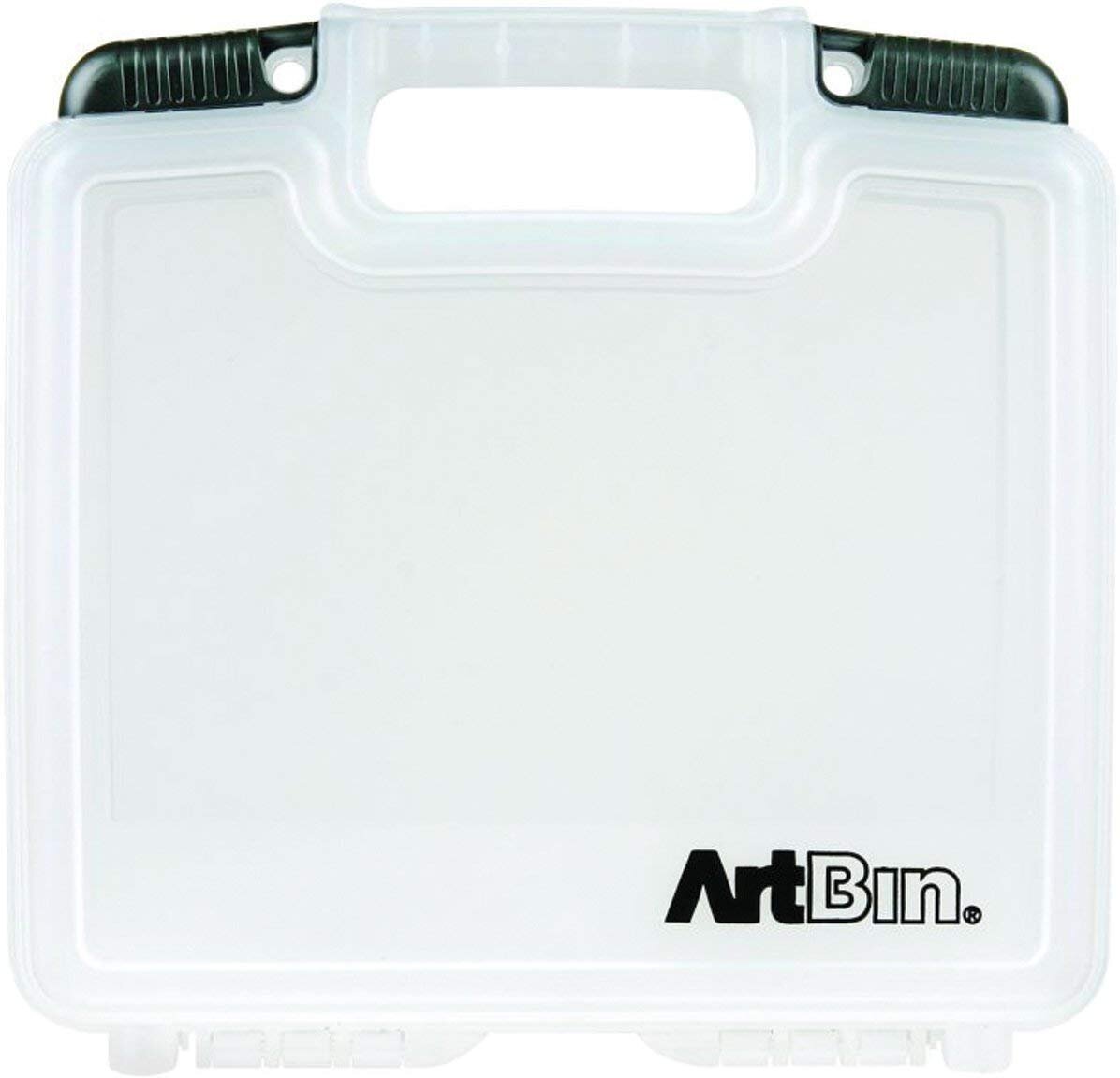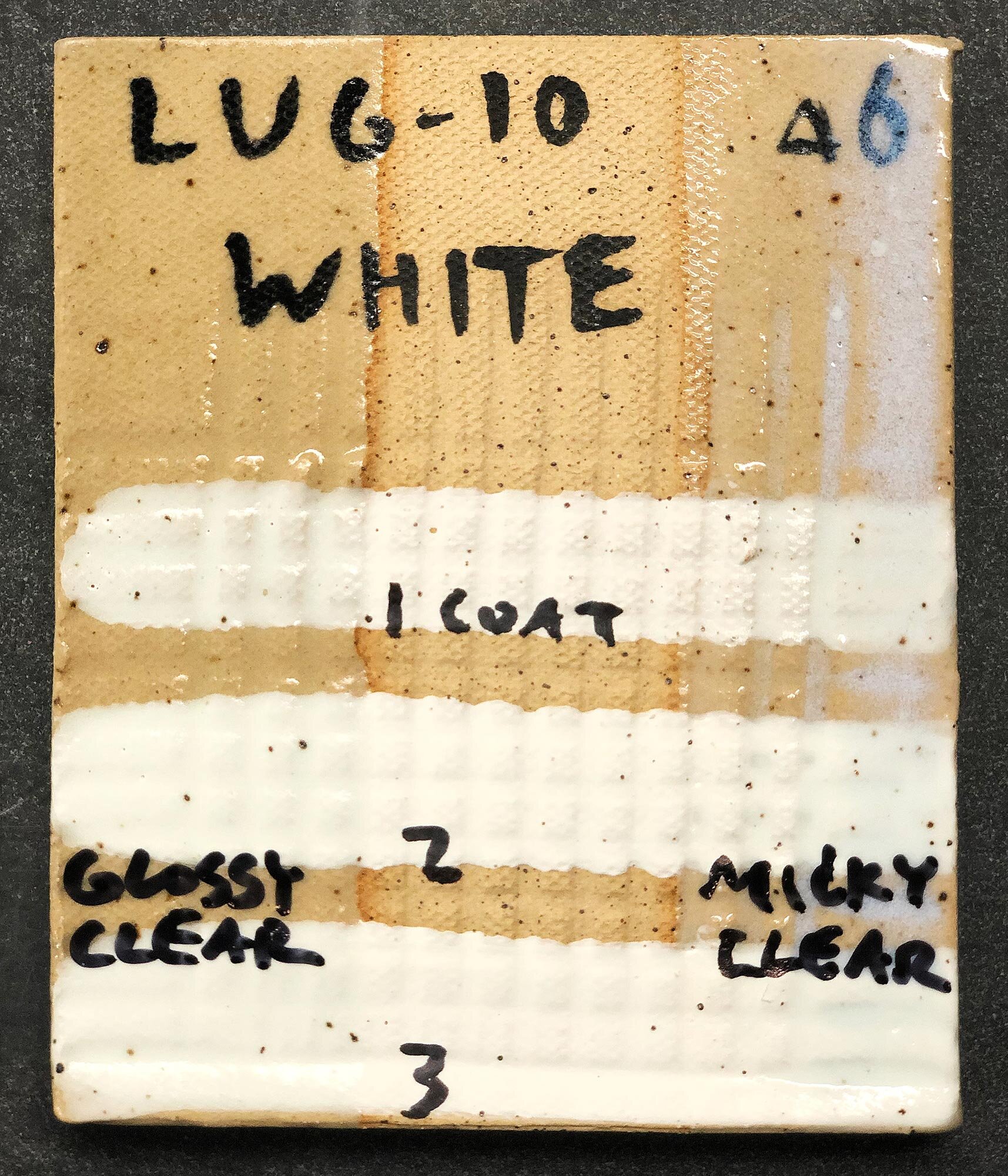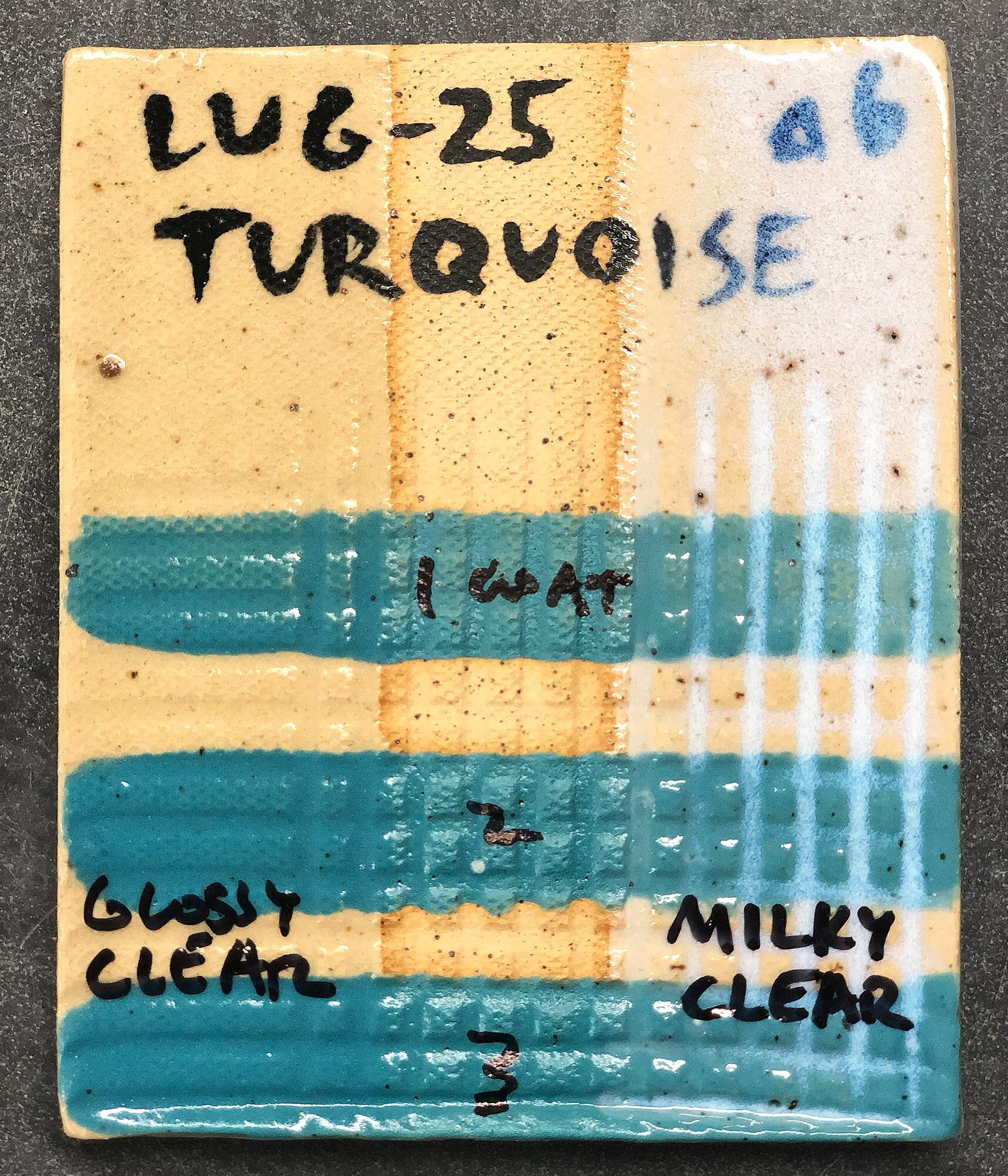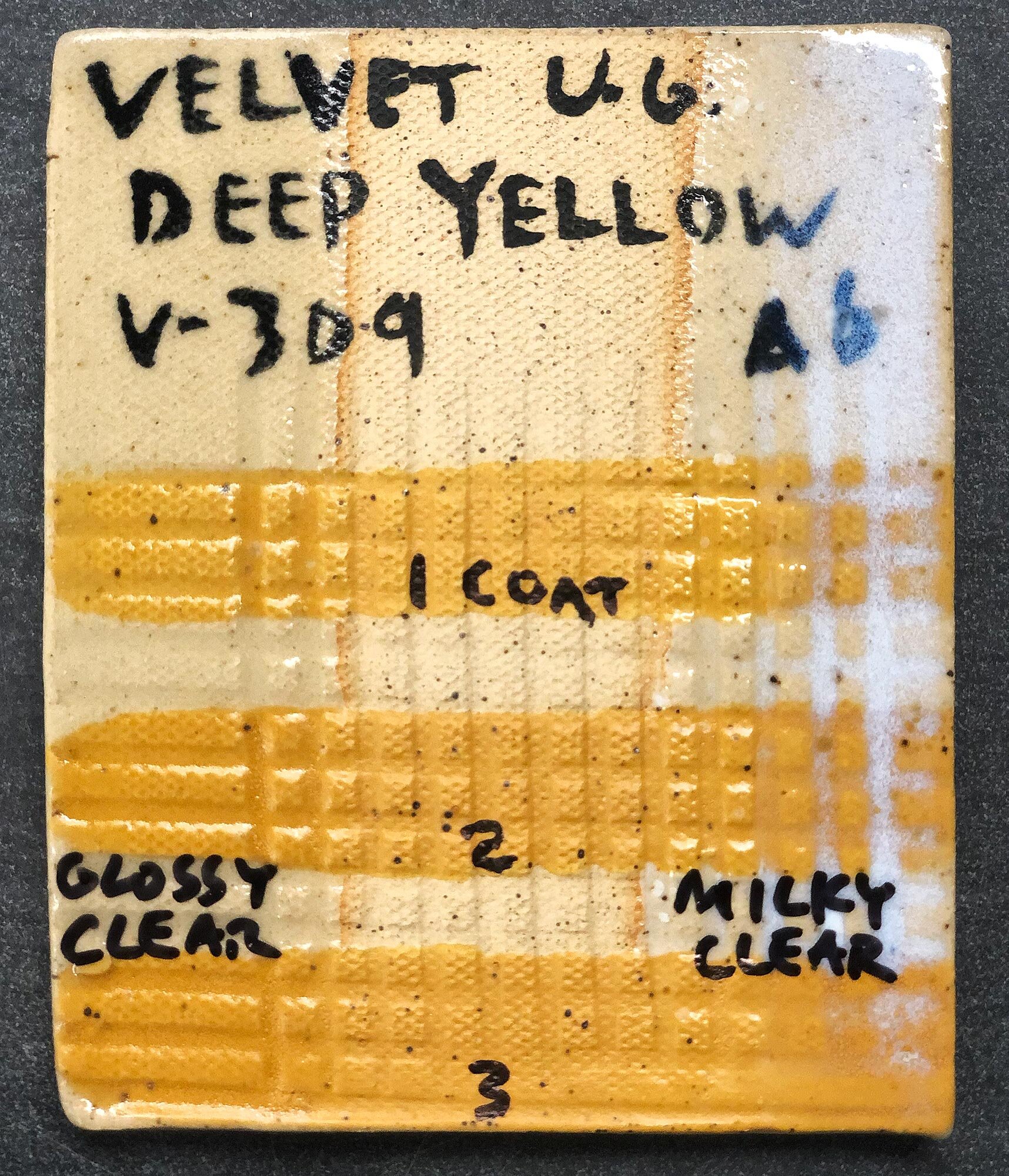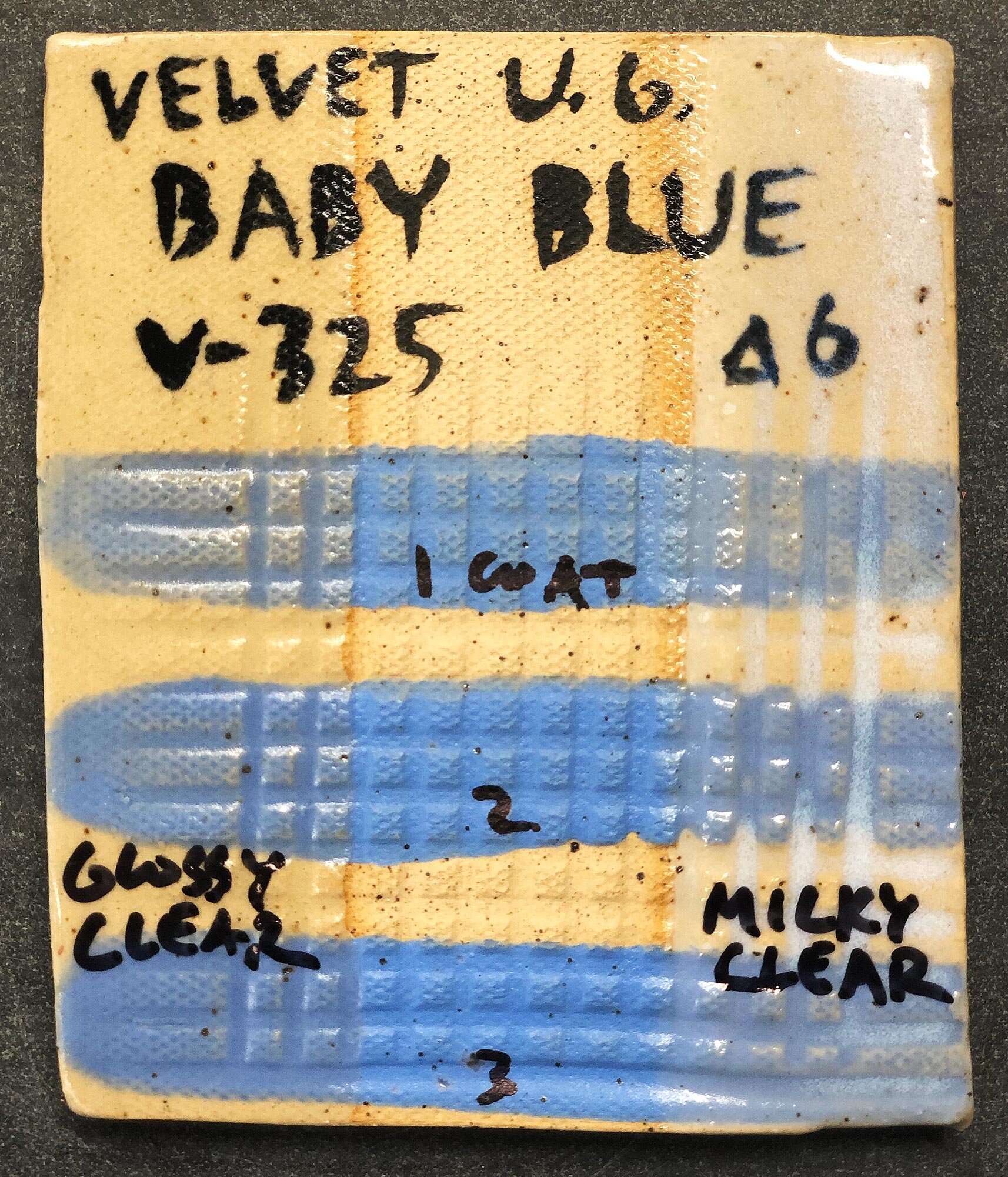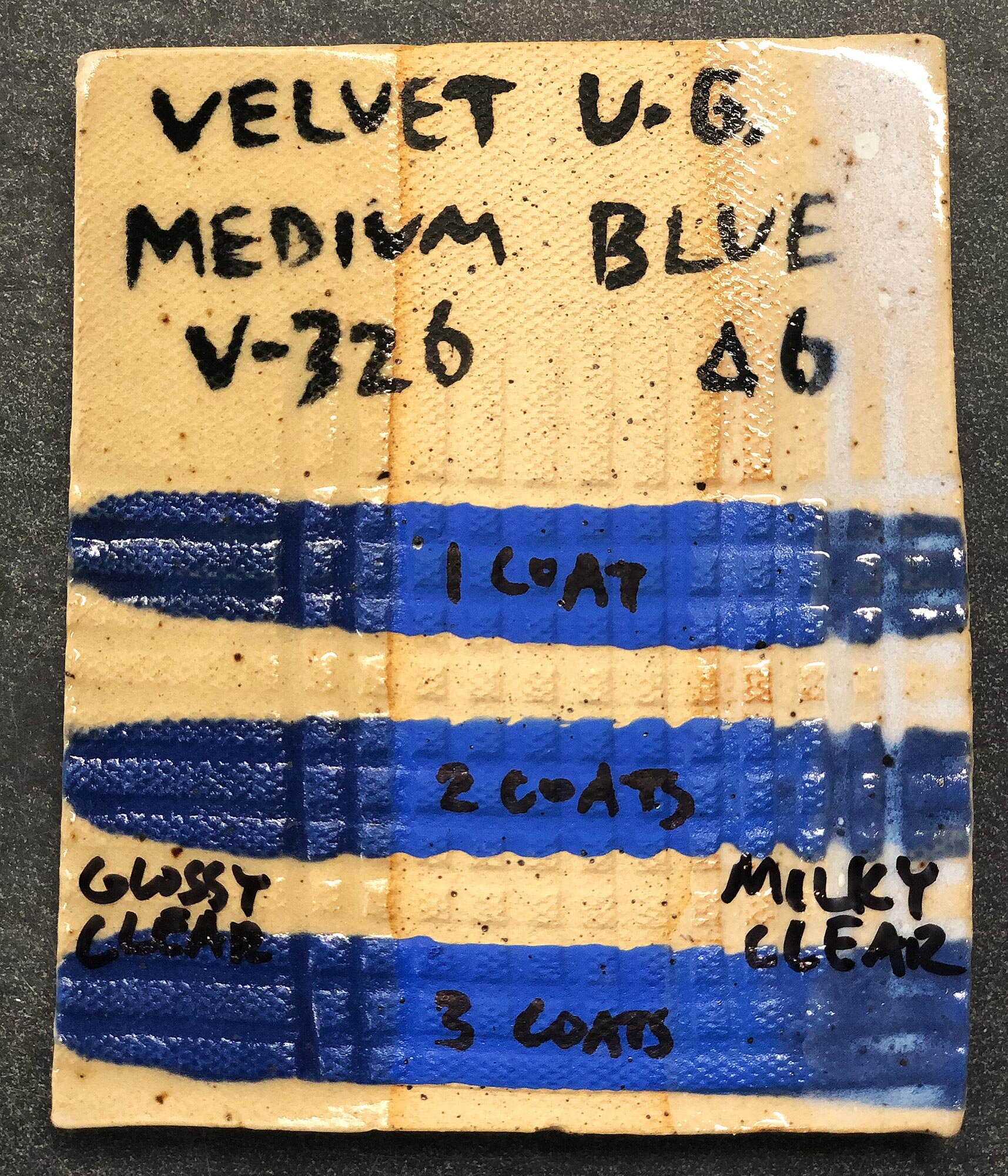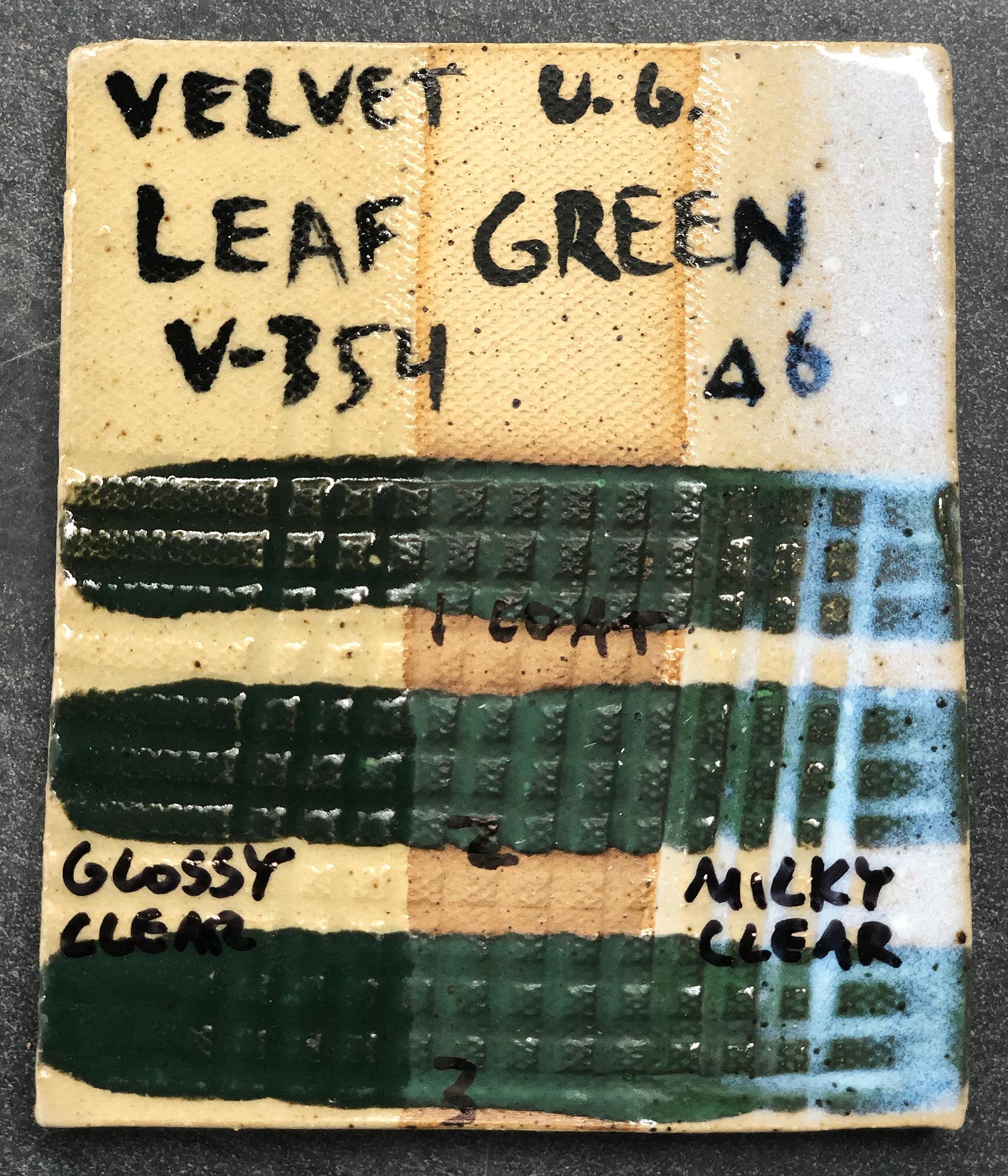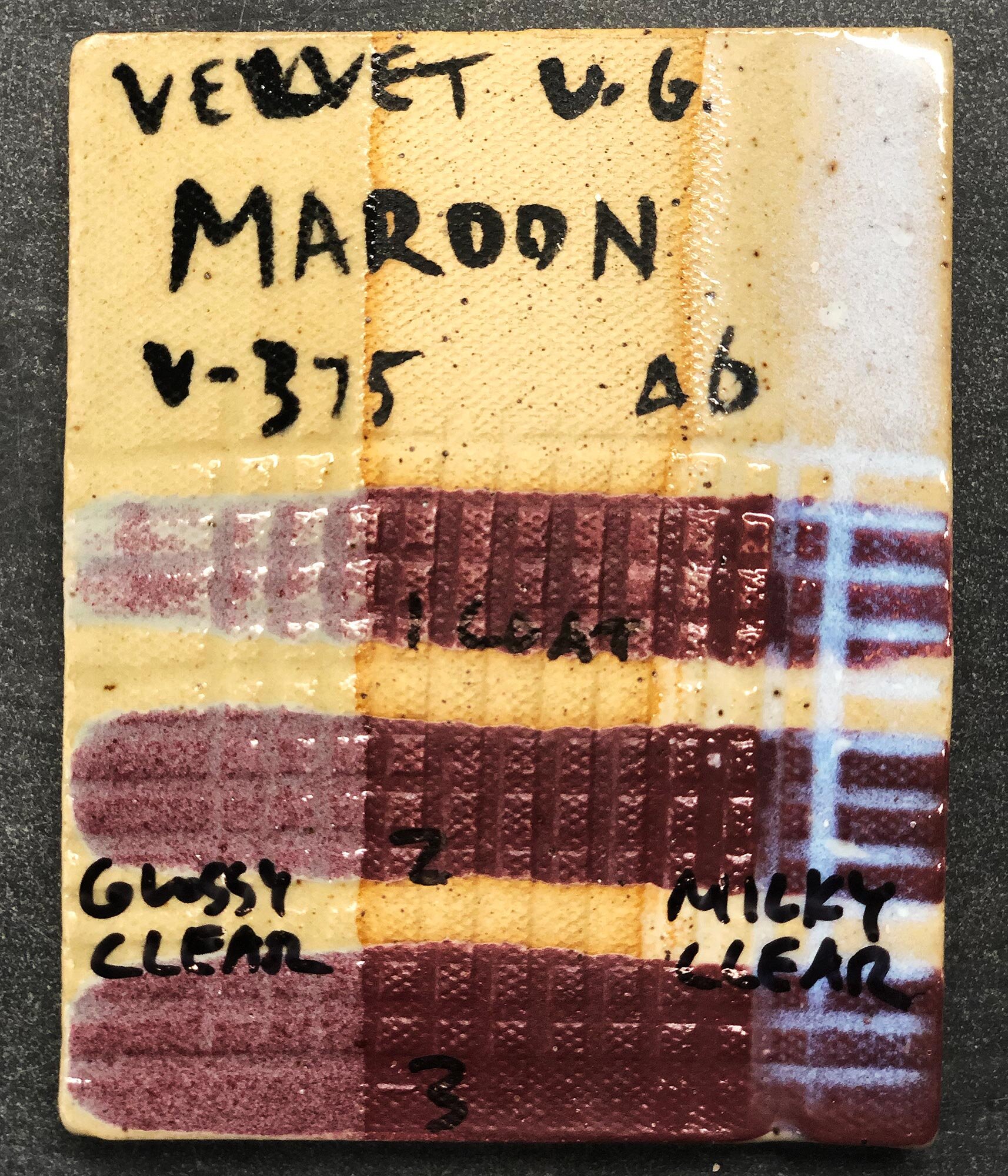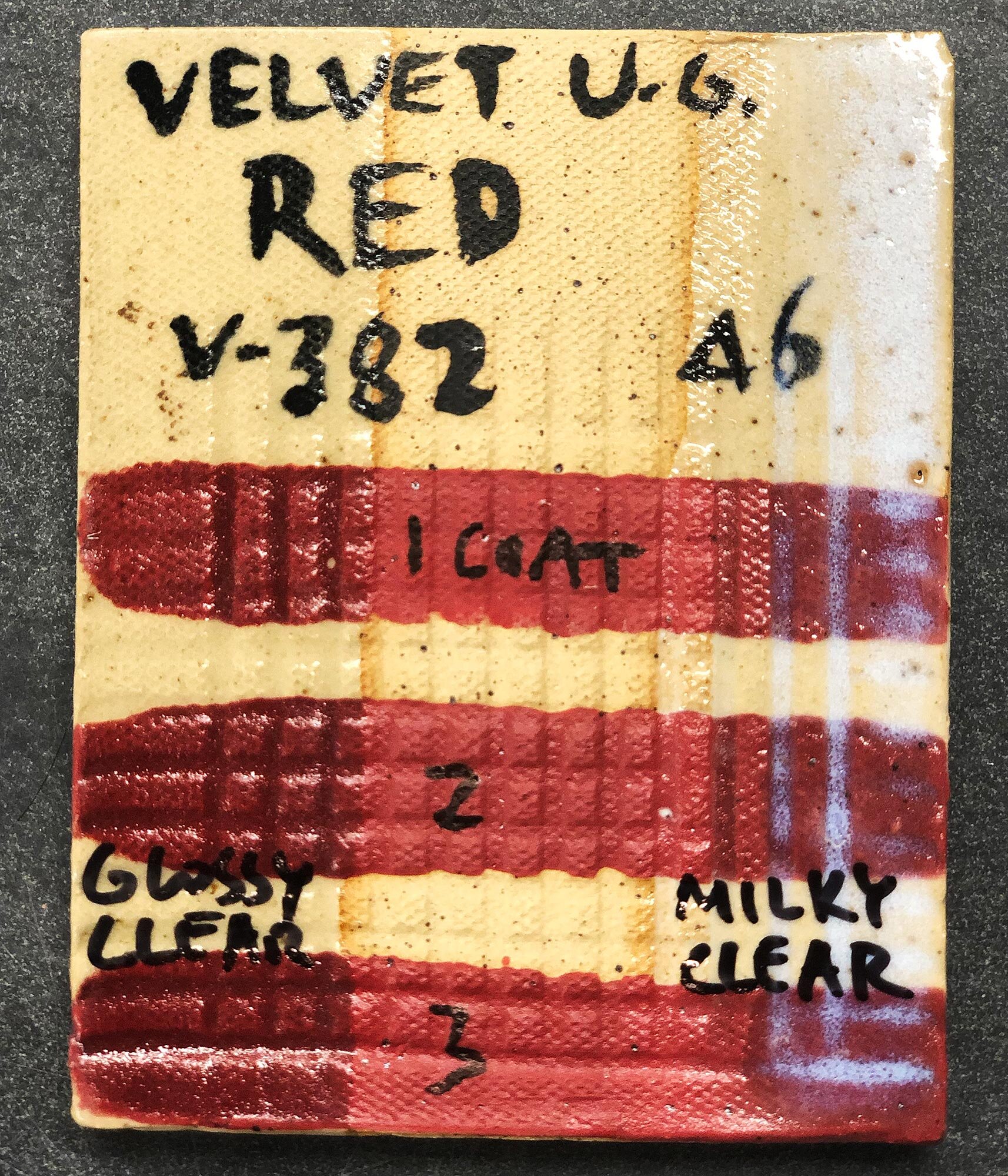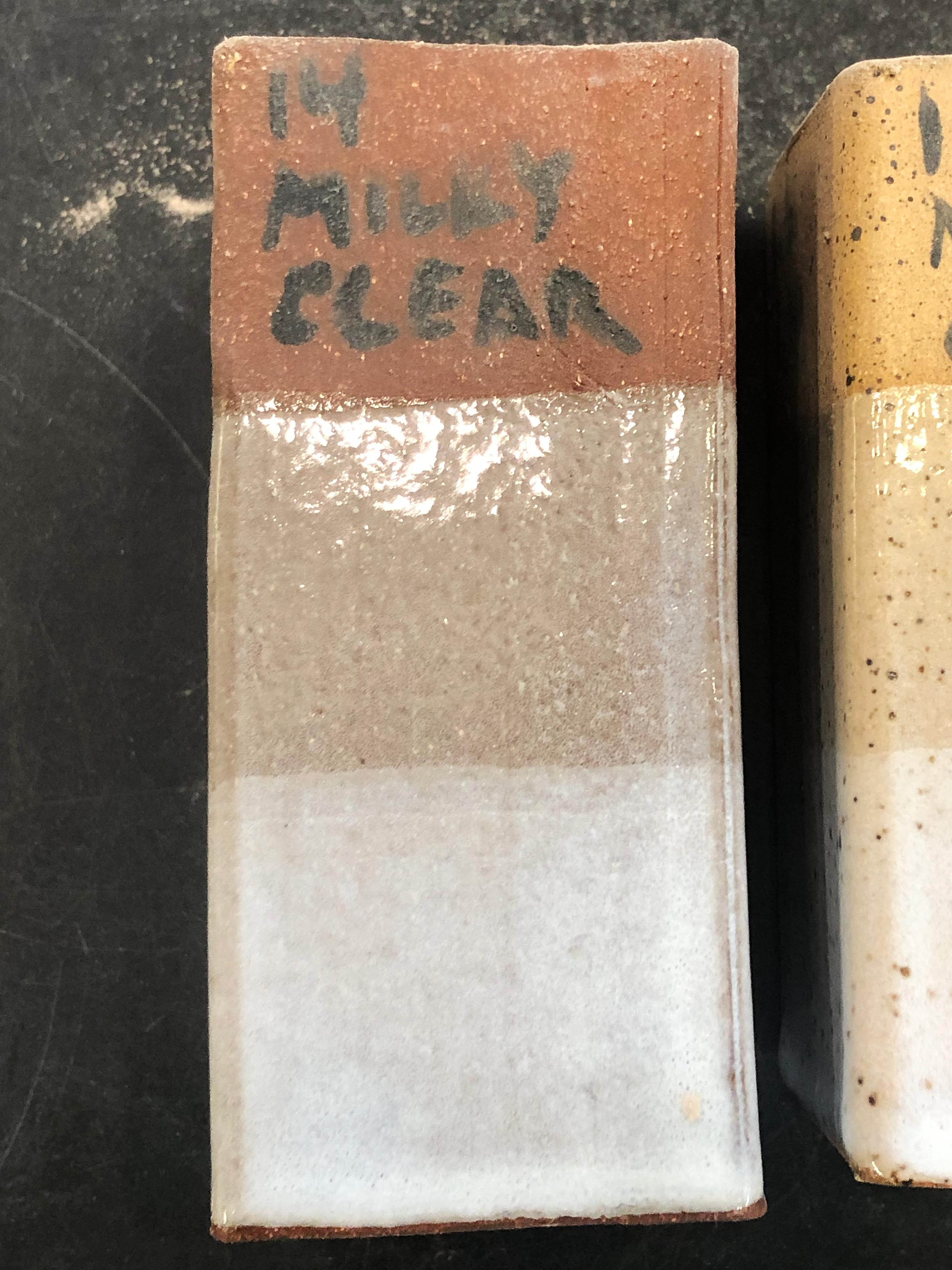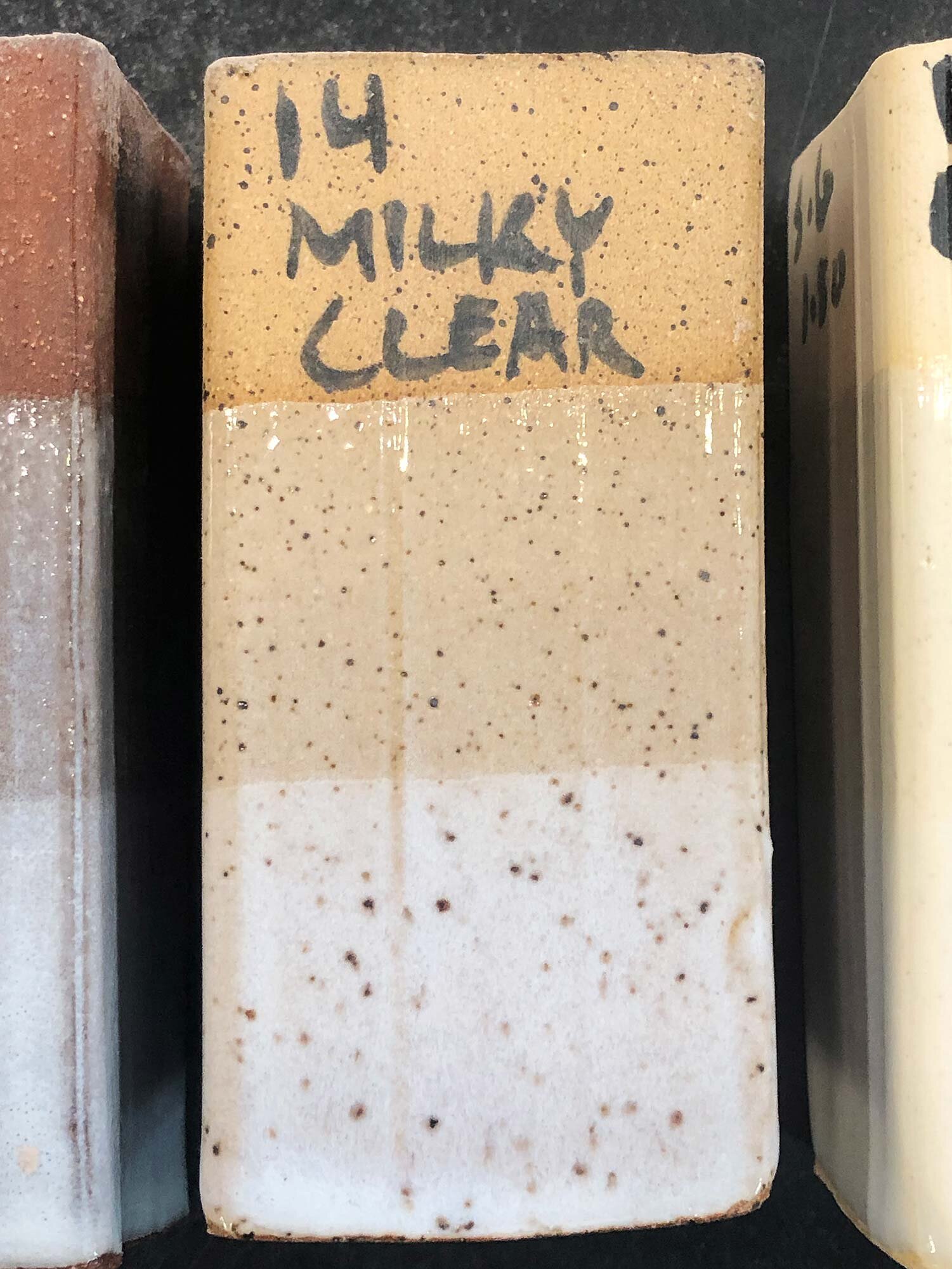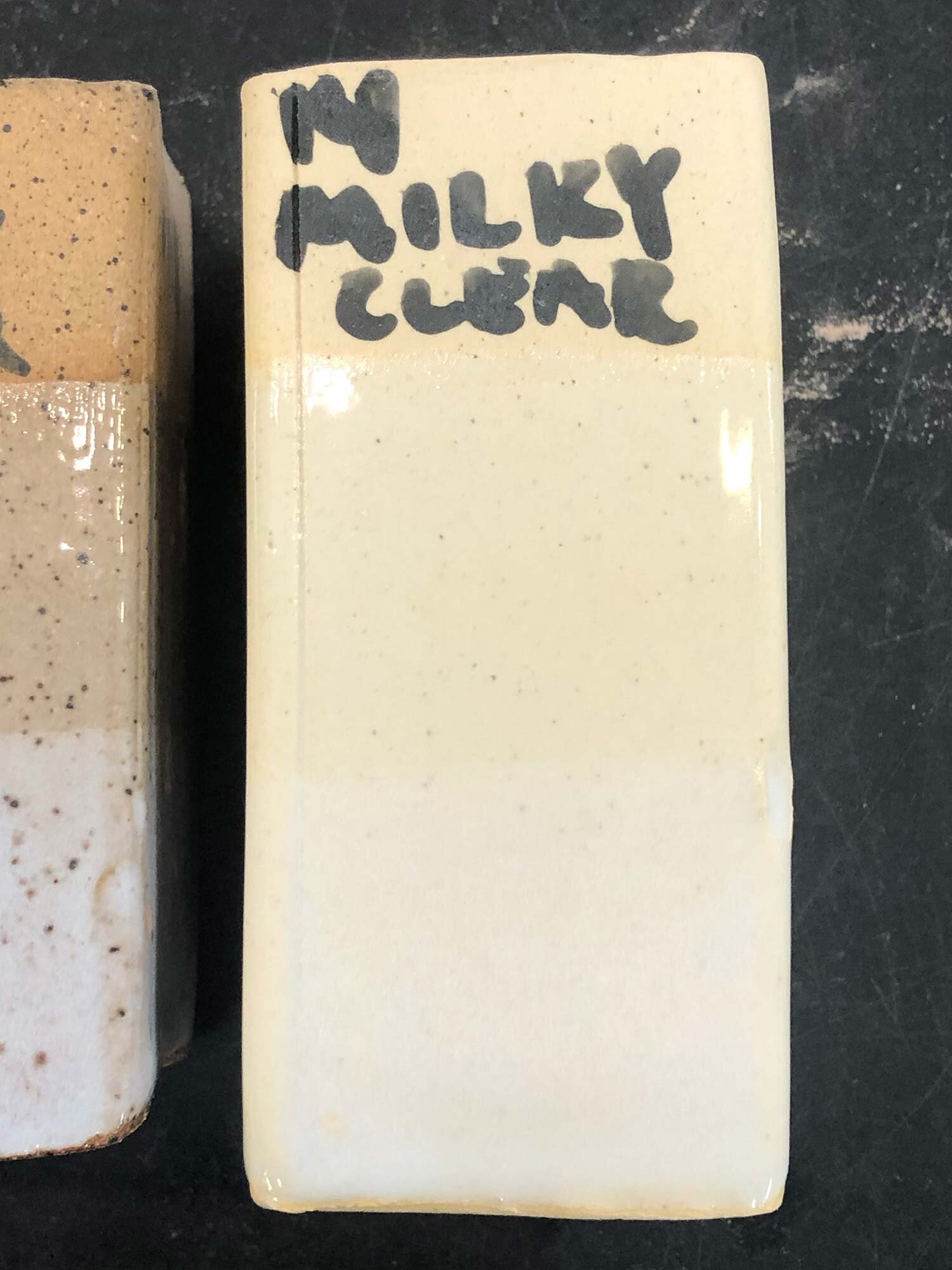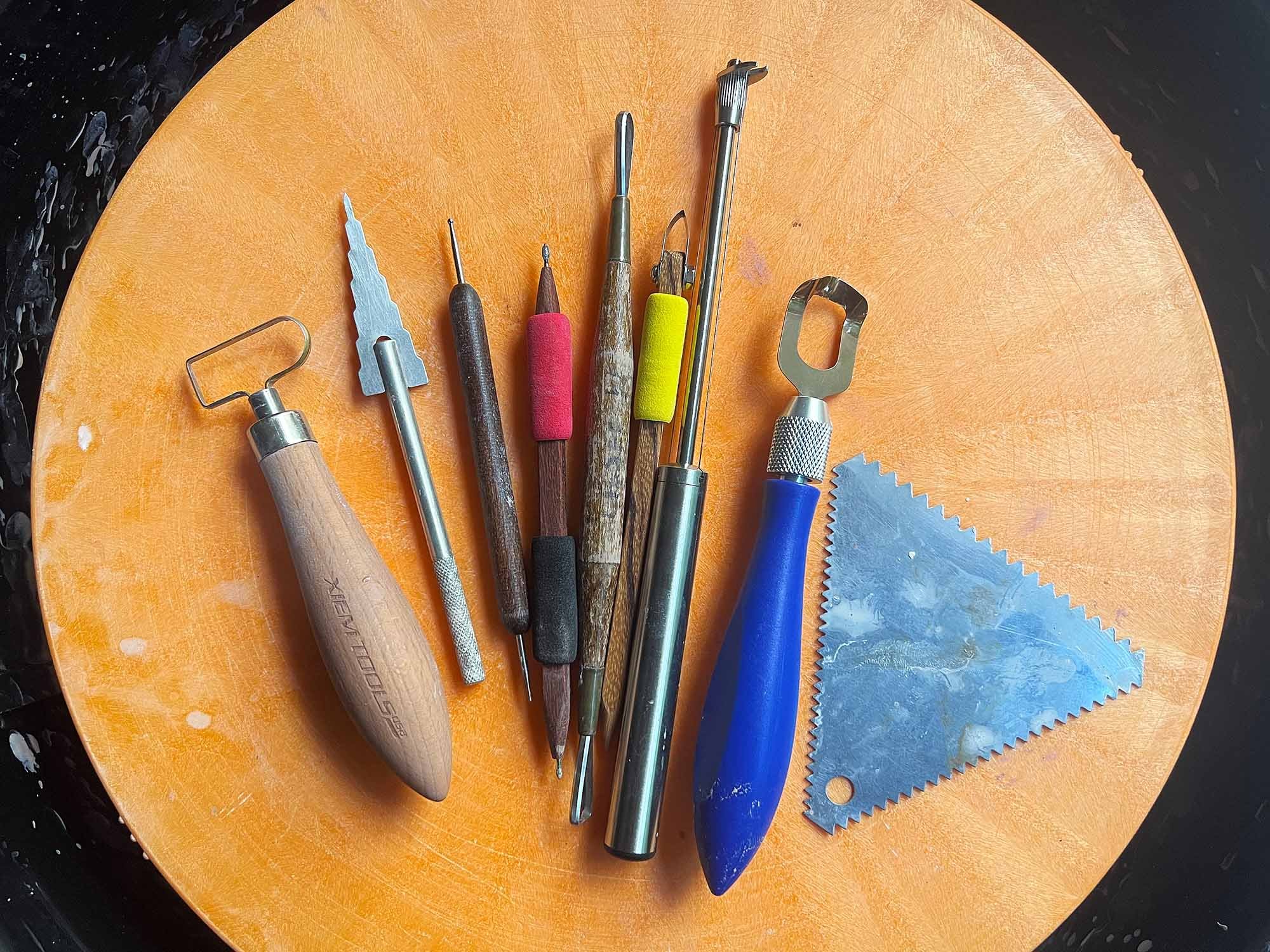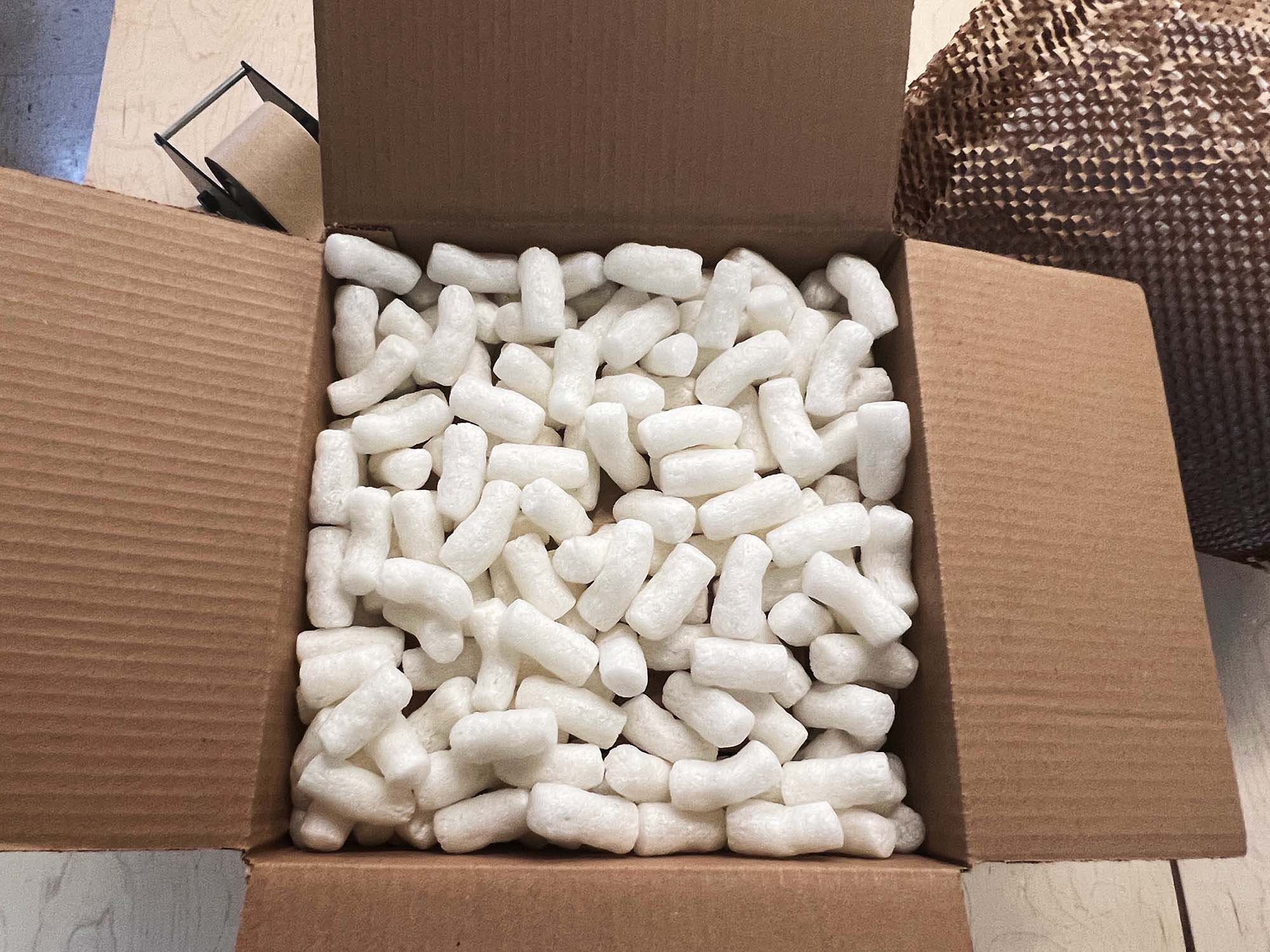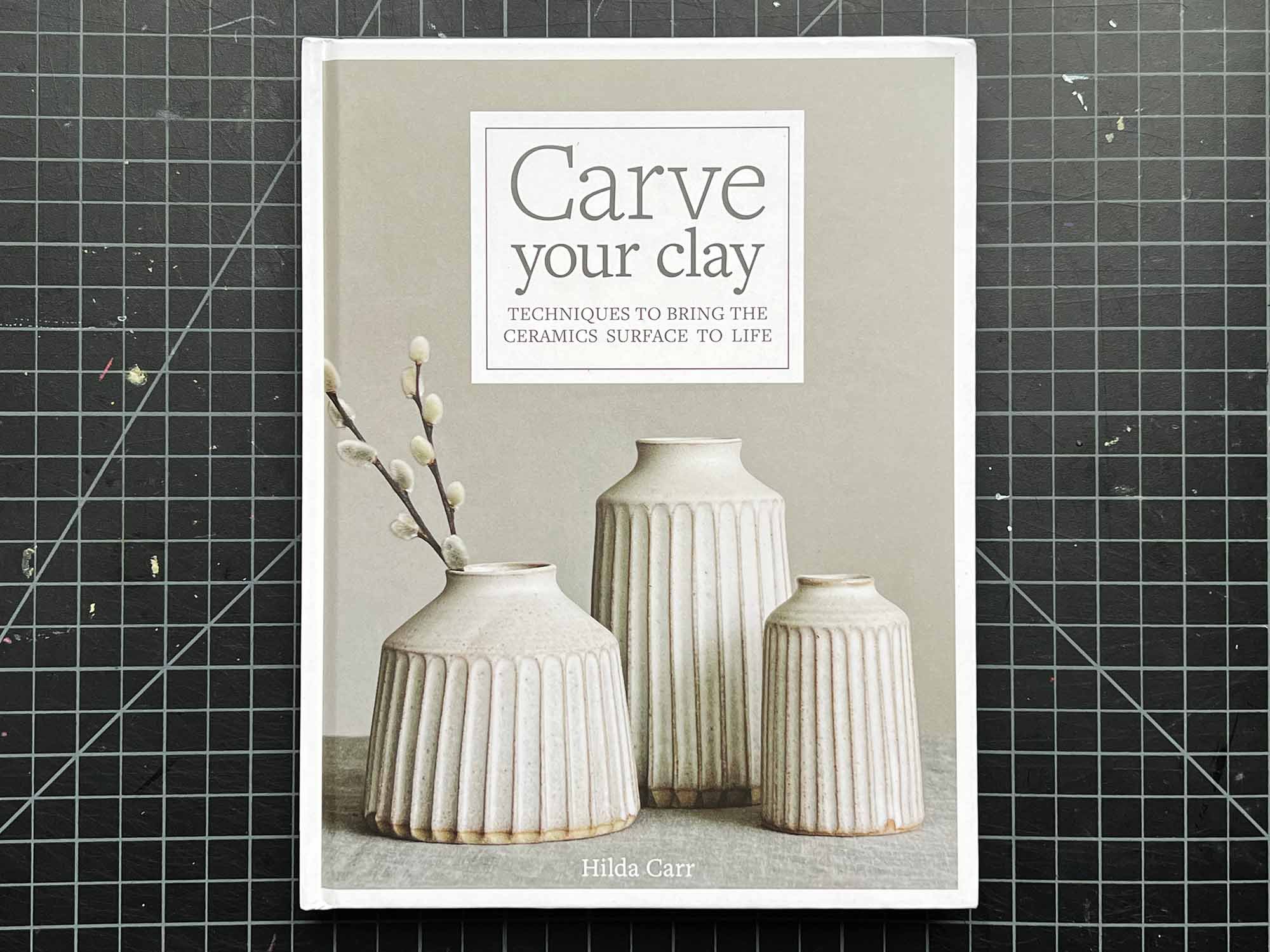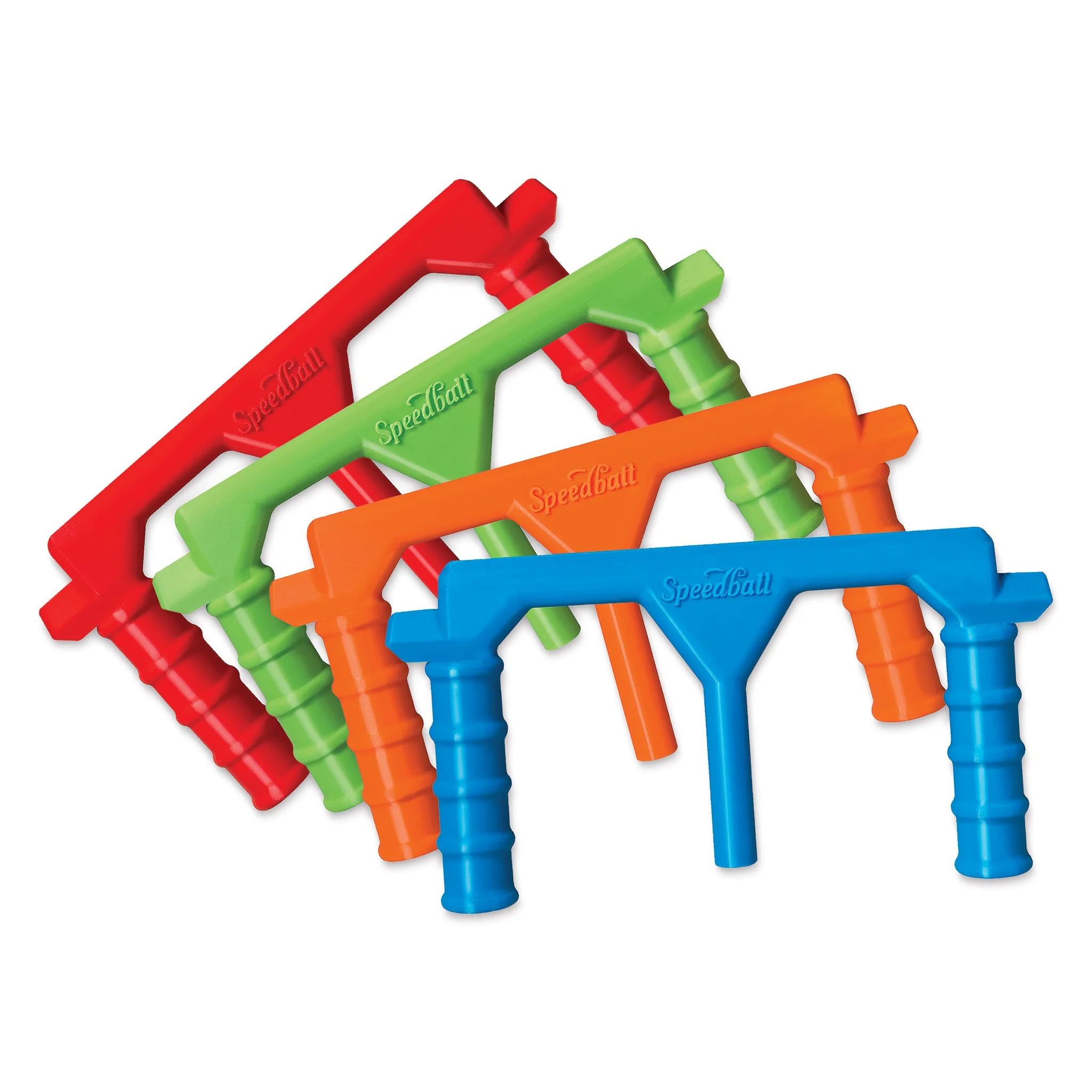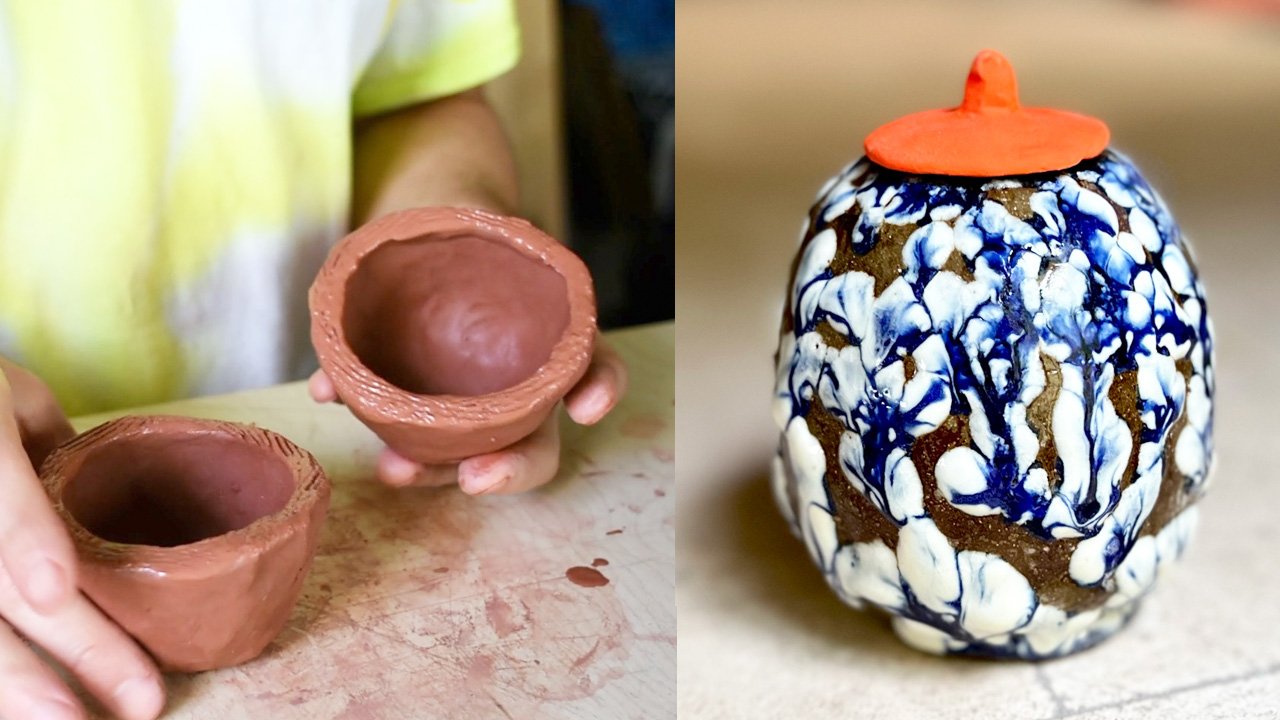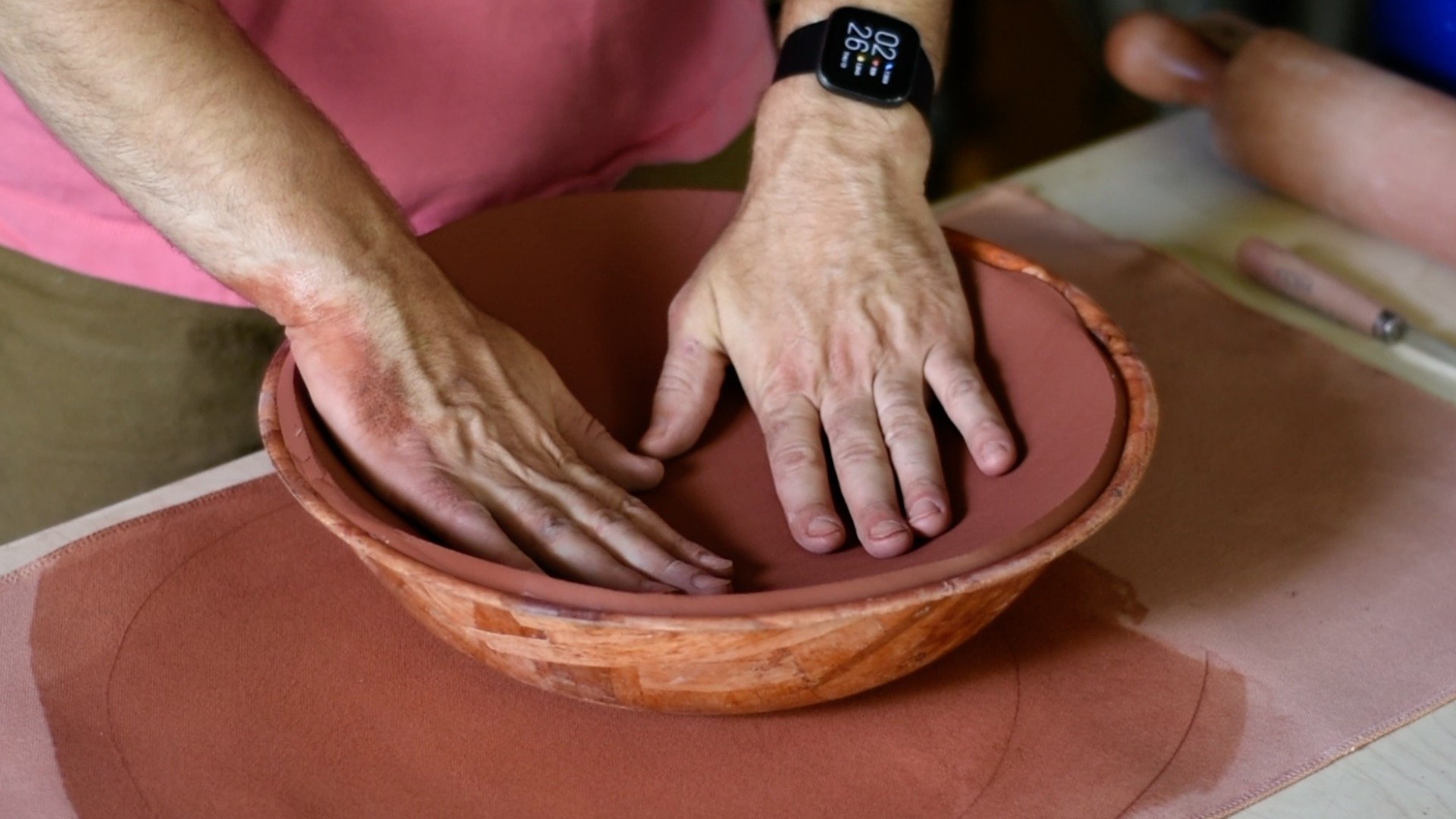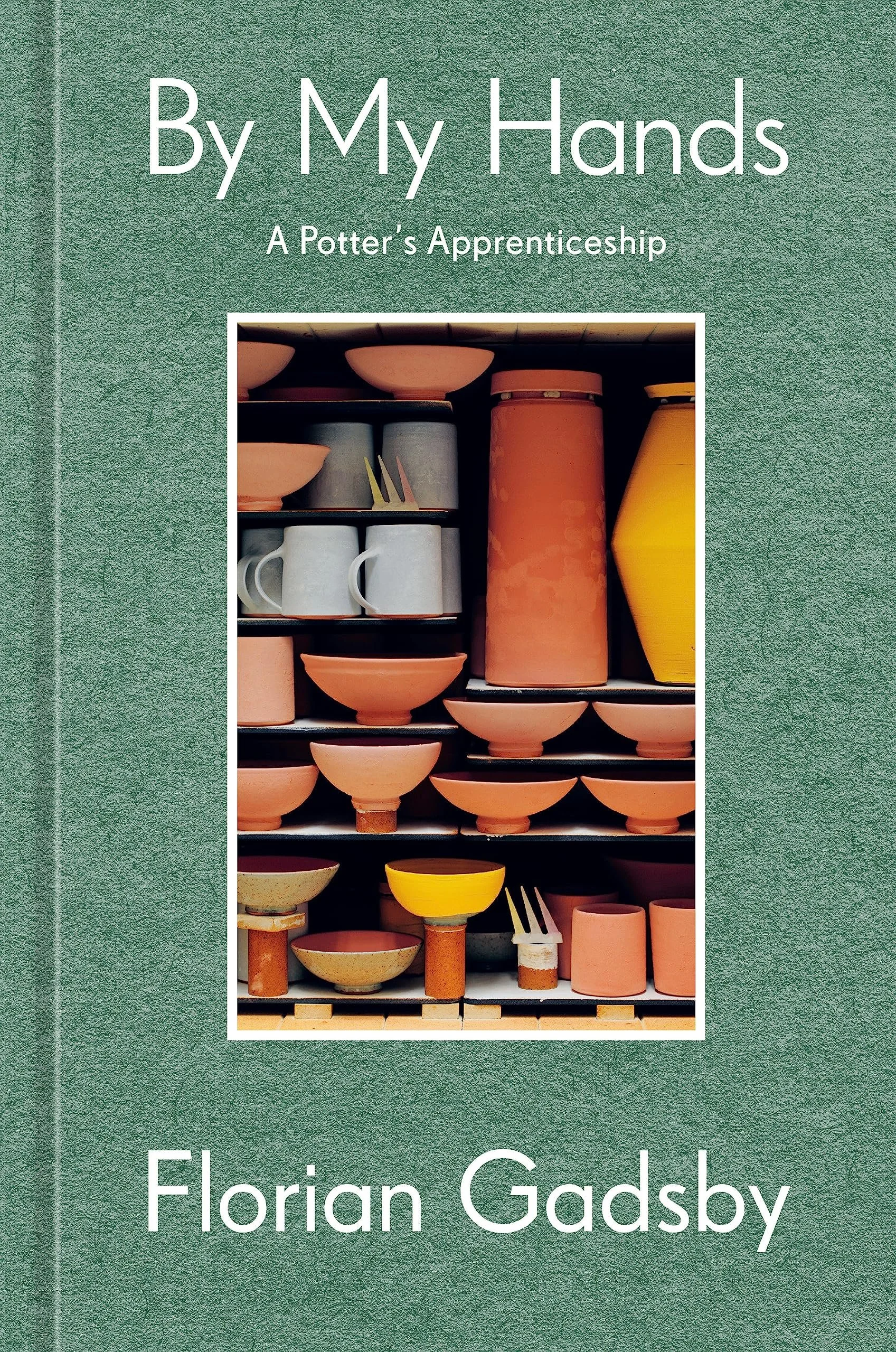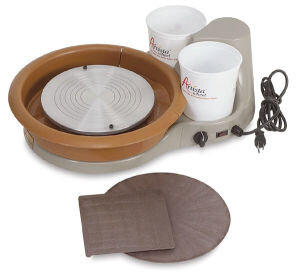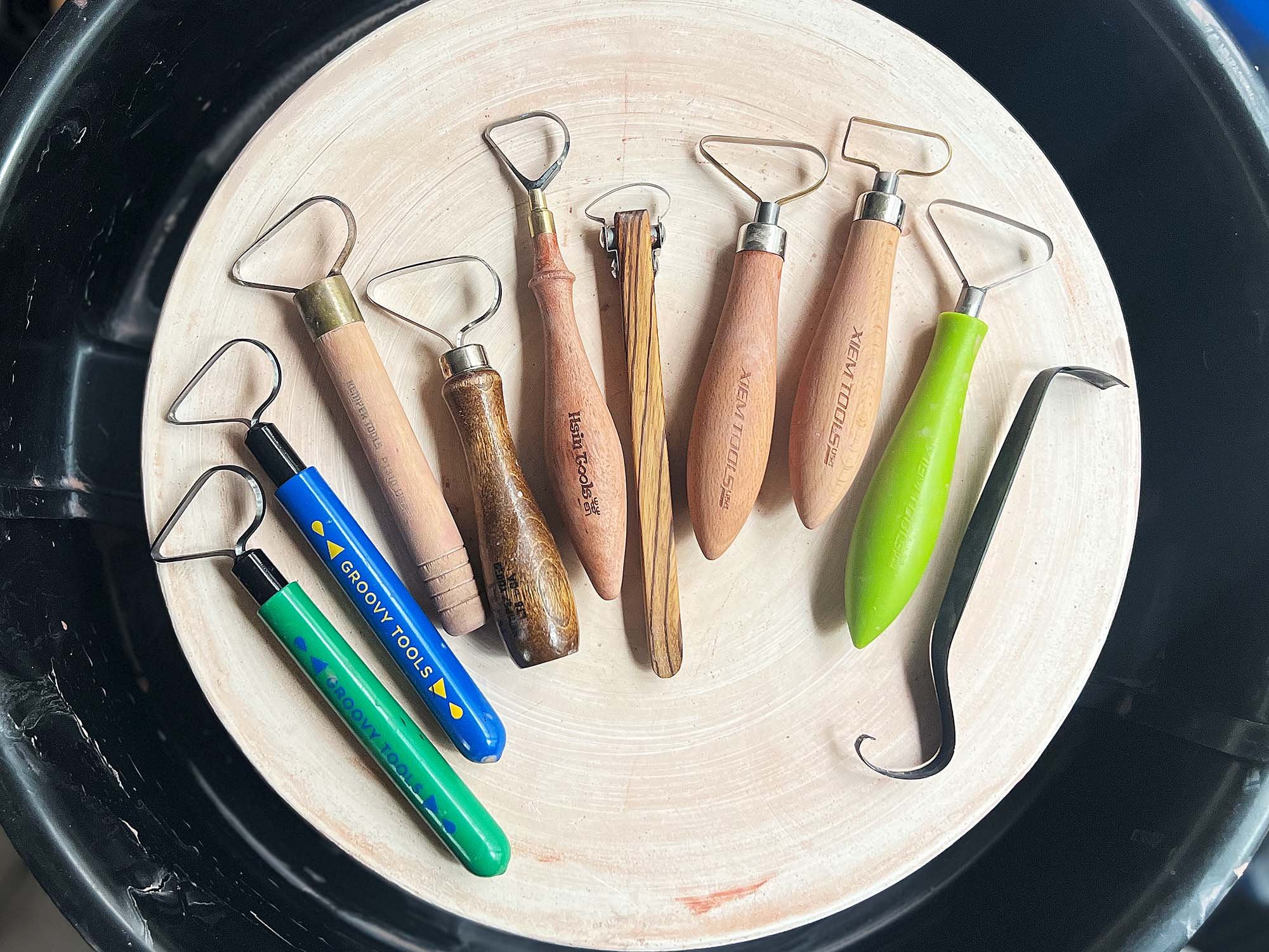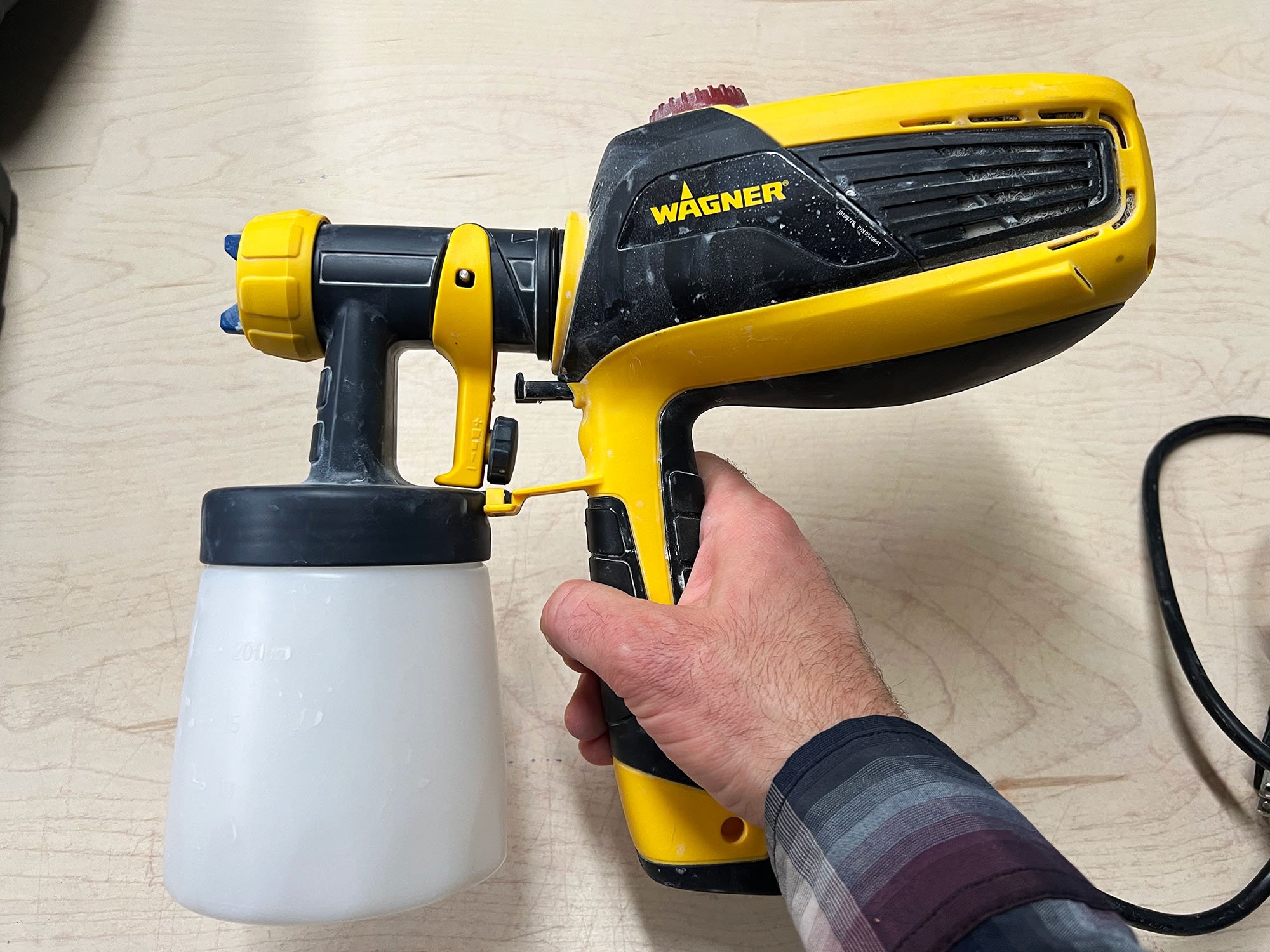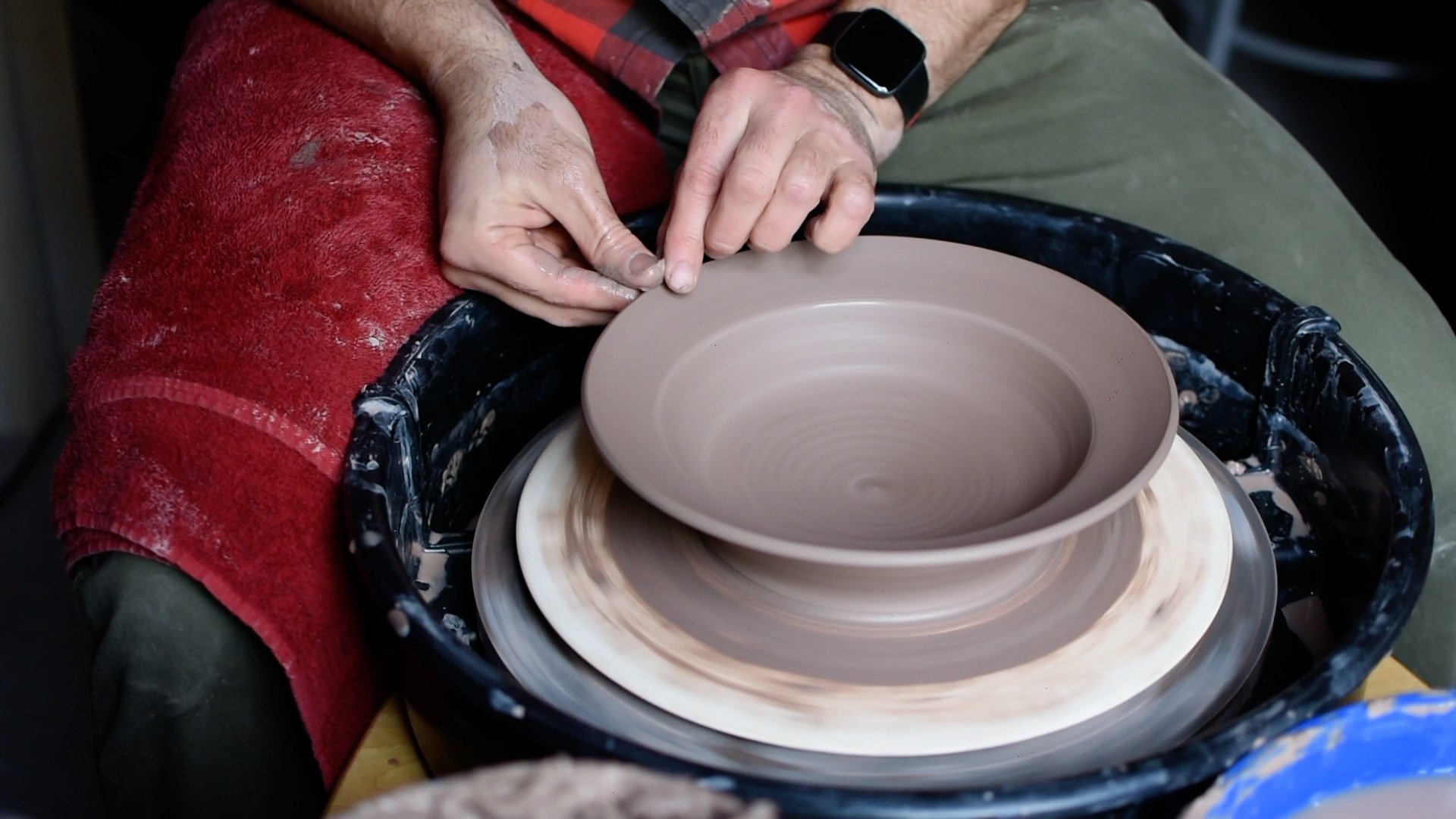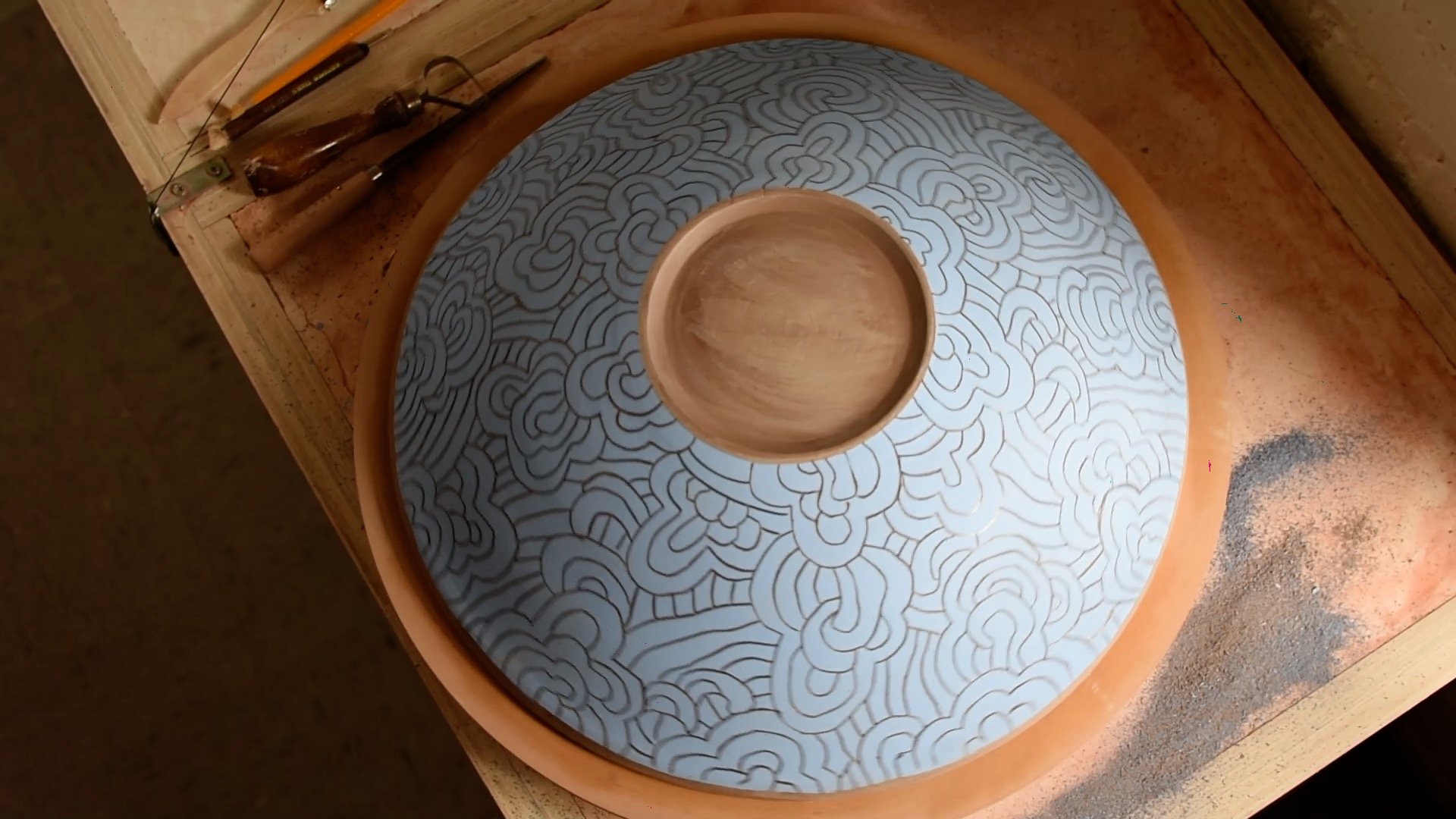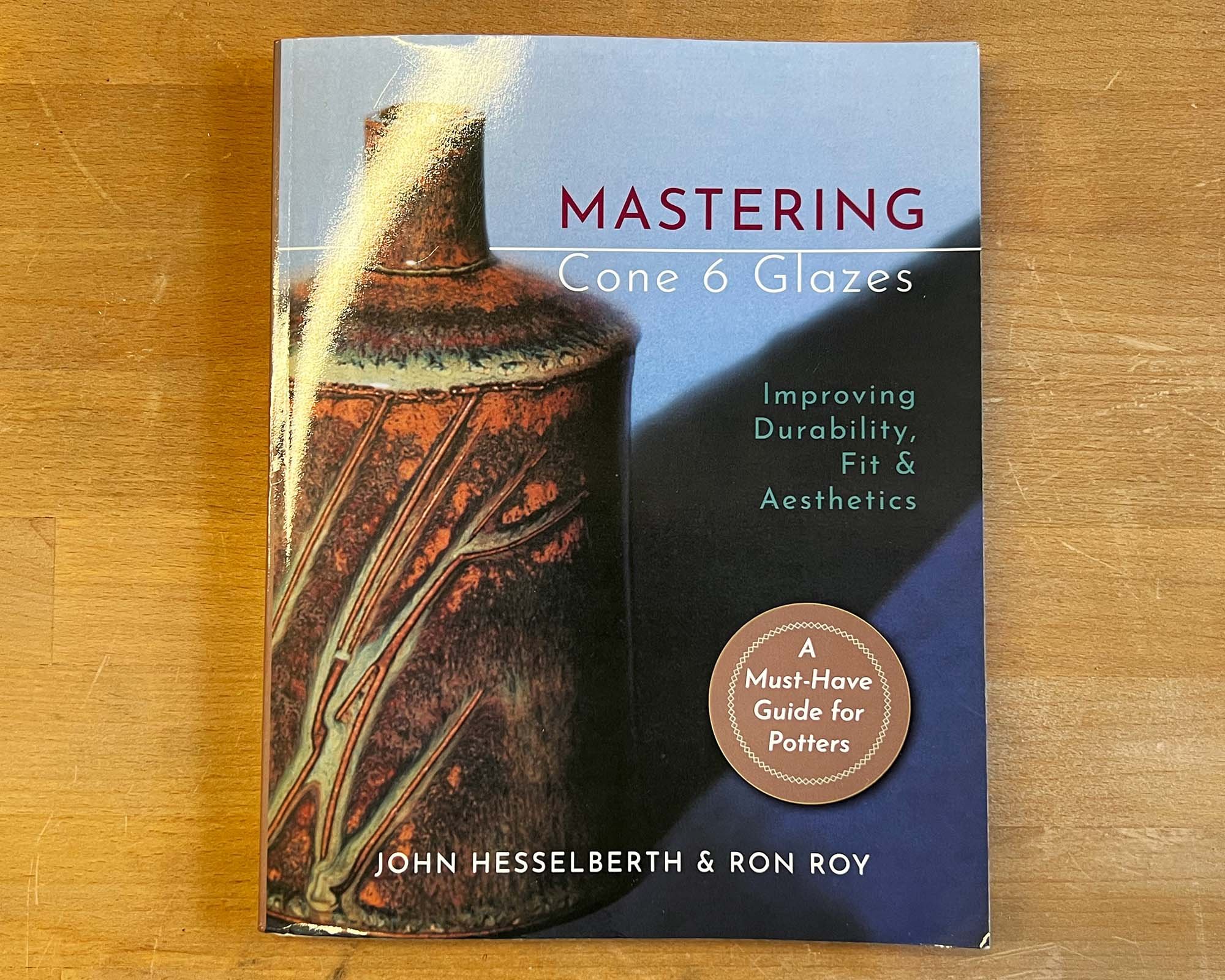Roger Herman Ceramics is a massive, beautifully illustrated monograph of the Los Angeles artist’s ceramic work from 1997–2018. The book includes a short introductory essay by Matt Connors and page after page of ceramics, including exhibition installation shots.
Herman works intuitively with clay, but generally starts with wheel thrown forms that are stacked, cut, altered, and decorated. Often featuring bright underglaze colors contrasting with dark, glossy glazes, the pots range from small, handheld cup- or bowl-like pieces to massive vases, urn-like pots, and large platters. In exhibitions, these are displayed in groupings in bookcases, open shelving, on the wall, or on pedestals, often drawing power from the groupings and loose repetitions of forms or markmaking.
Herman also employs many drawing and painting techniques, including inlay, scraffito, wax resist, oxide wash, and combinations of underglaze and glaze. Not bound by one style, some pots are abstract color fields while others are completely covered in figurative drawing. Often fired and refired, the pots exude a considered casualness that is also open, honest, and exuberant.
Originally a painter, this book shows that Herman’s 20-plus year investment in ceramics is not just a trifle; he is a contemporary master of the material who has pushed vessel-making and ceramics in new directions. The installation shots that include ceramics with his paintings show that there is a give and take in his practice that crosses mediums.
My only complaint with the book would be a complete lack of information on work titles, sizes, and dates. The book unfolds like a massive tumblr scroll and while full of very exciting pots, it’s hard to know when they were made or exhibited. But with that caveat, it’s a wonderful addition to anyone’s library and the lack of titles and words allow a real focus on the pots themselves.
Roger Herman Ceramics 1997-2018 was available exclusively through Arcana Books in Los Angeles for $95, 426 pages, signed, with an edition of 250. There are not always copies available used but try the links below.
See more of Roger Herman’s ceramics on his website
For a 2020 interview with Herman on Hyperallergic, click here.
A few images of the book
You might also enjoy:
Lucie Rie monography by Tony Birks
Ben Okri: A Time For New Dreams
For more posts on books, podcasts, and studio inspiration, click here.











